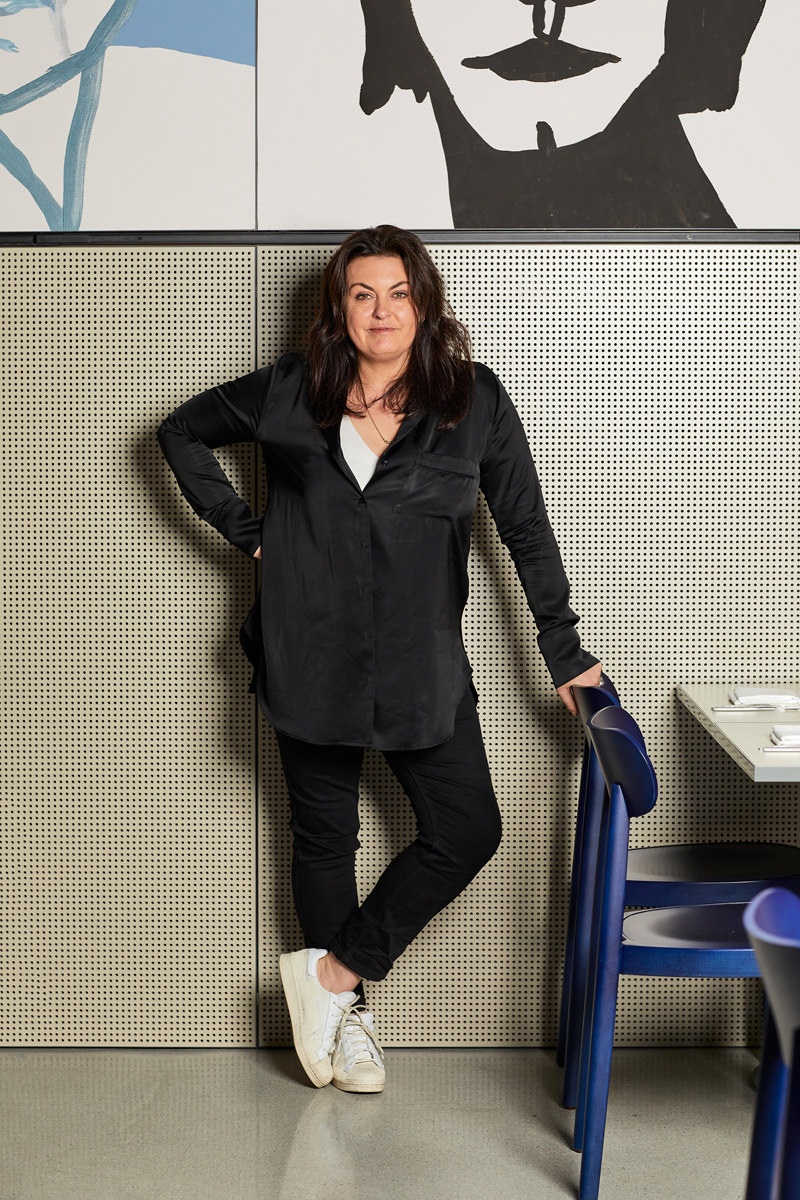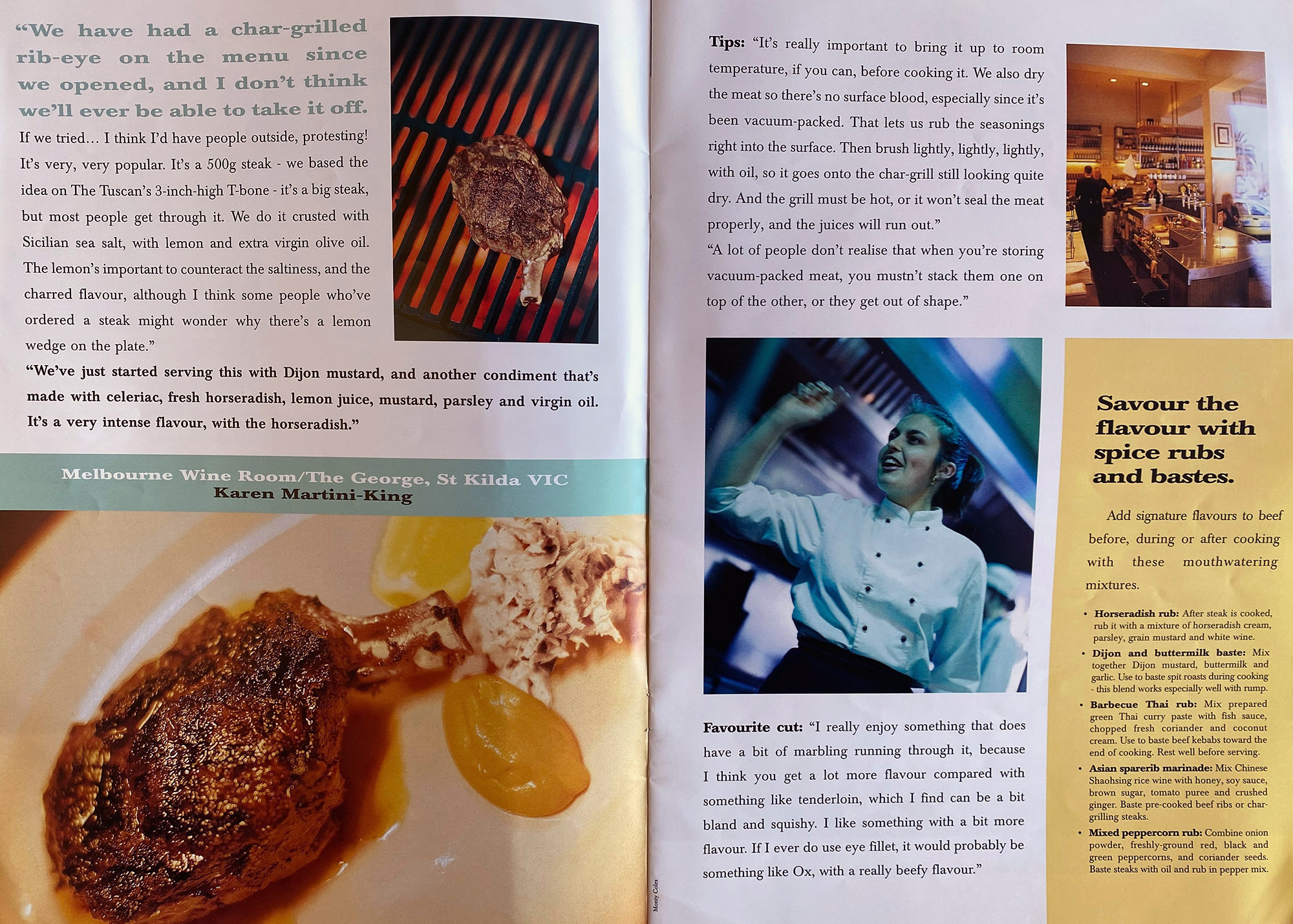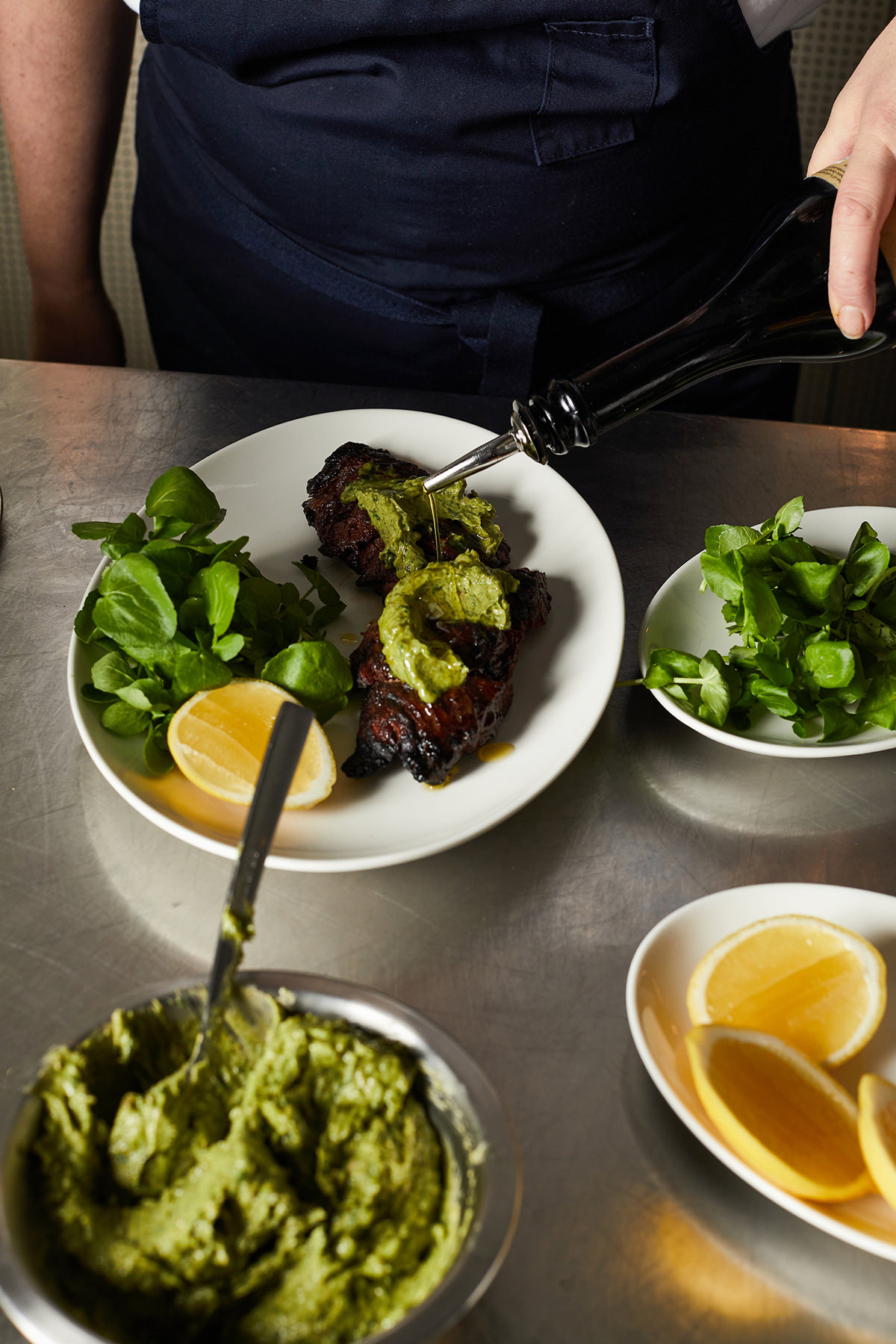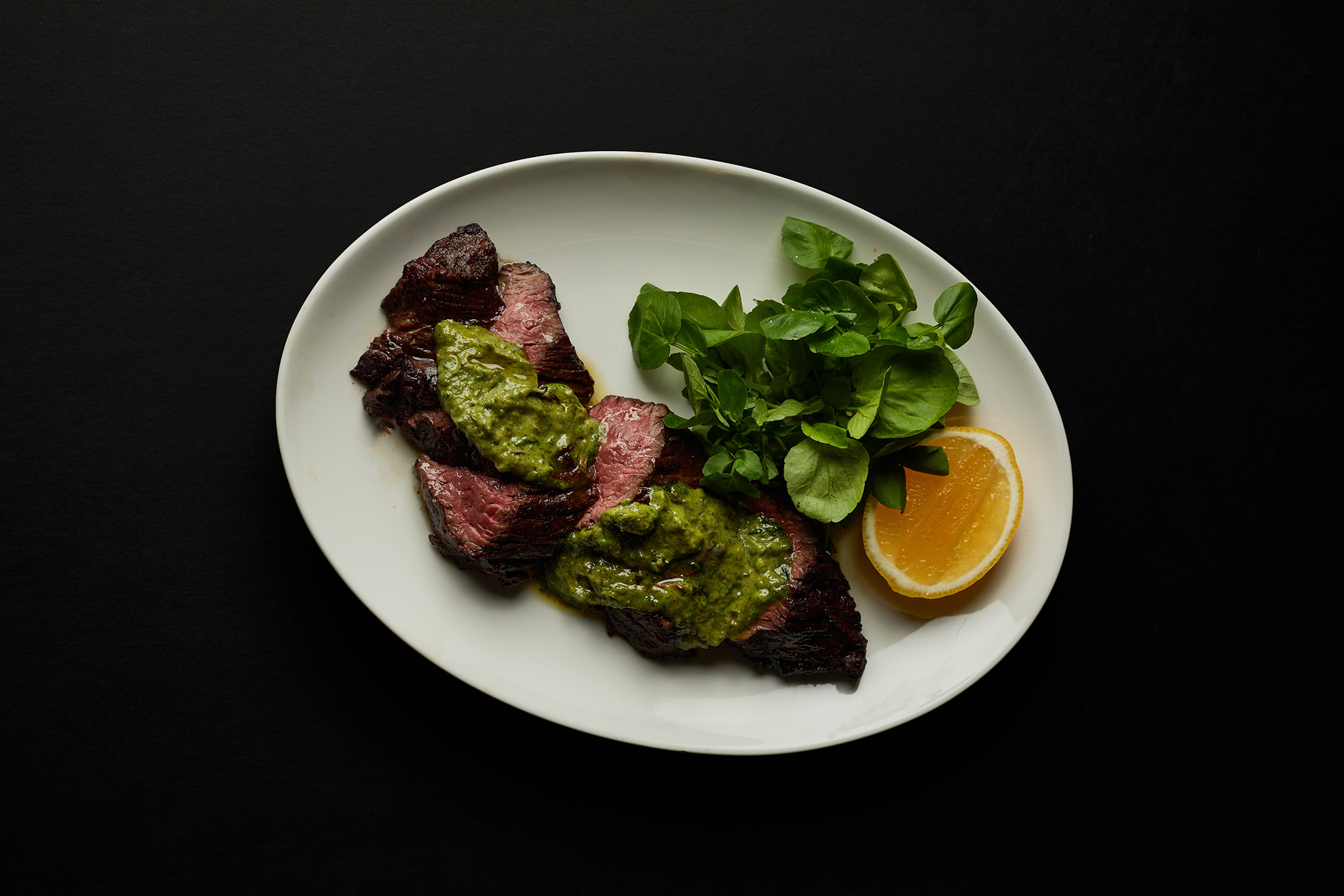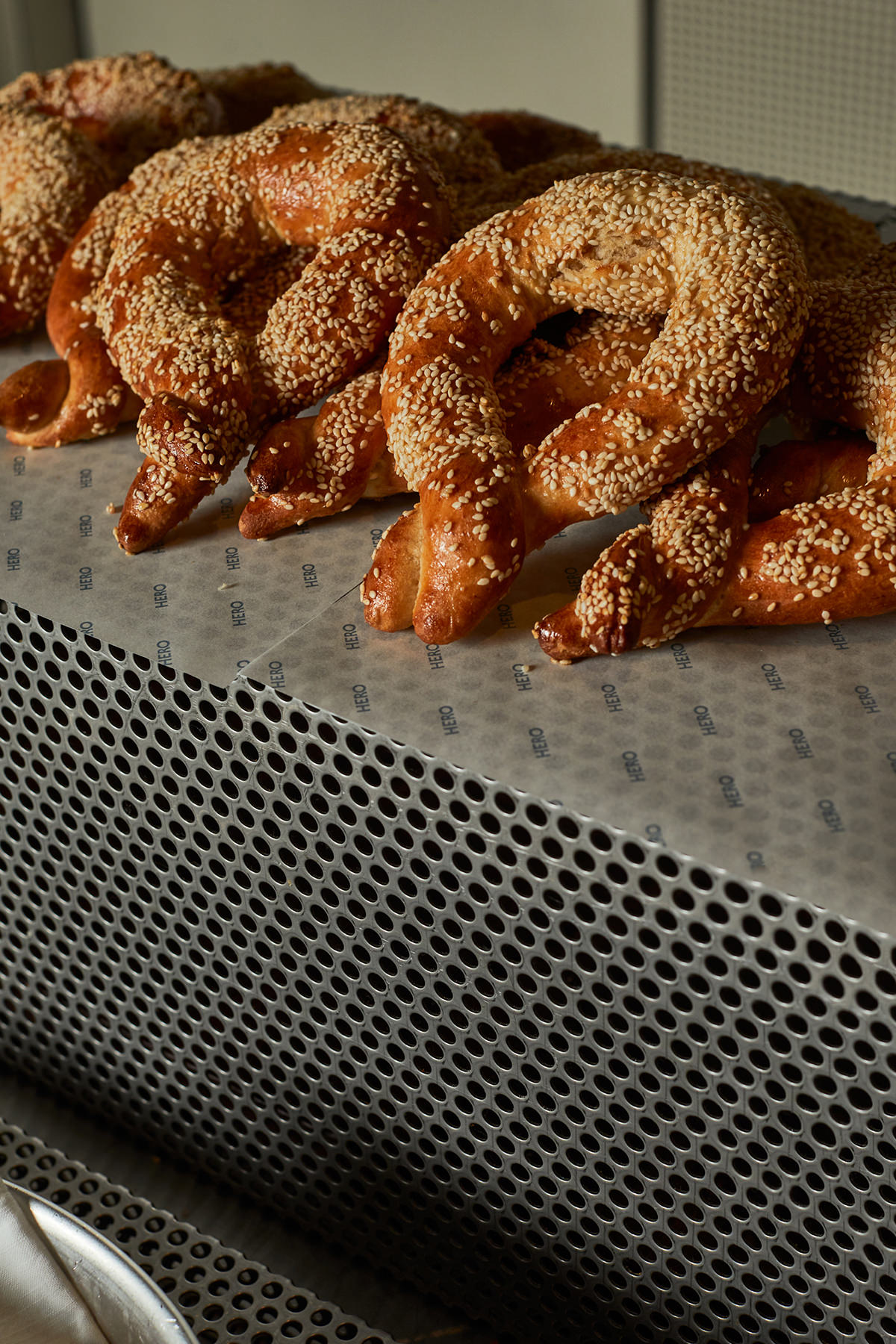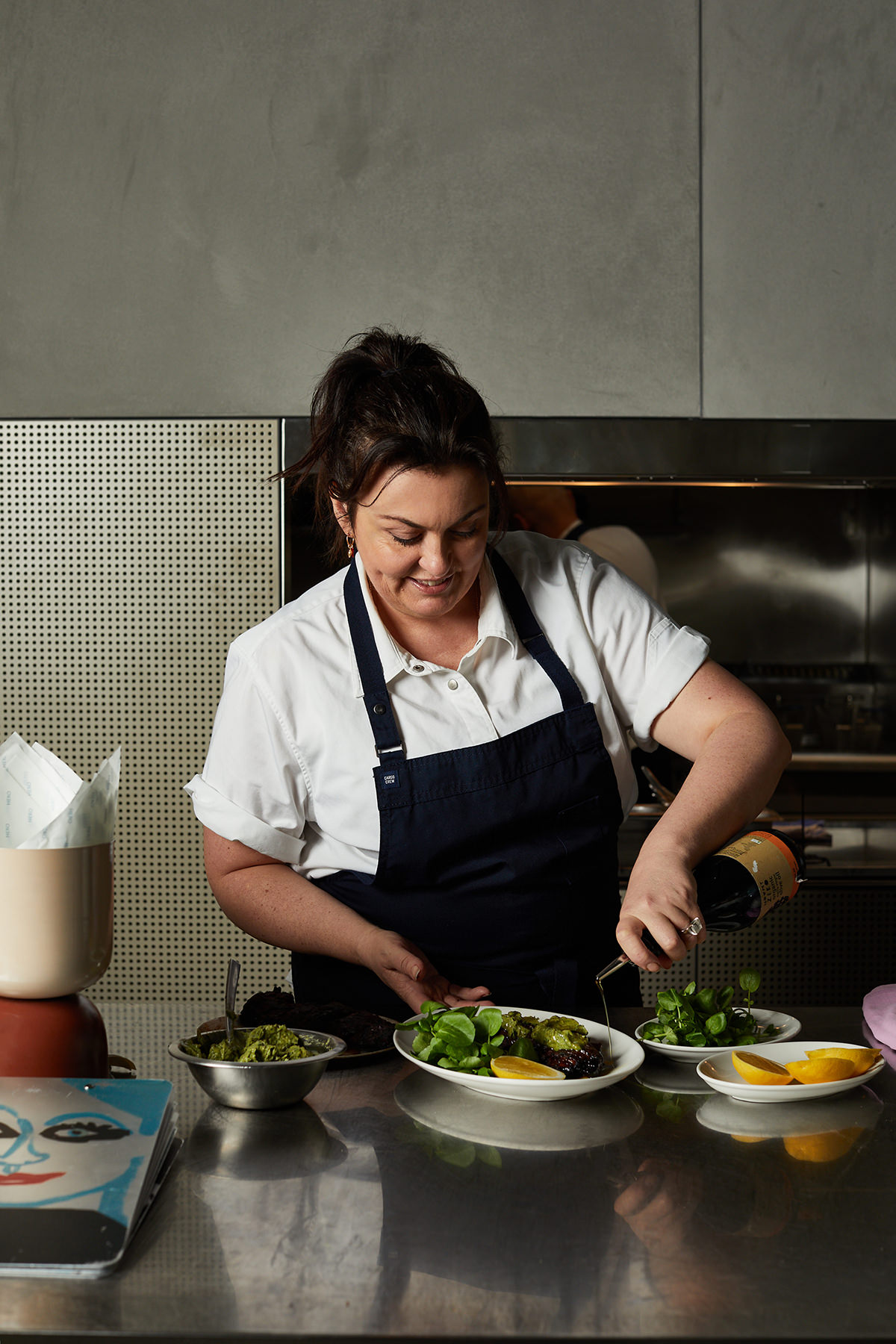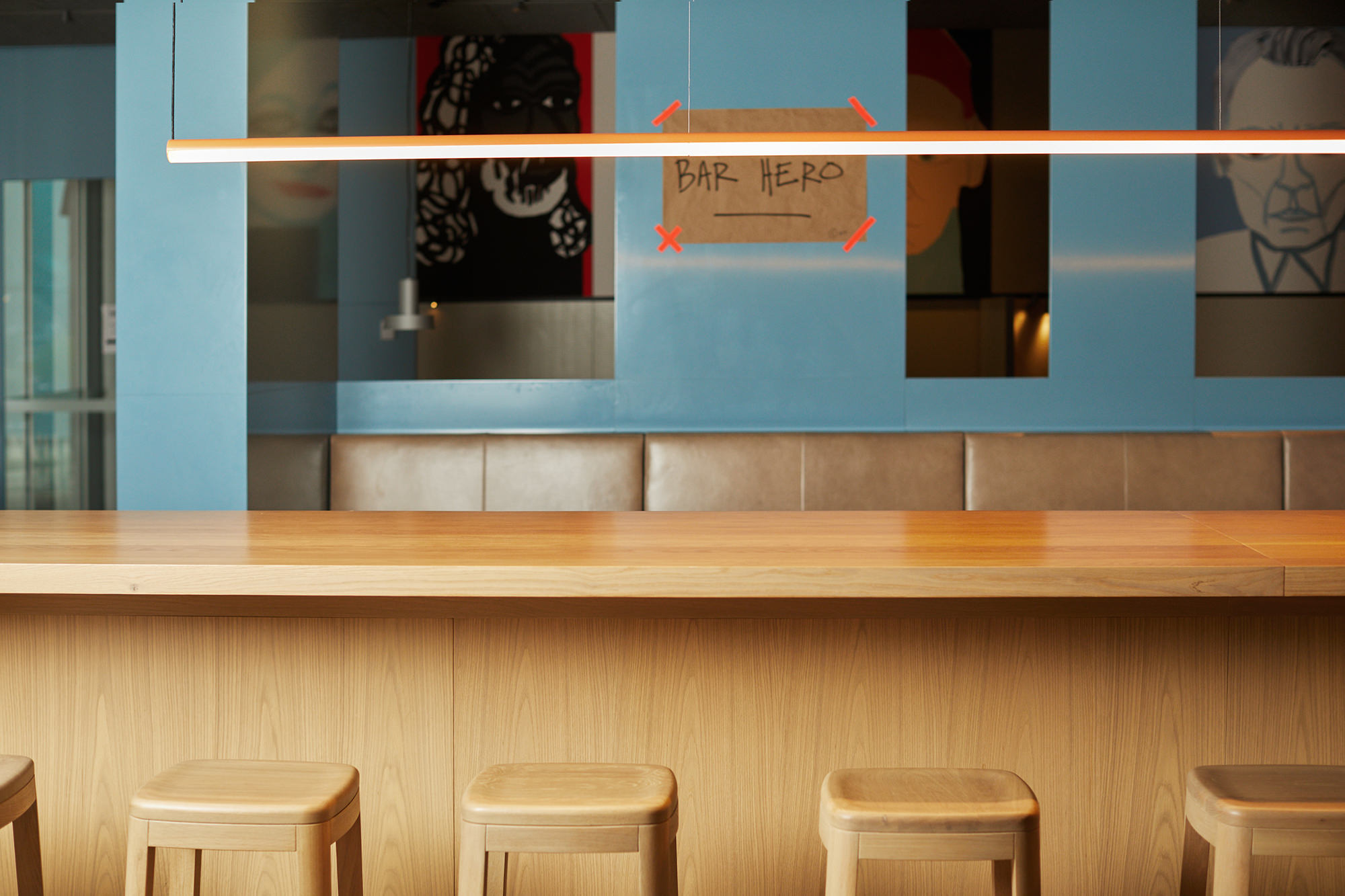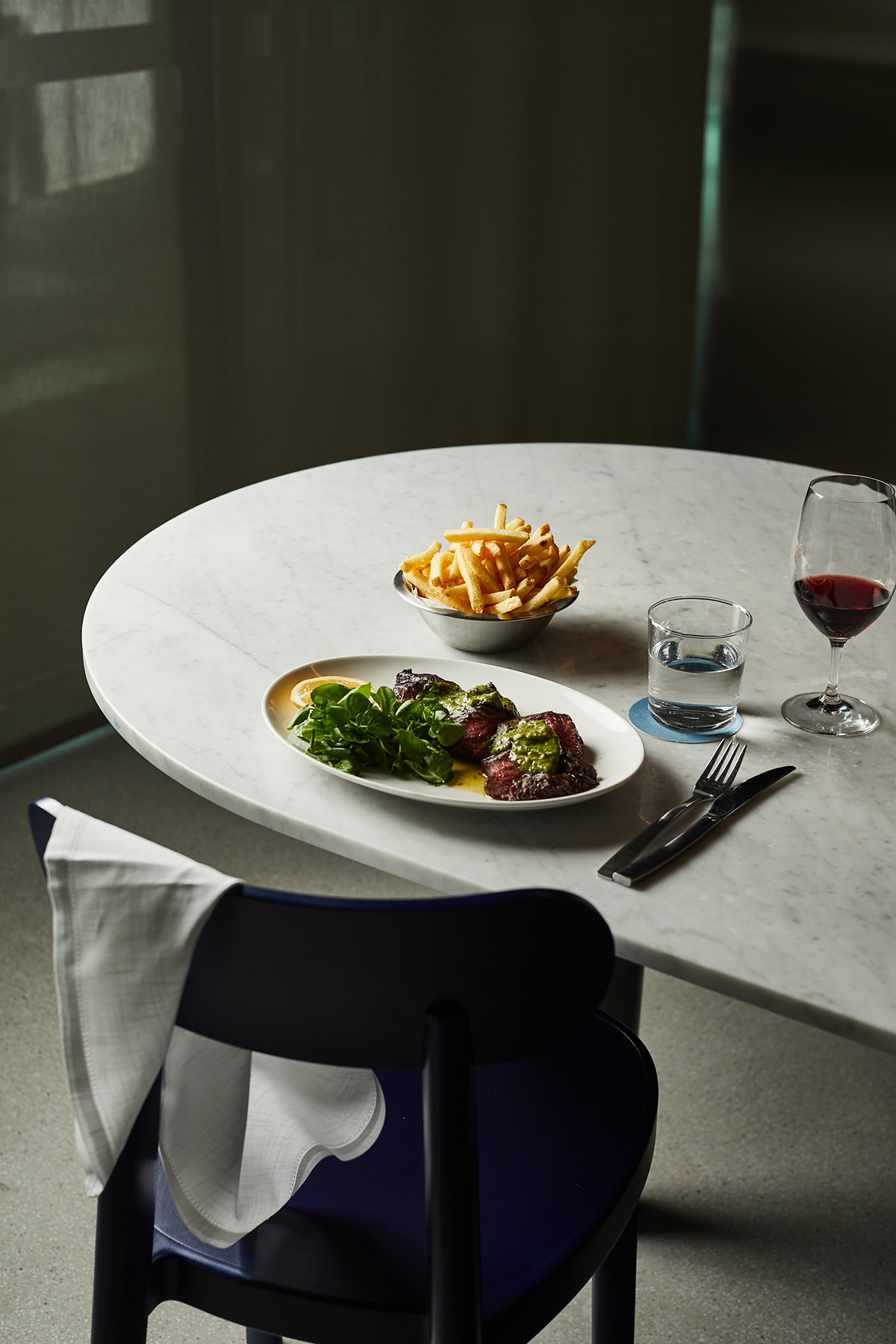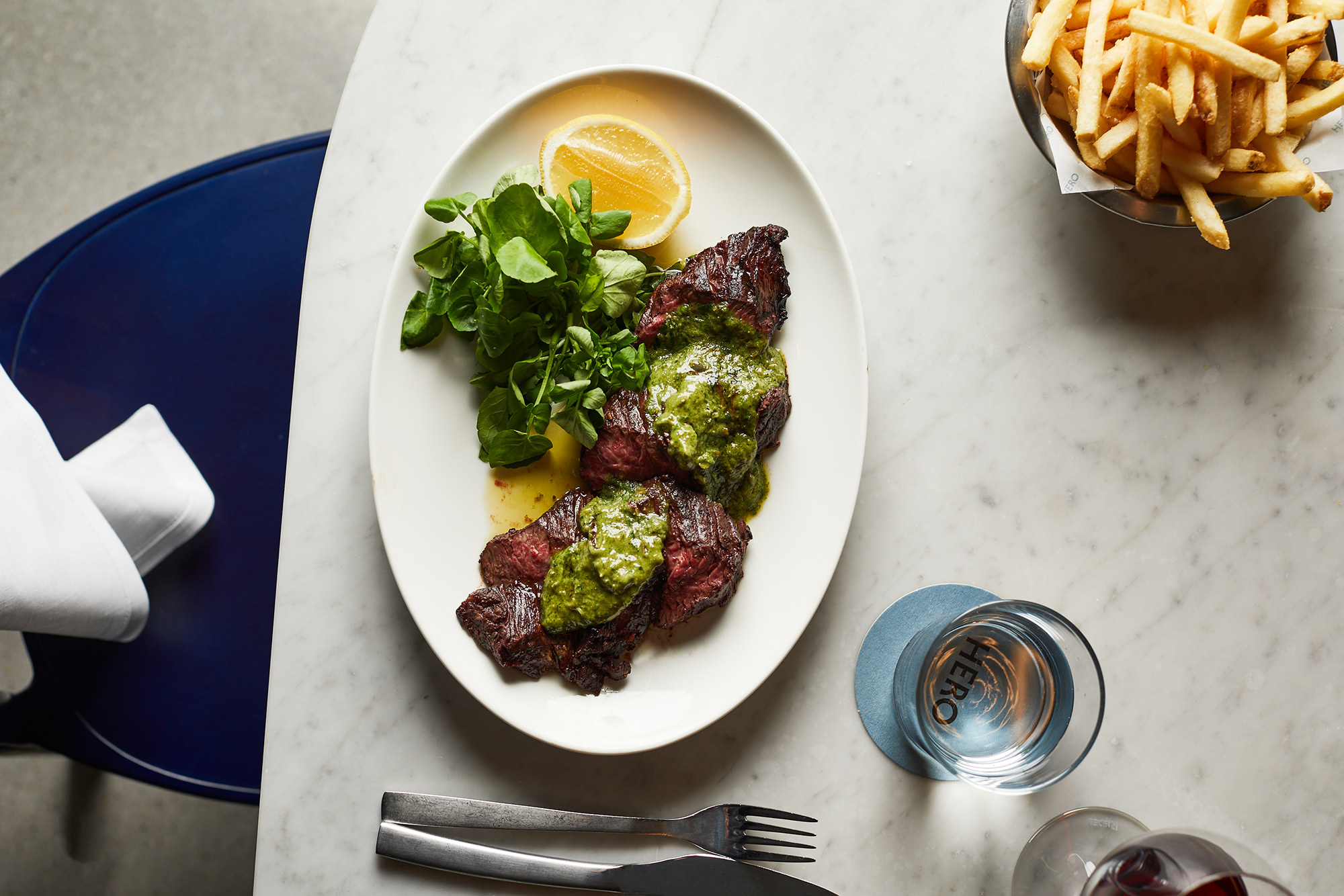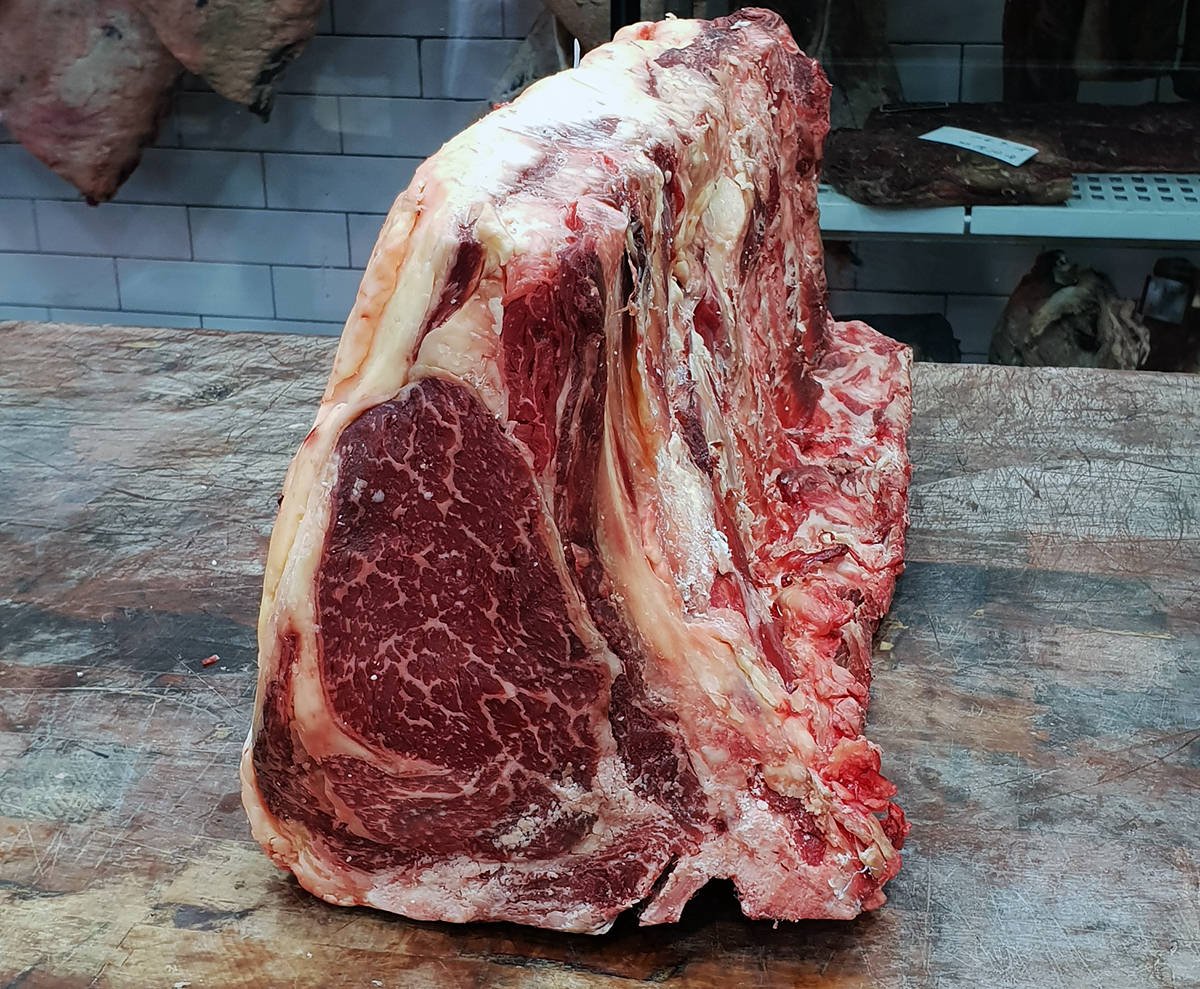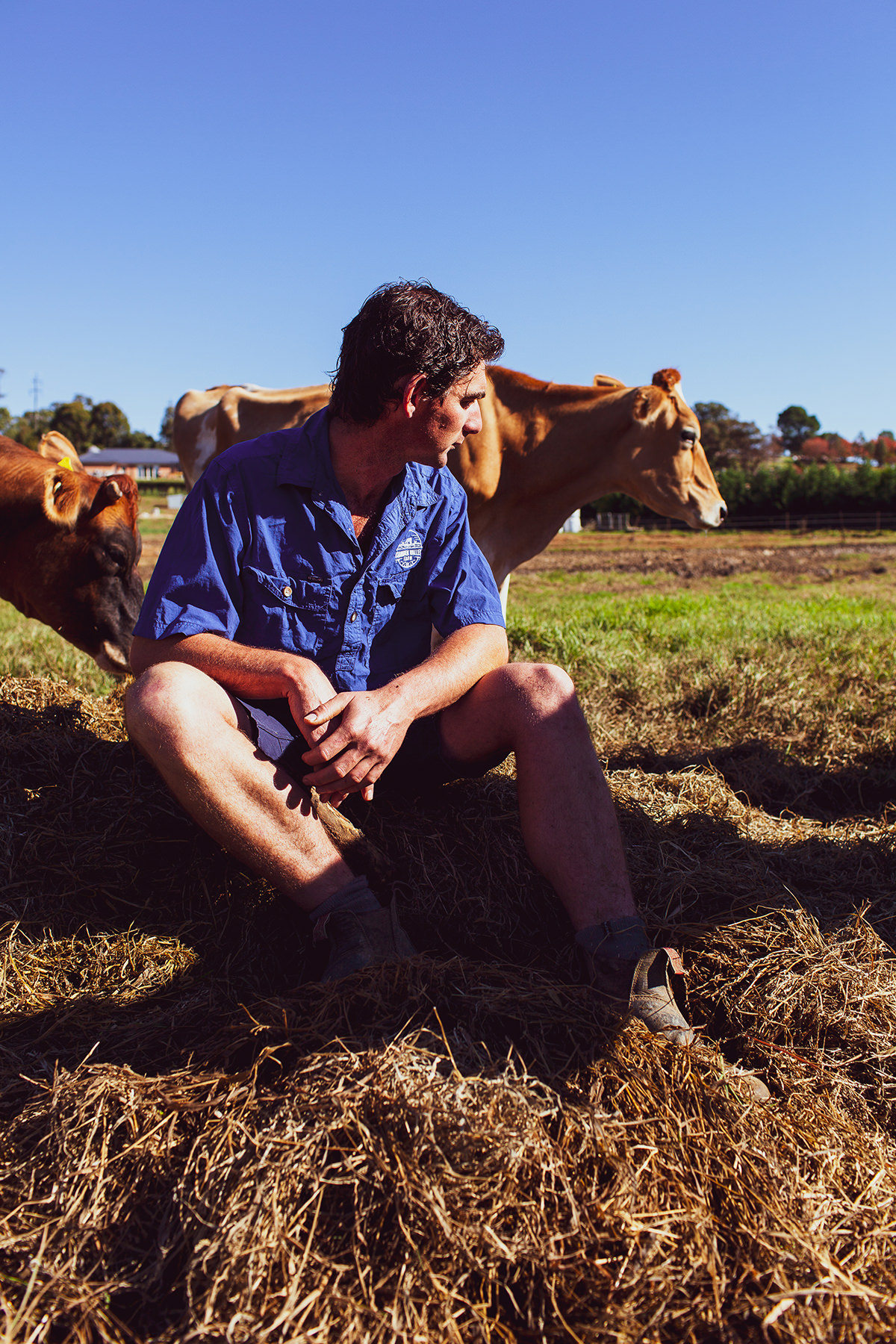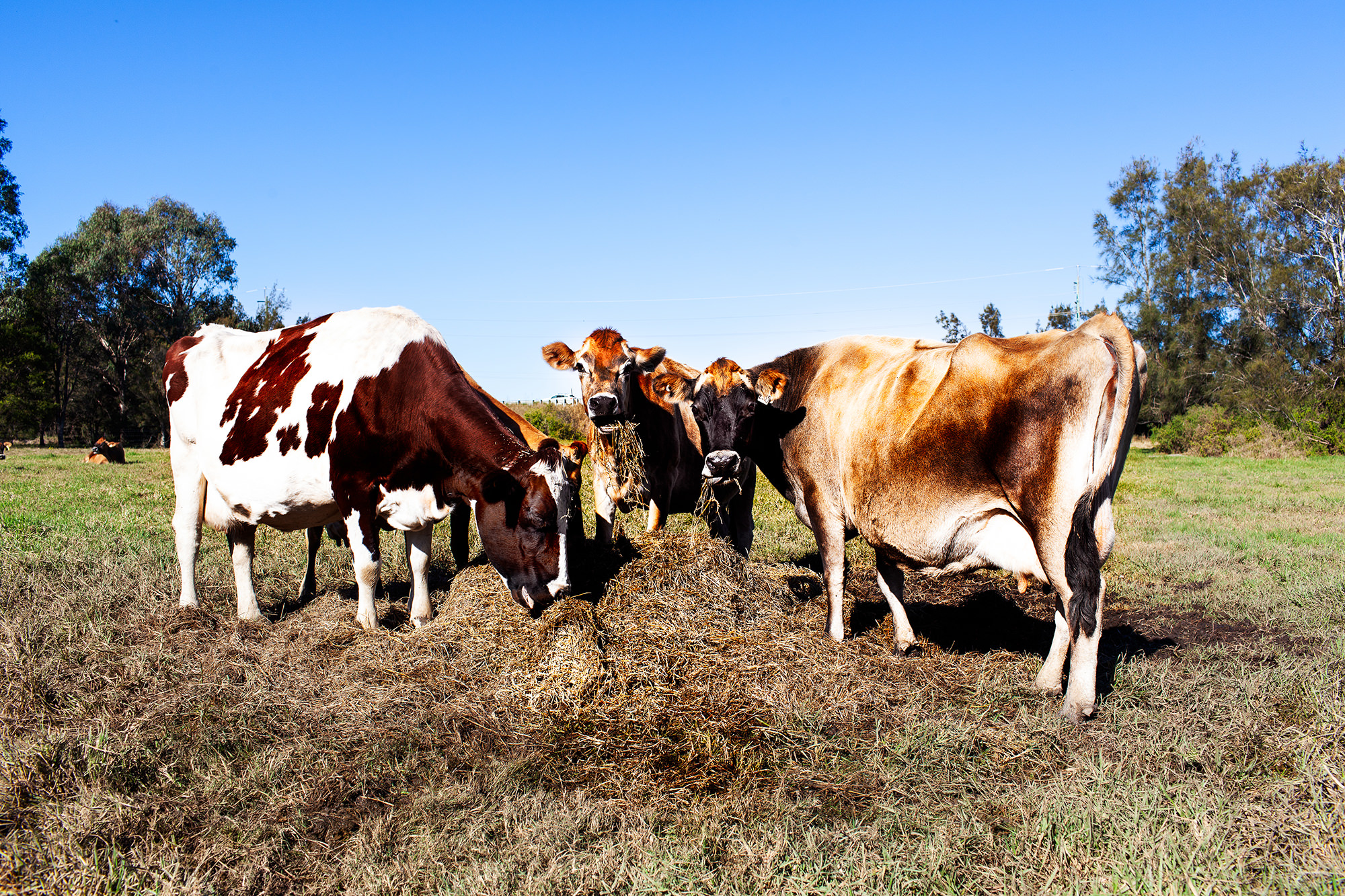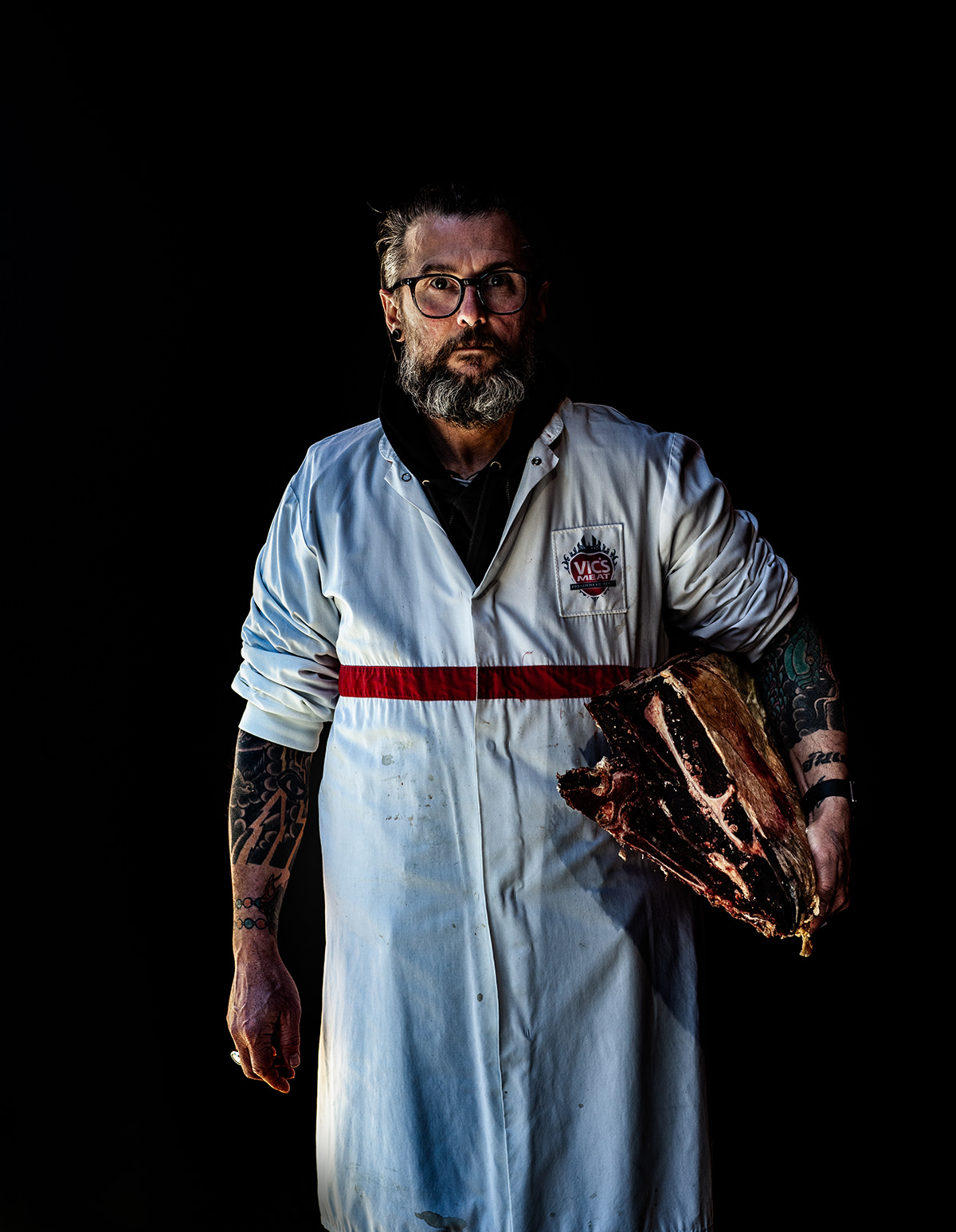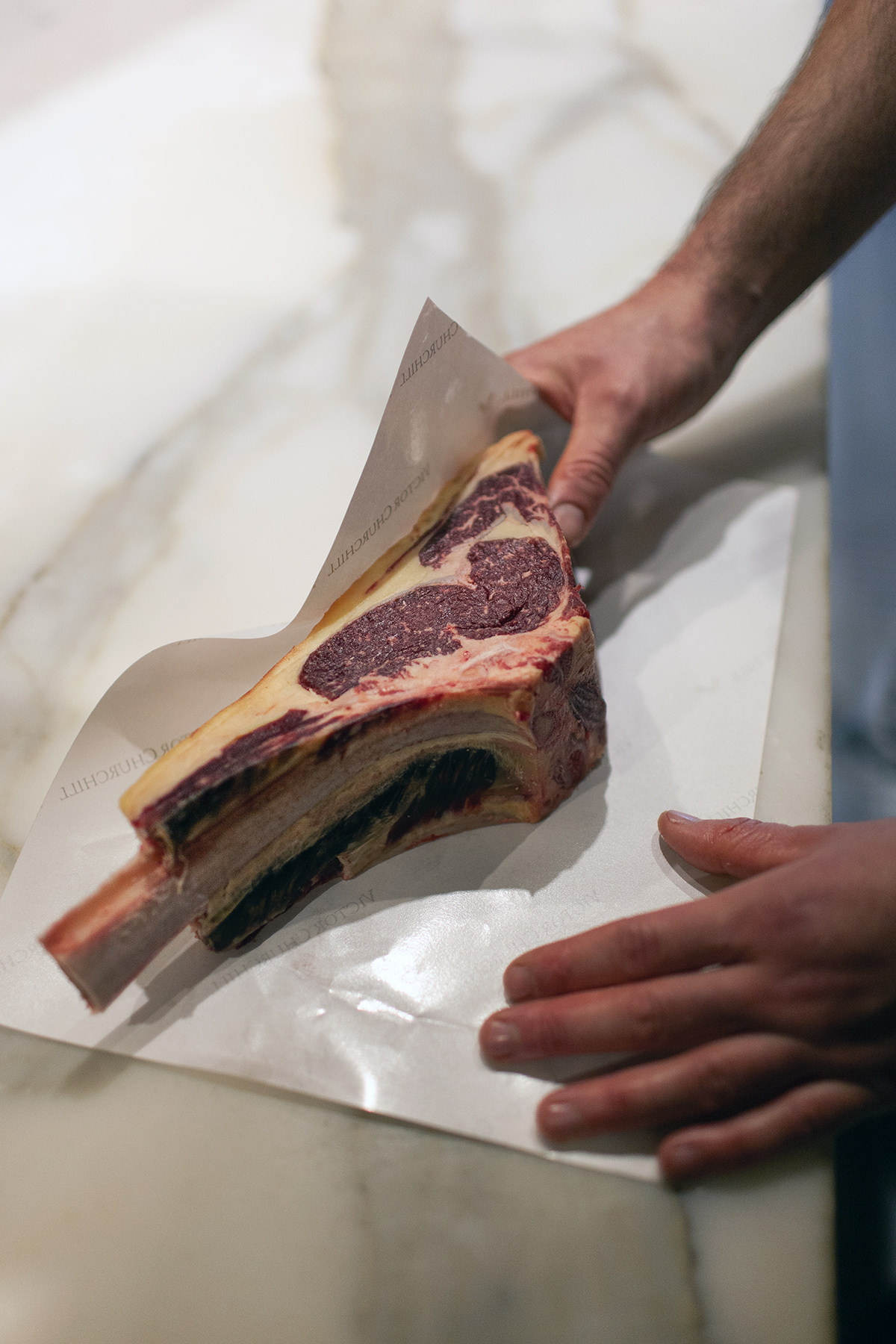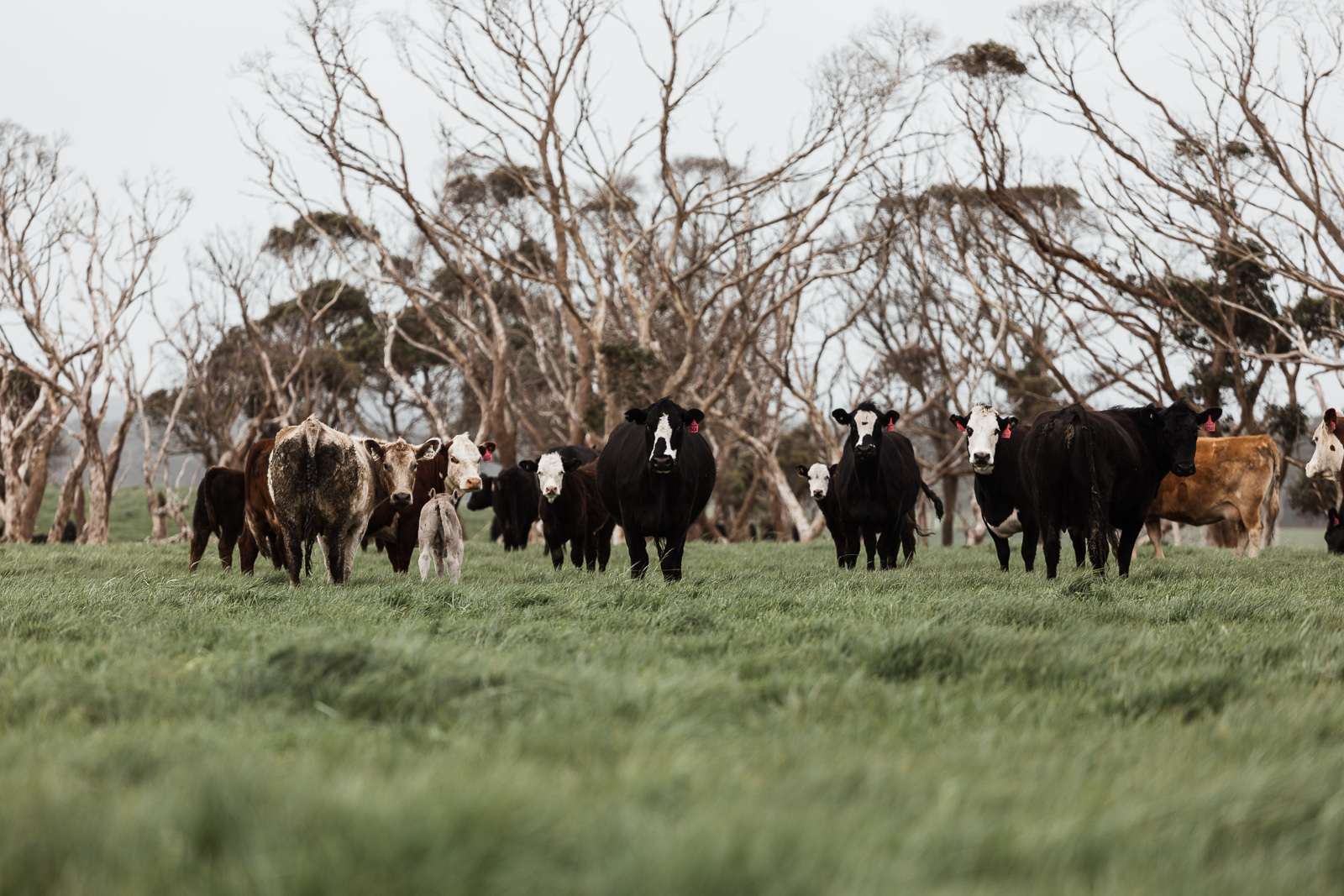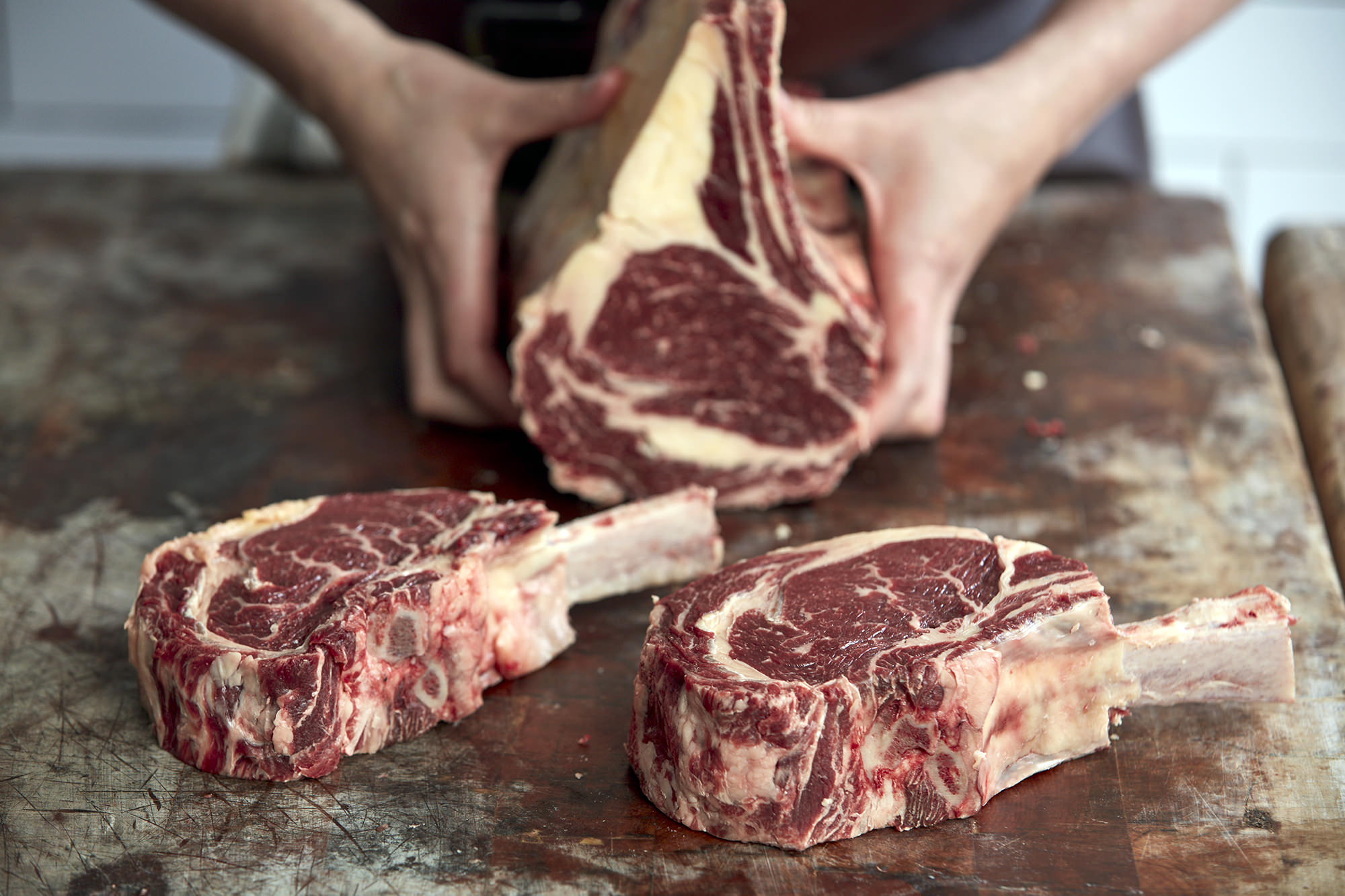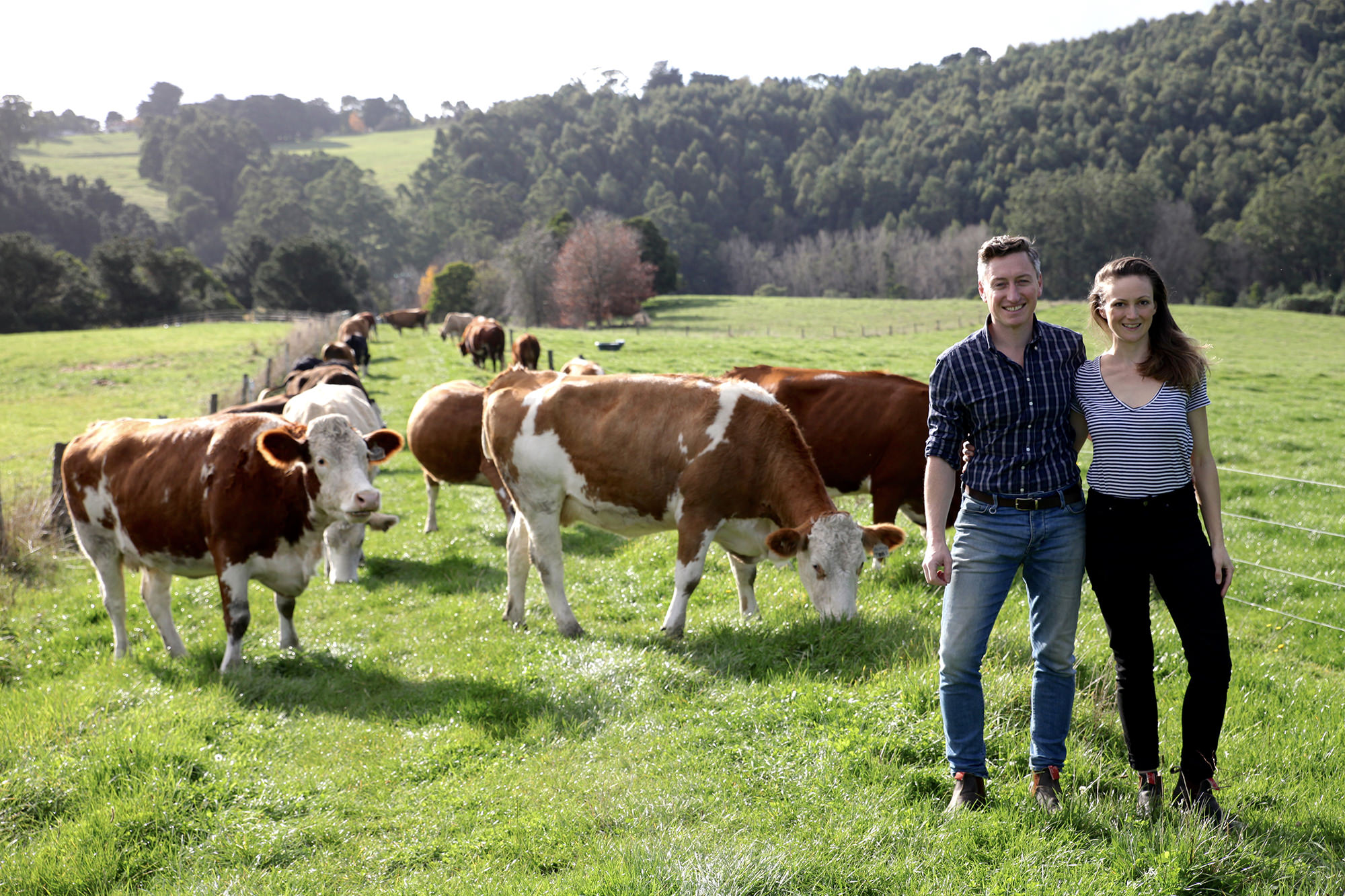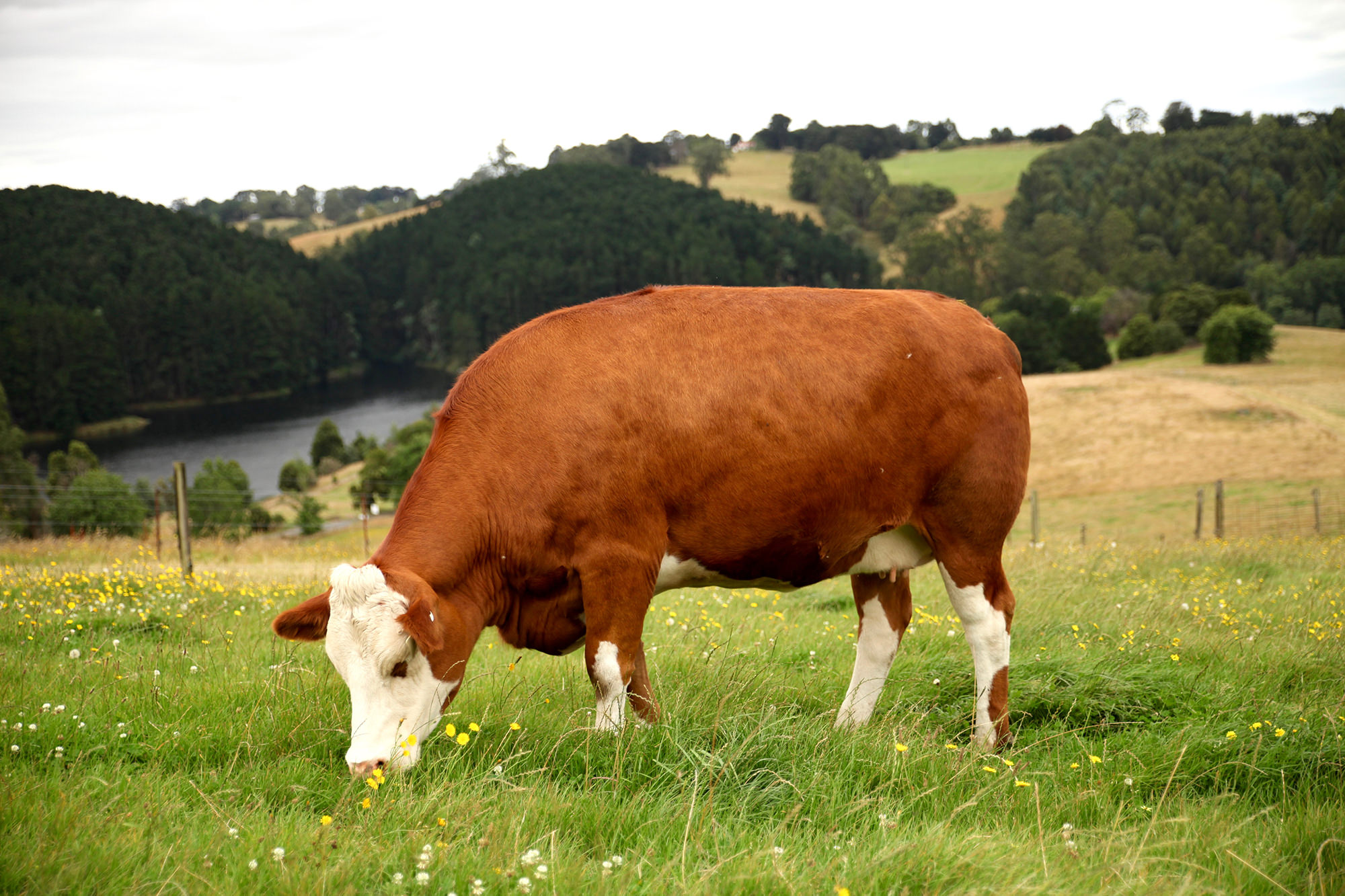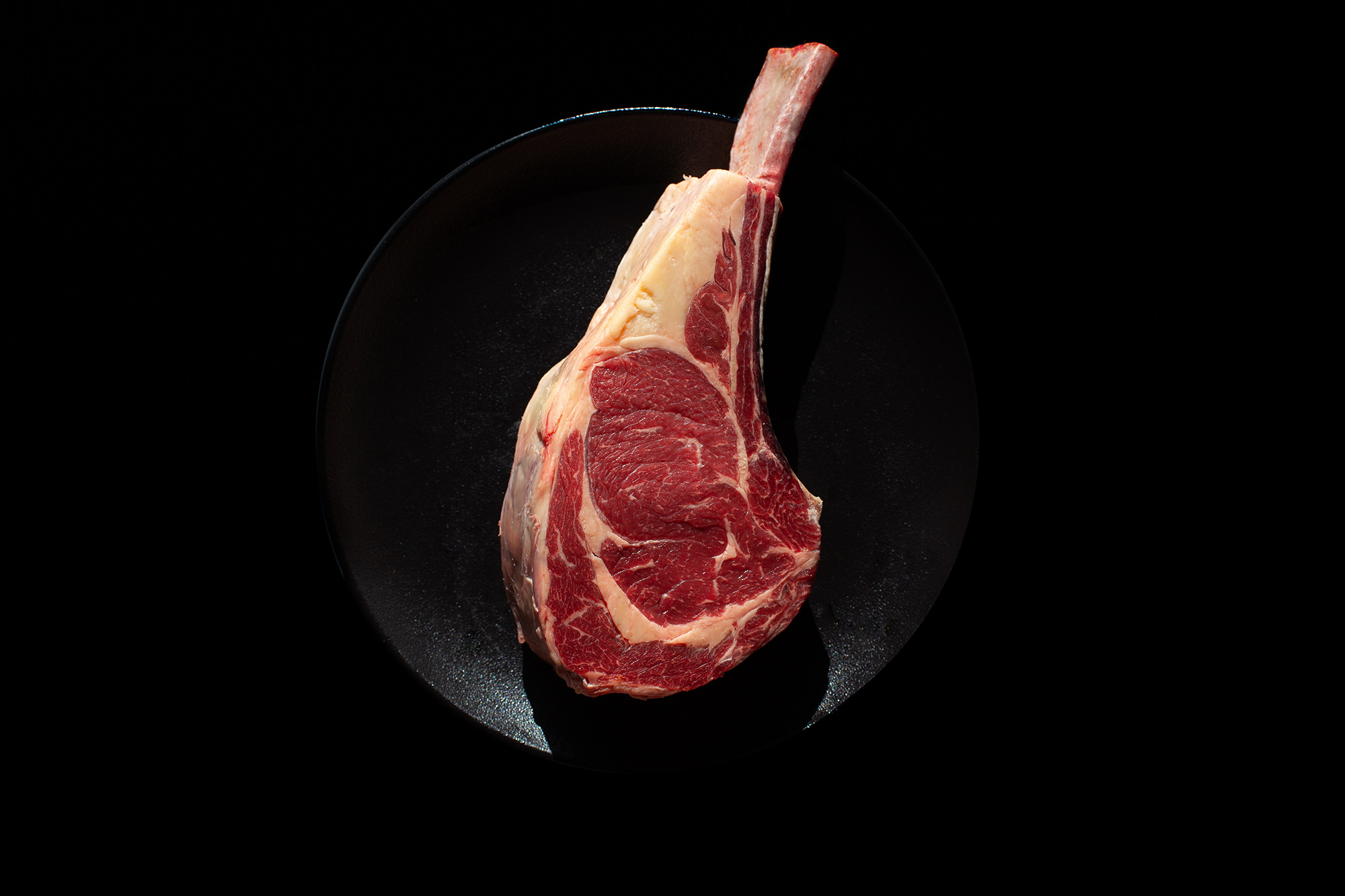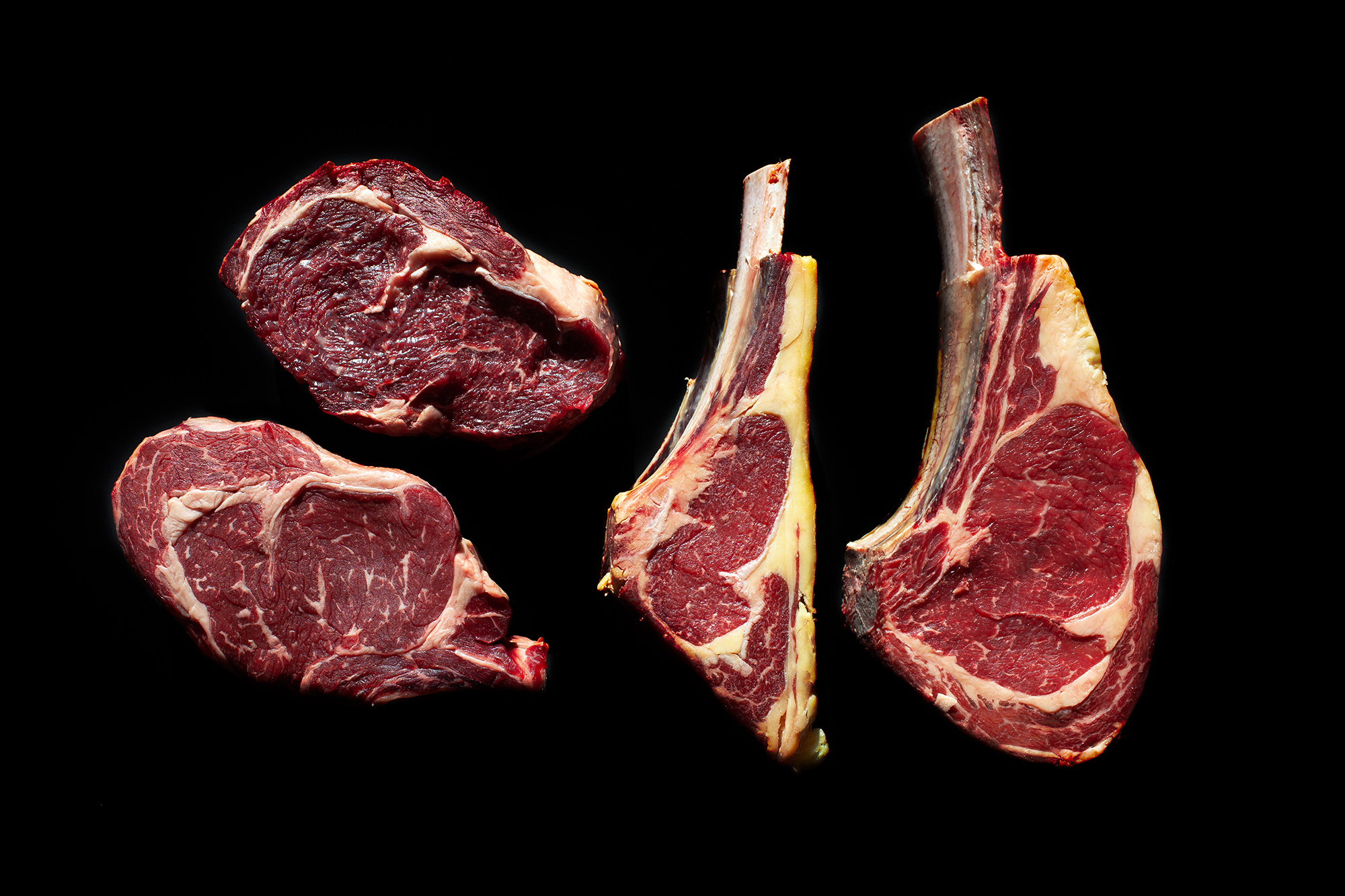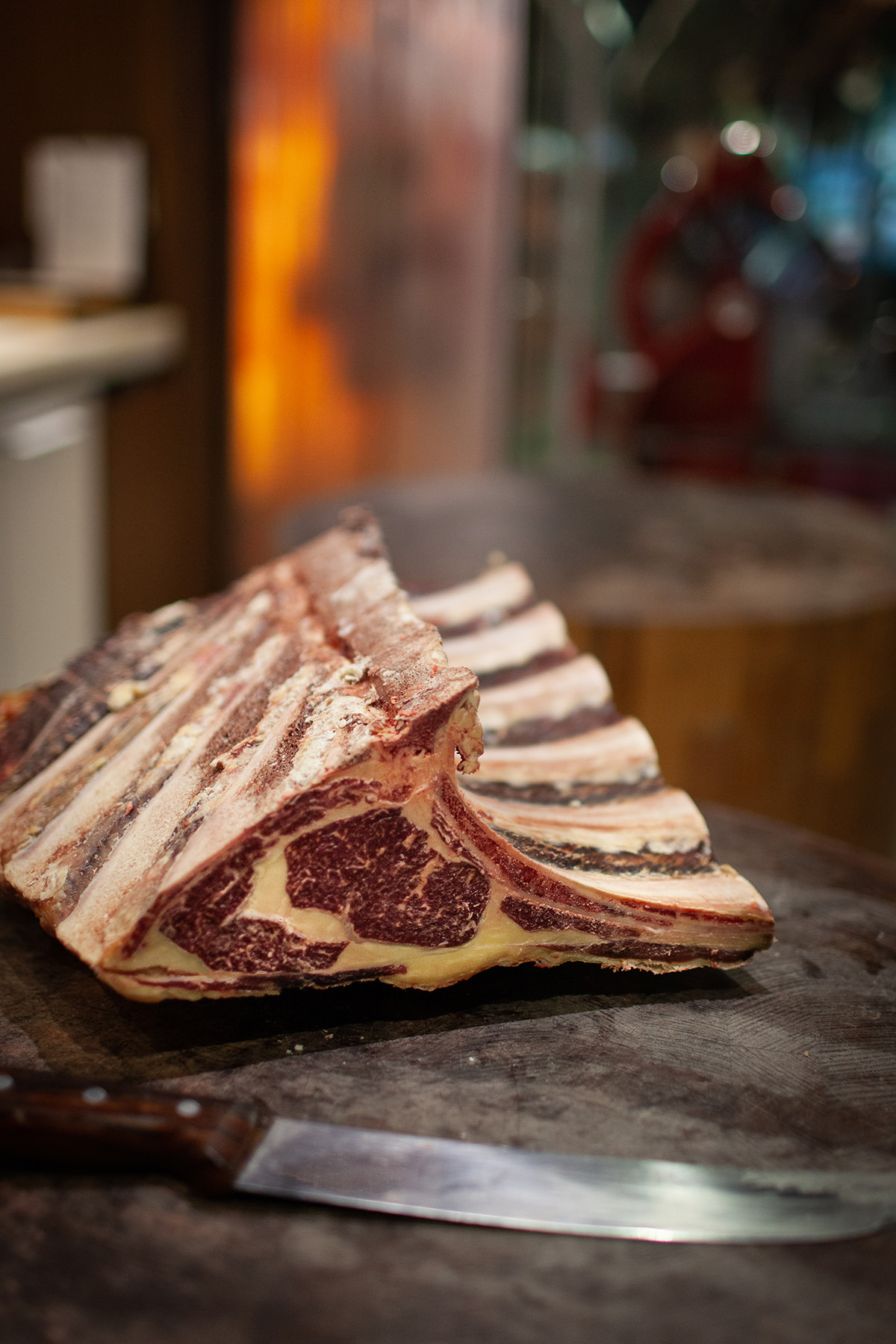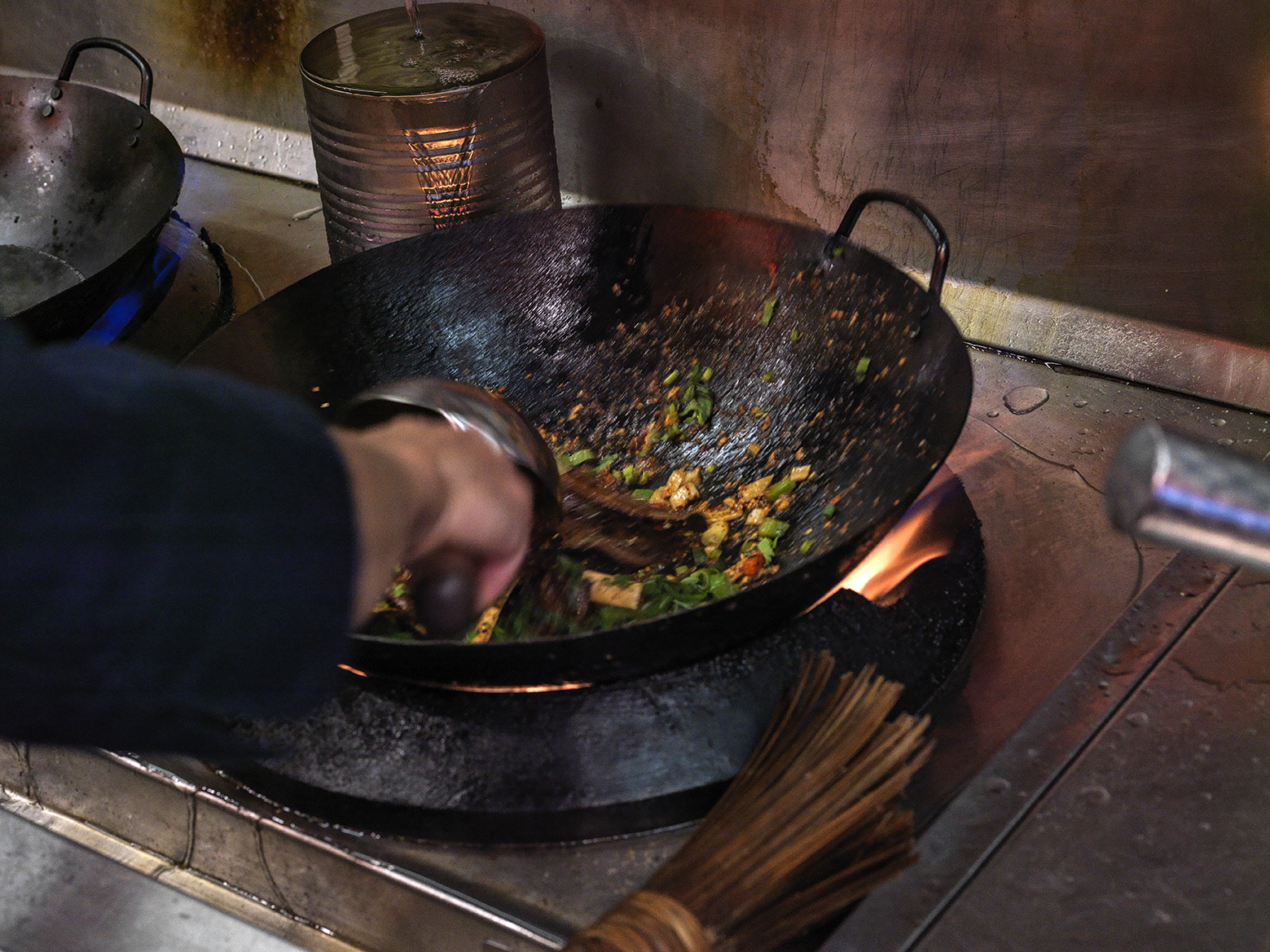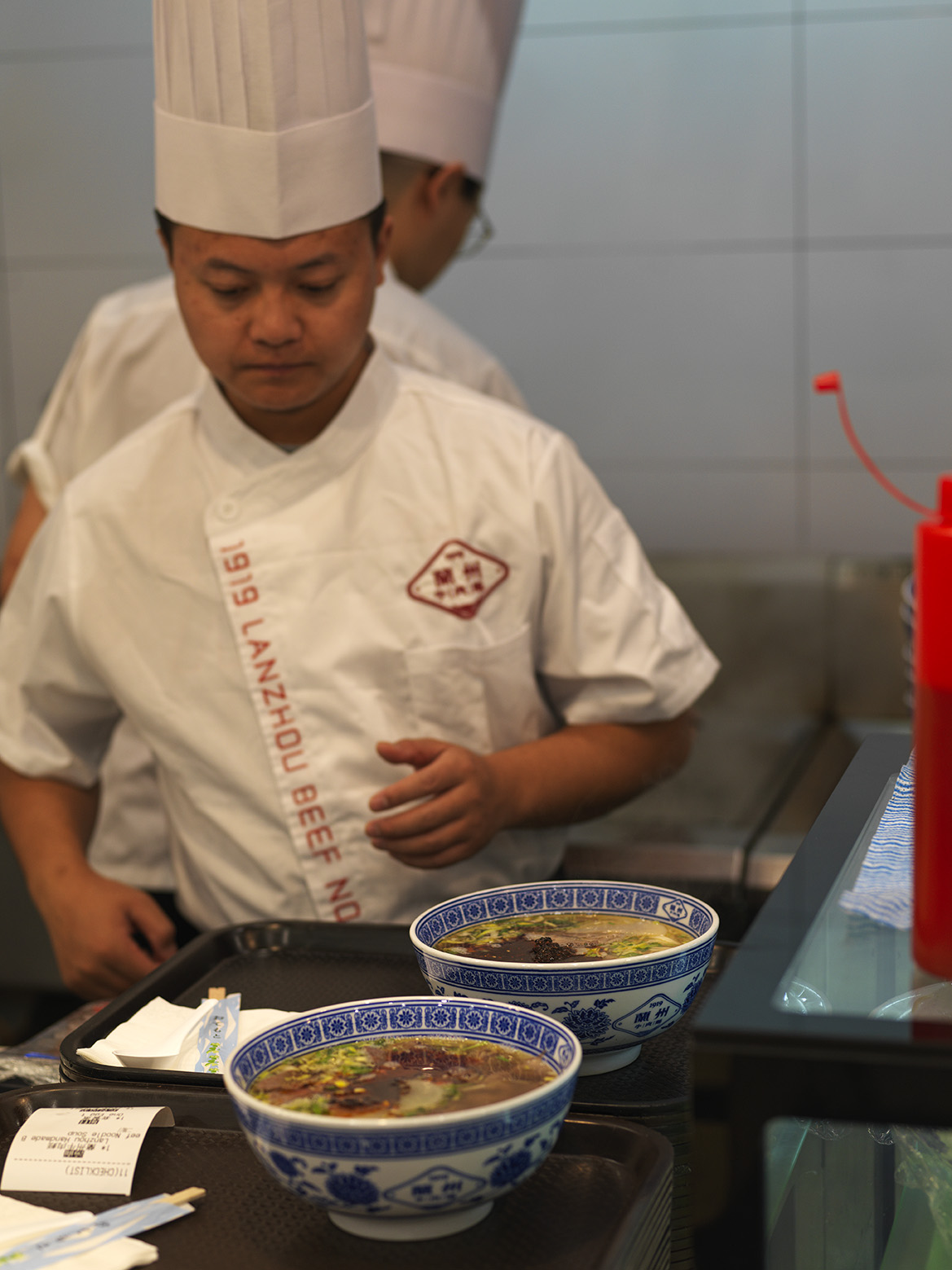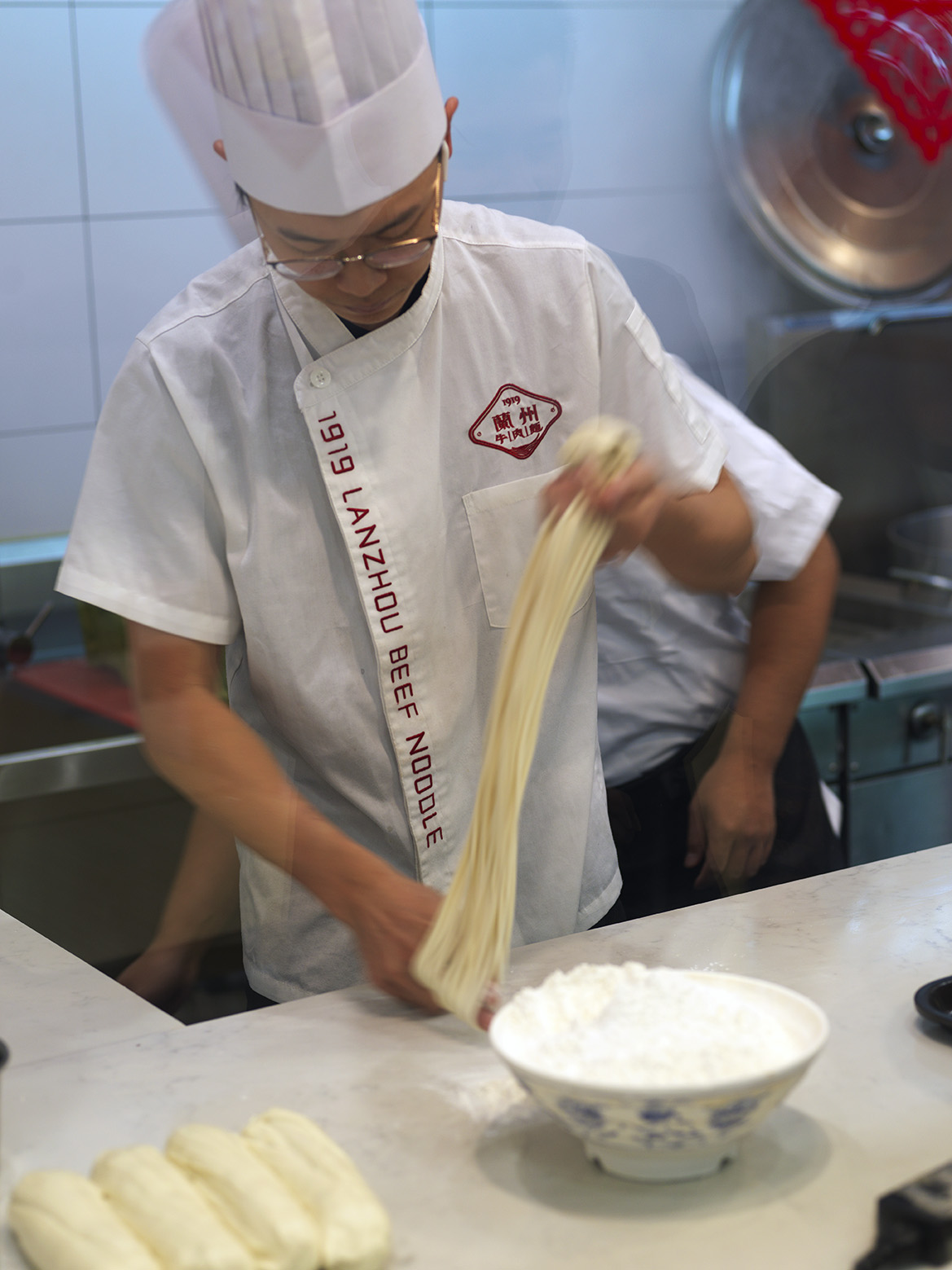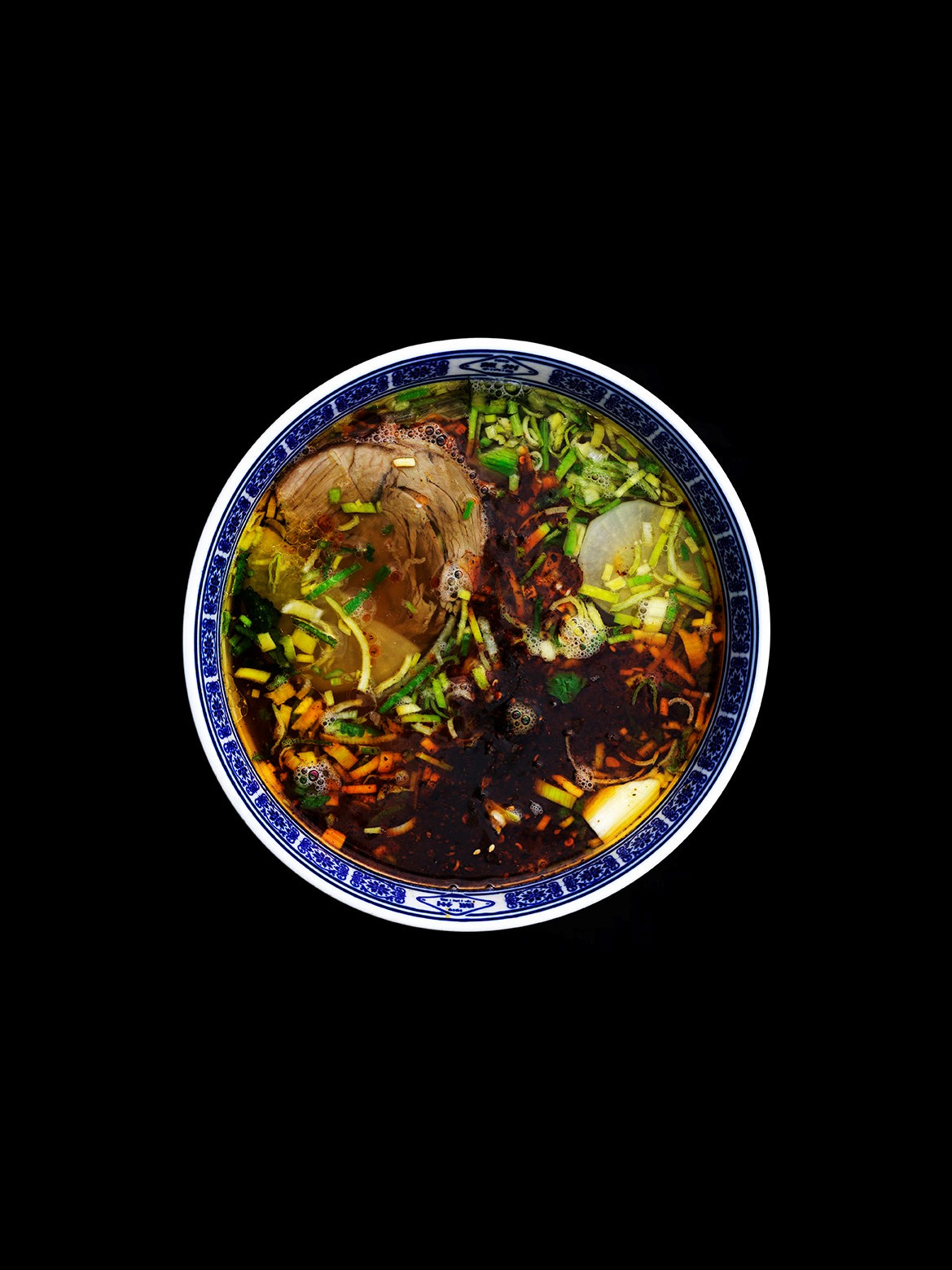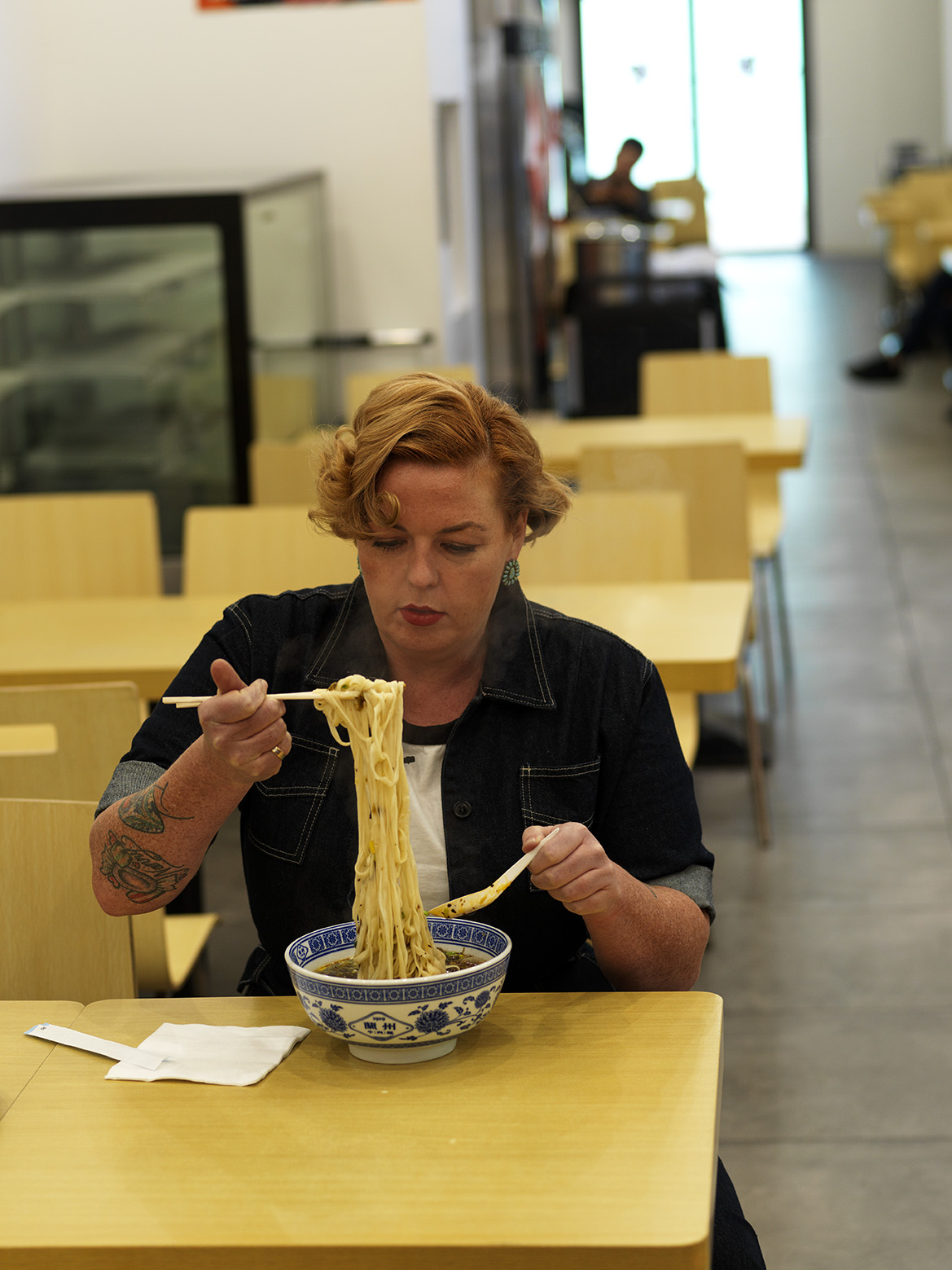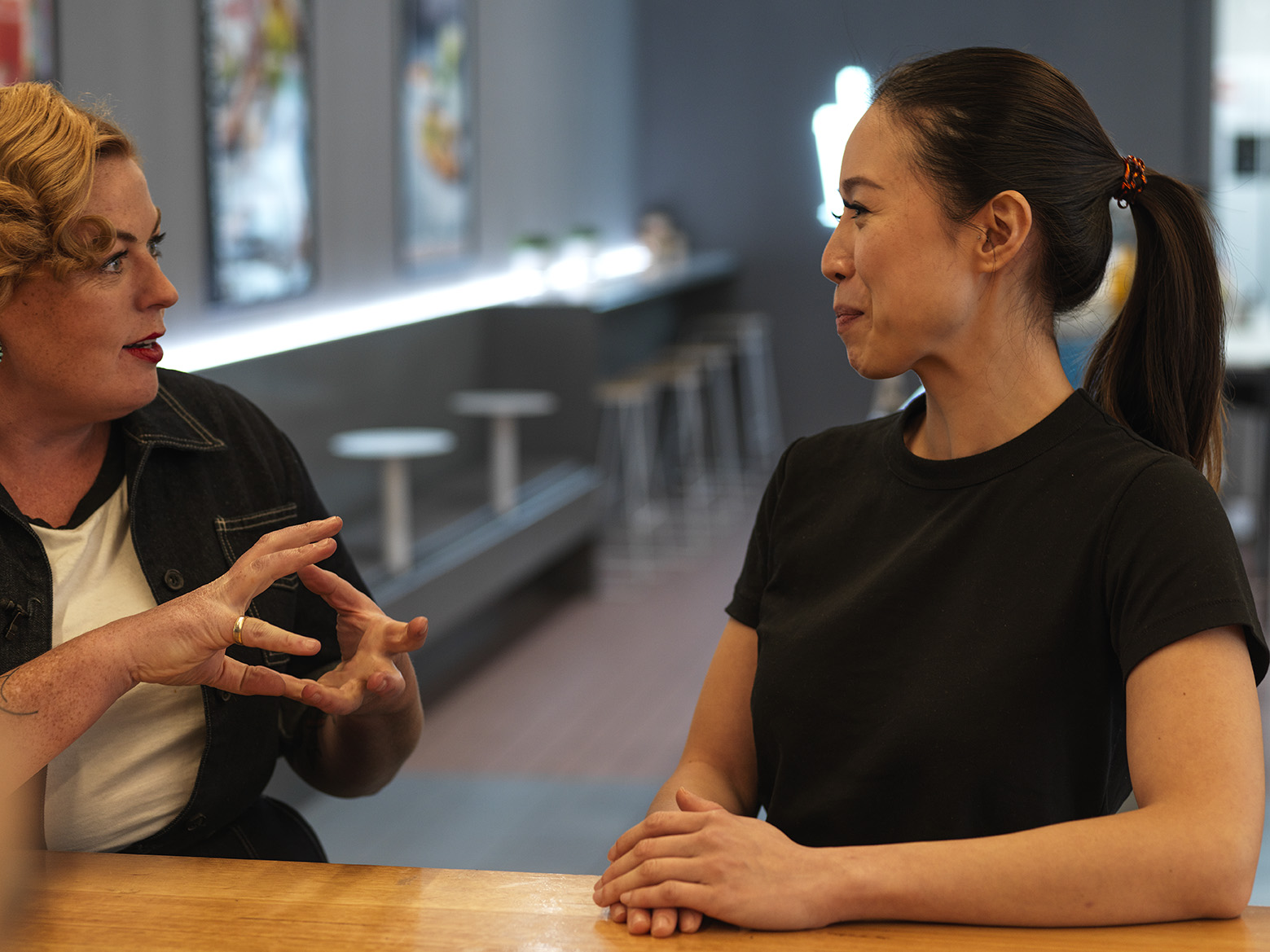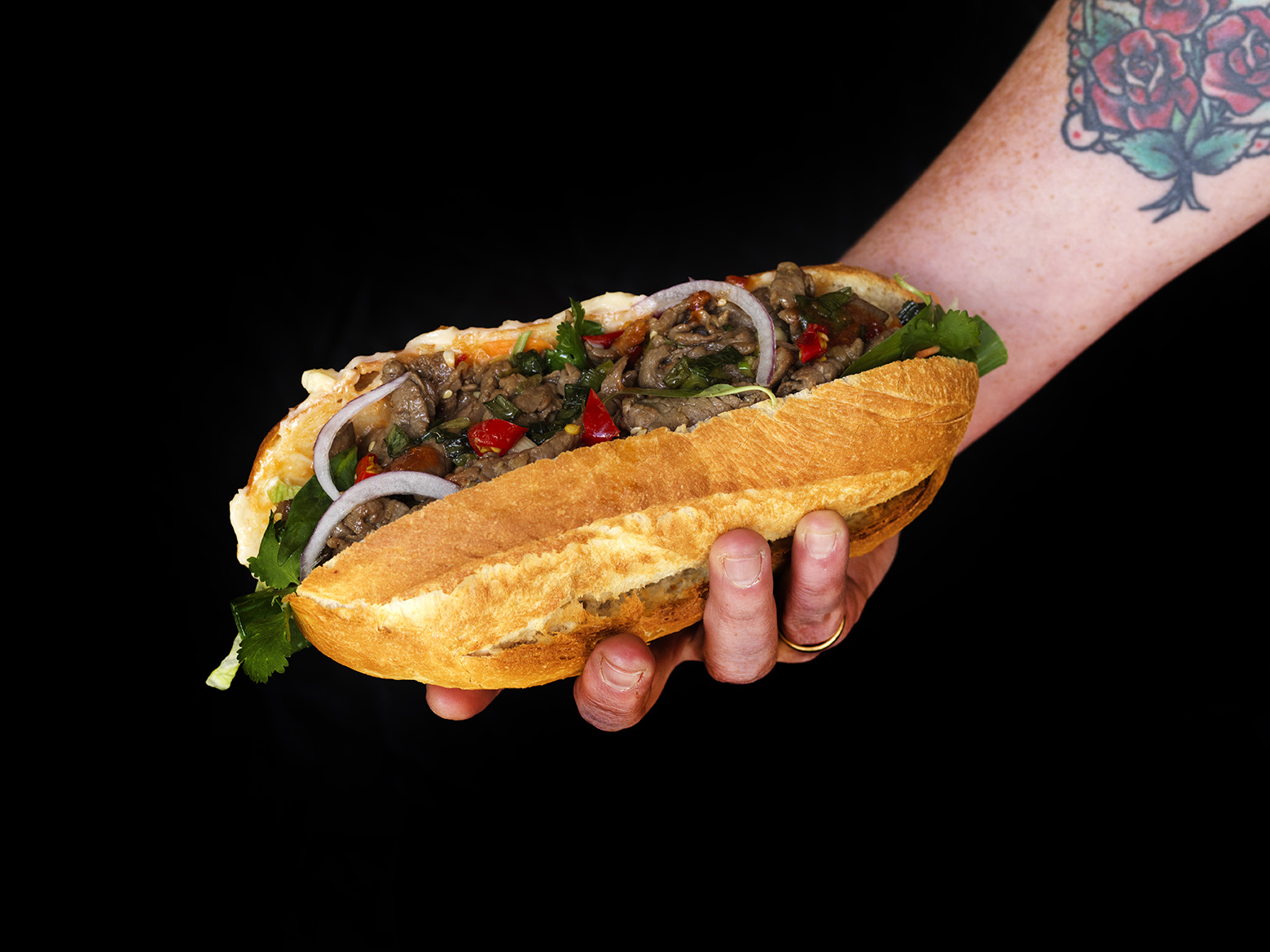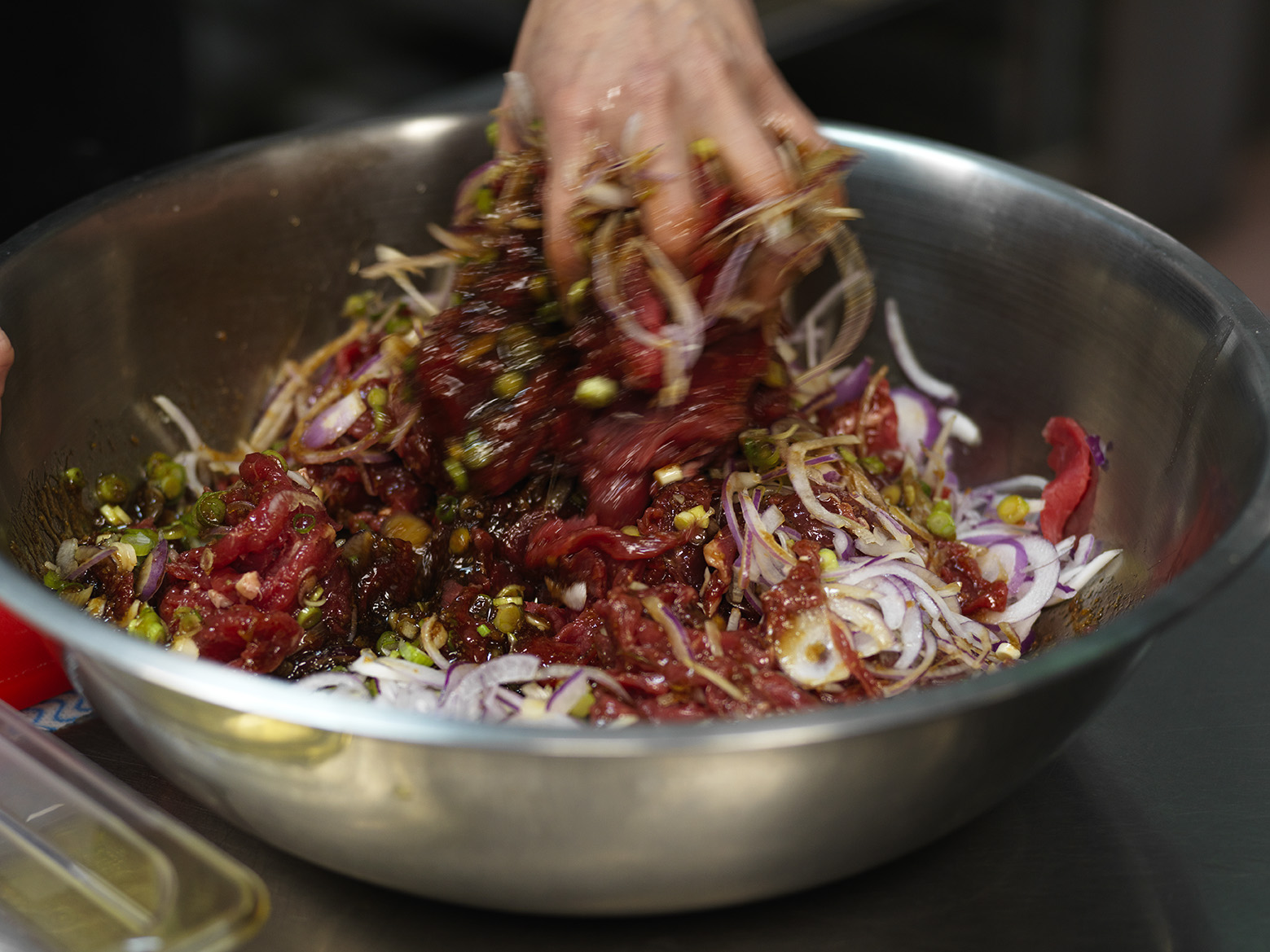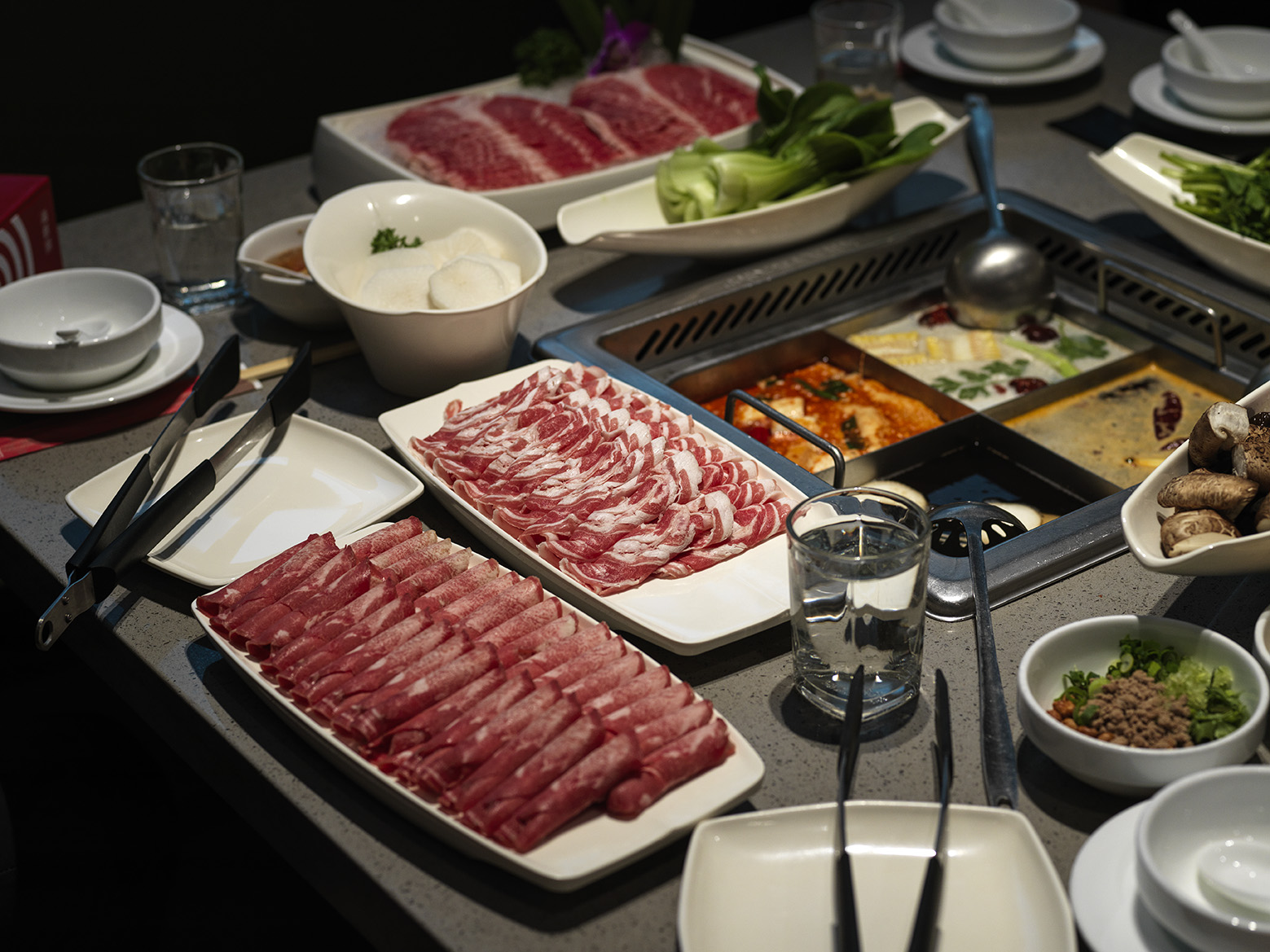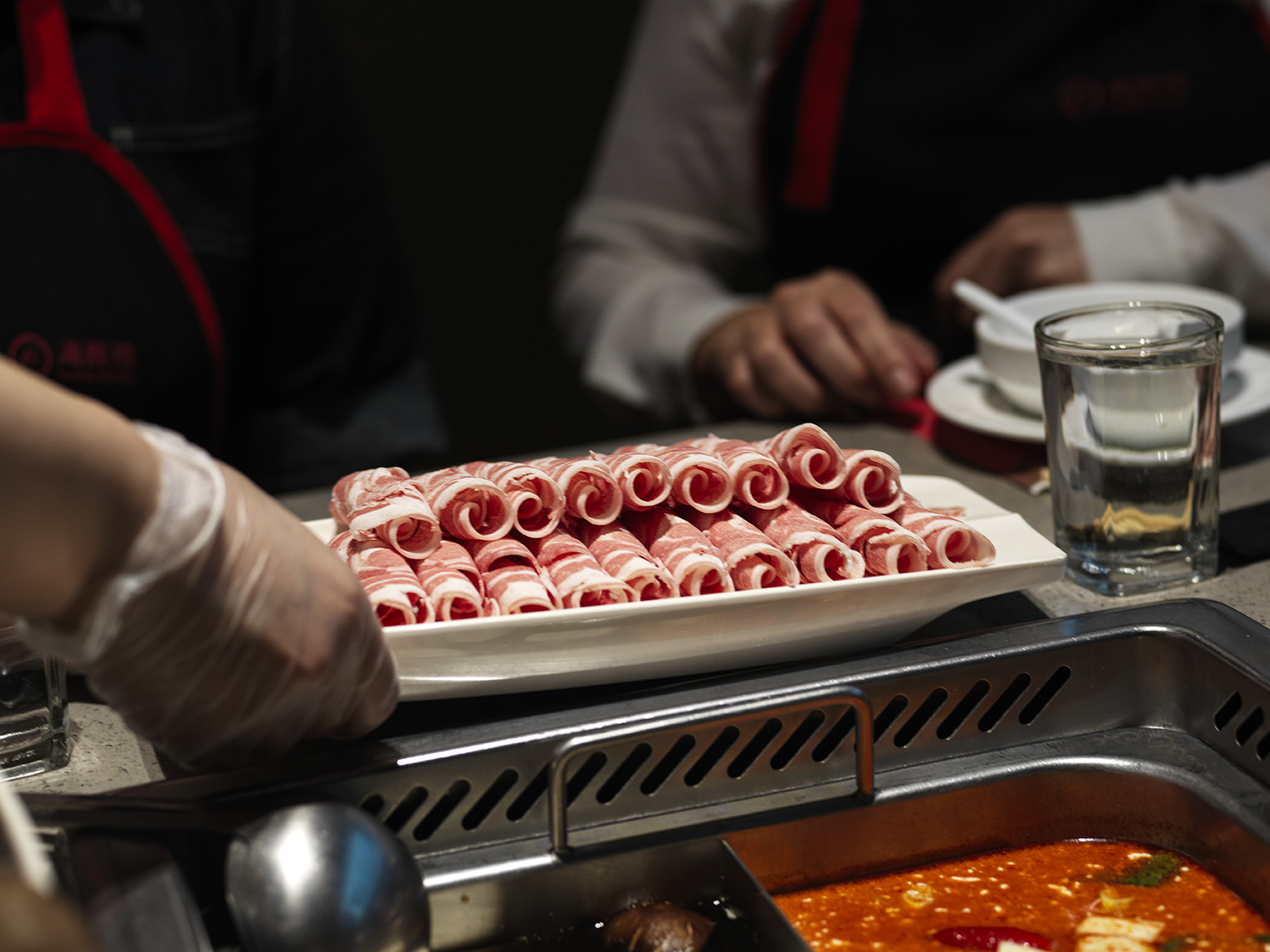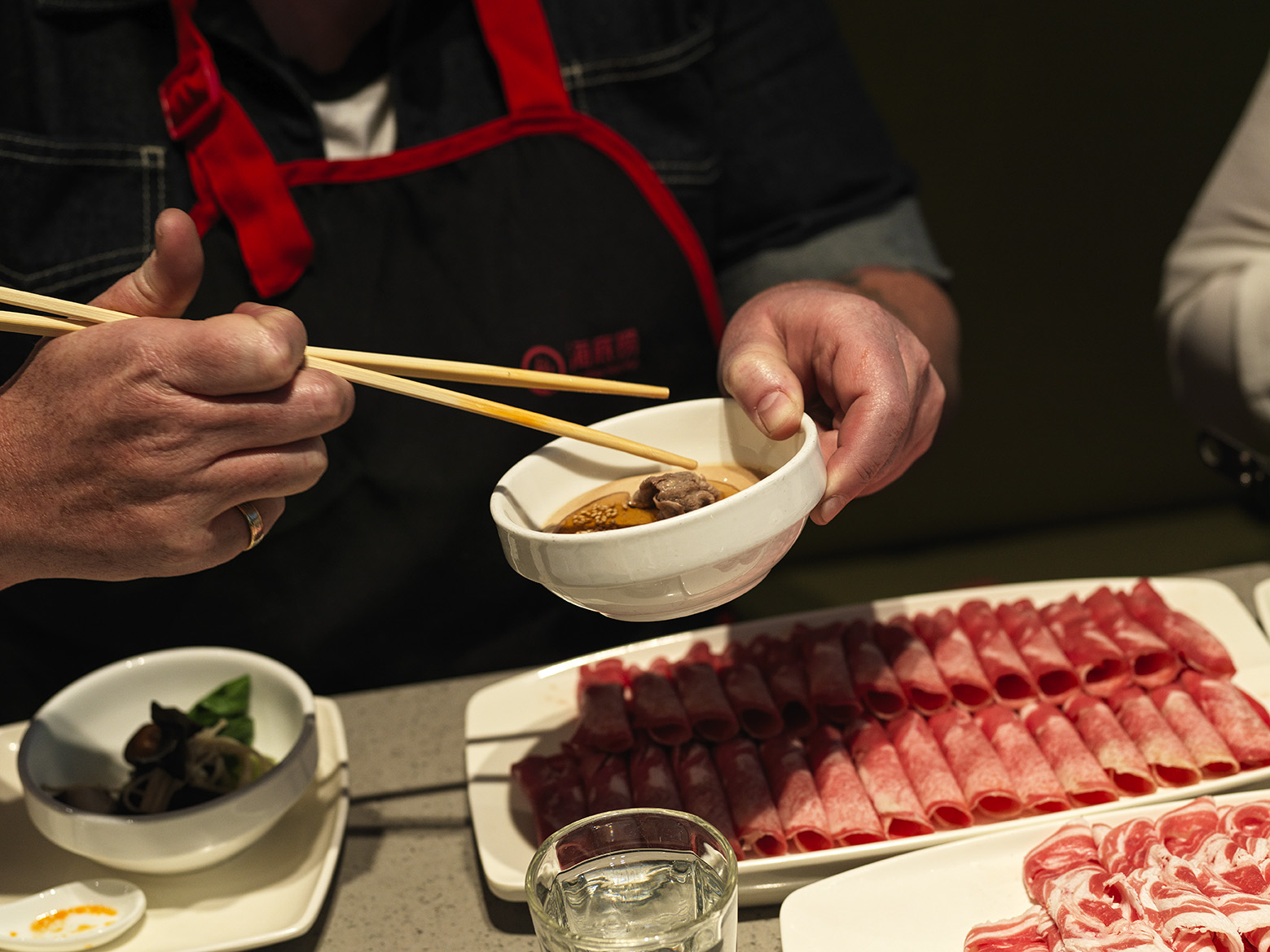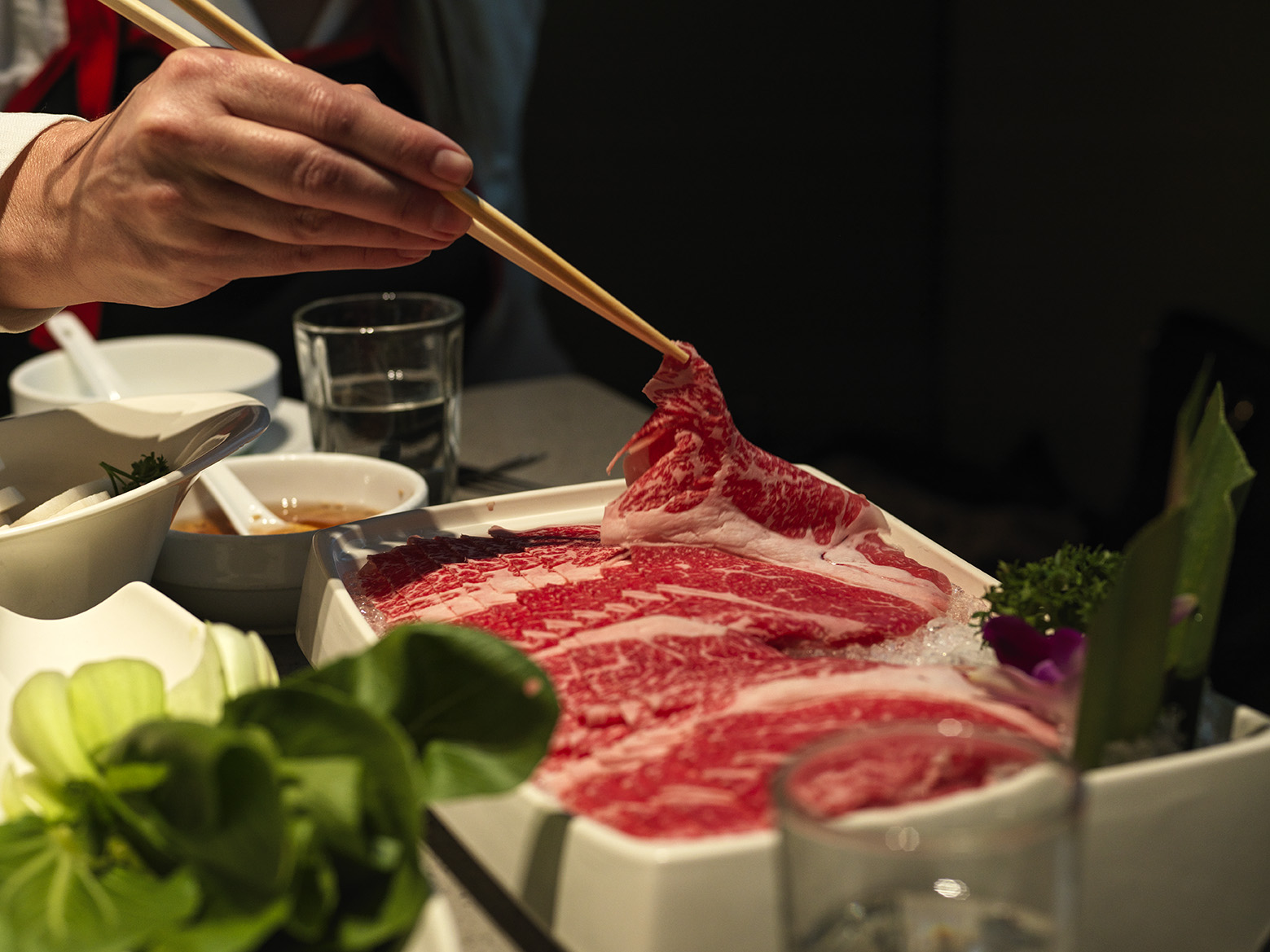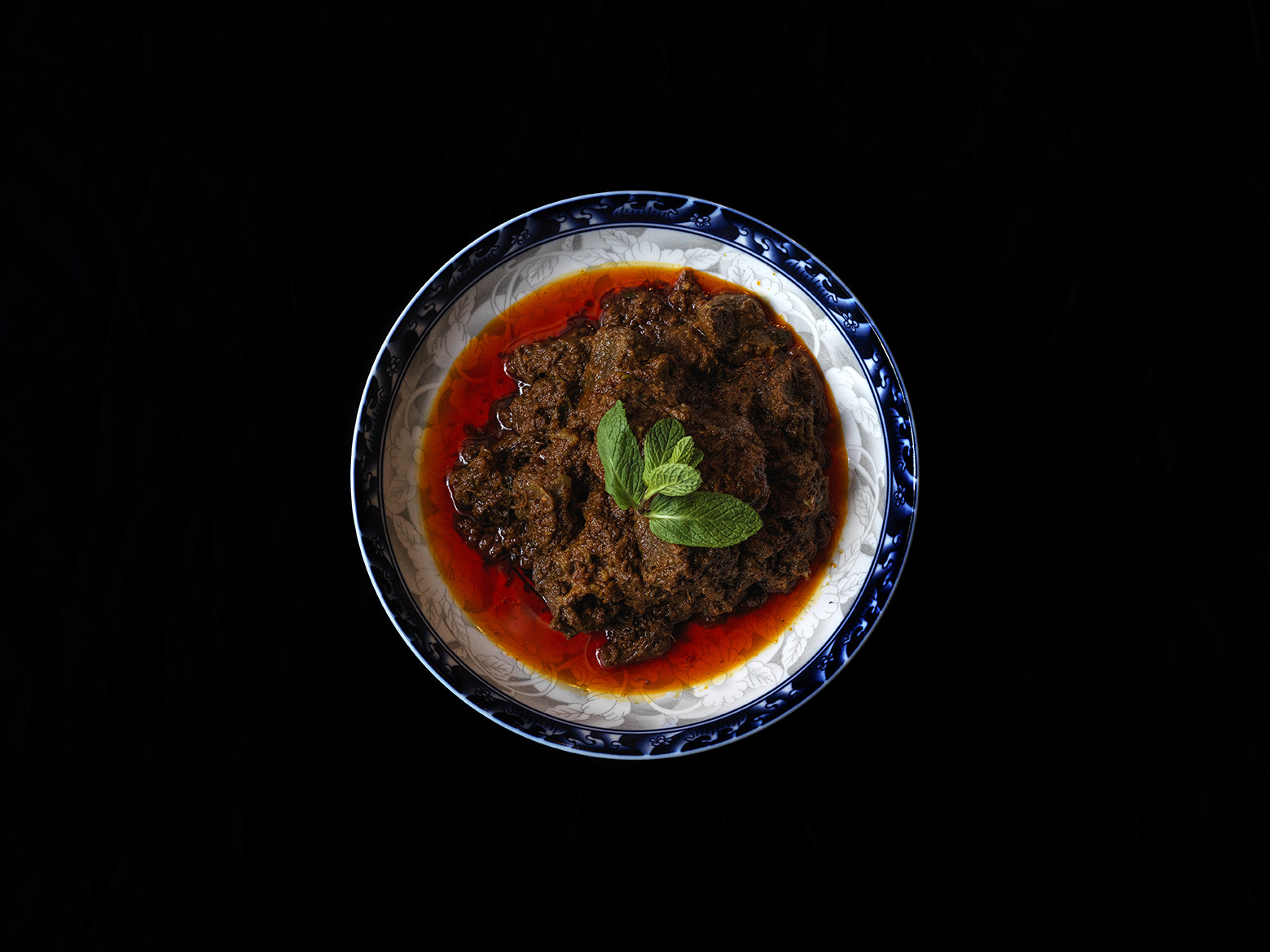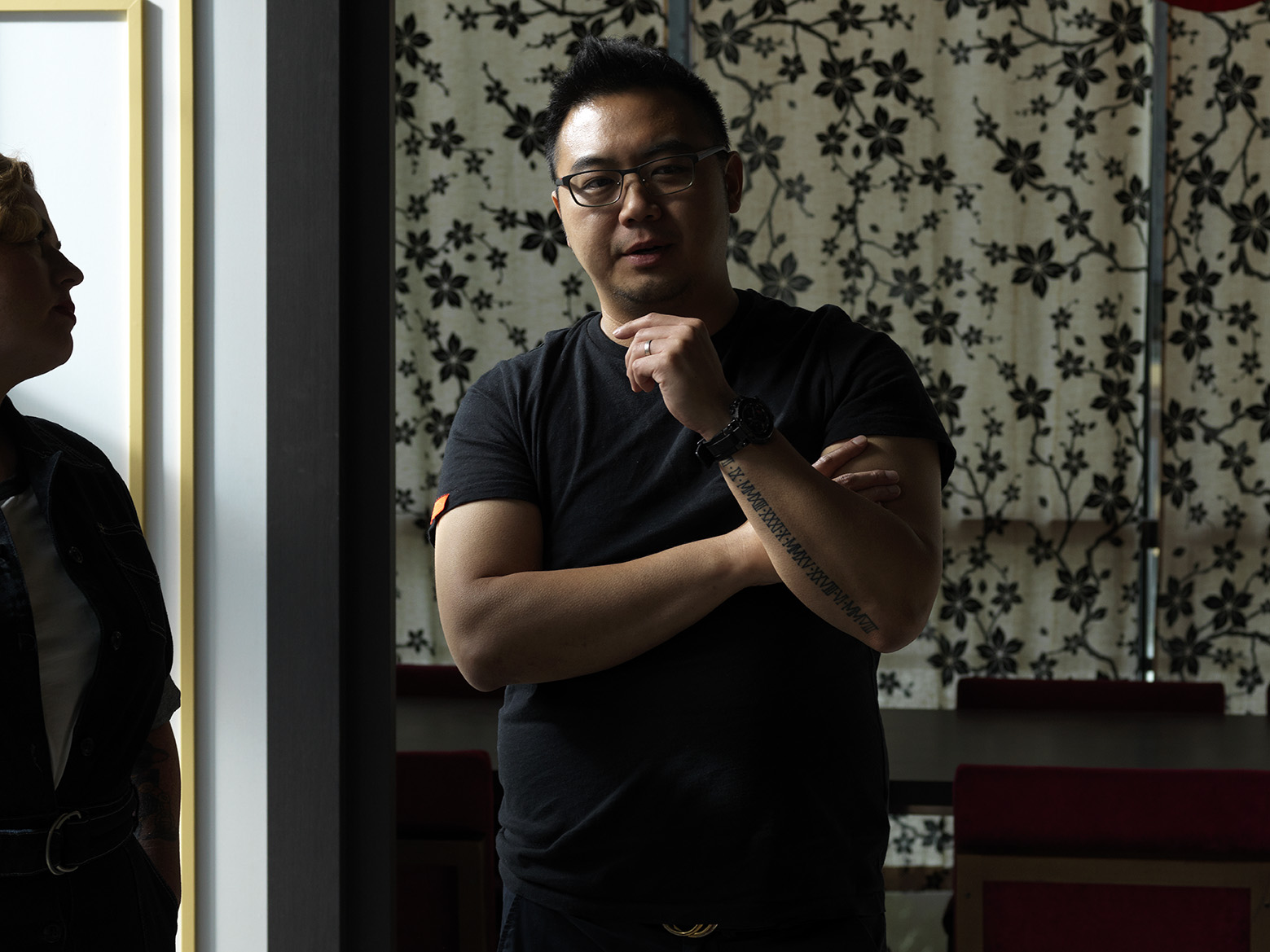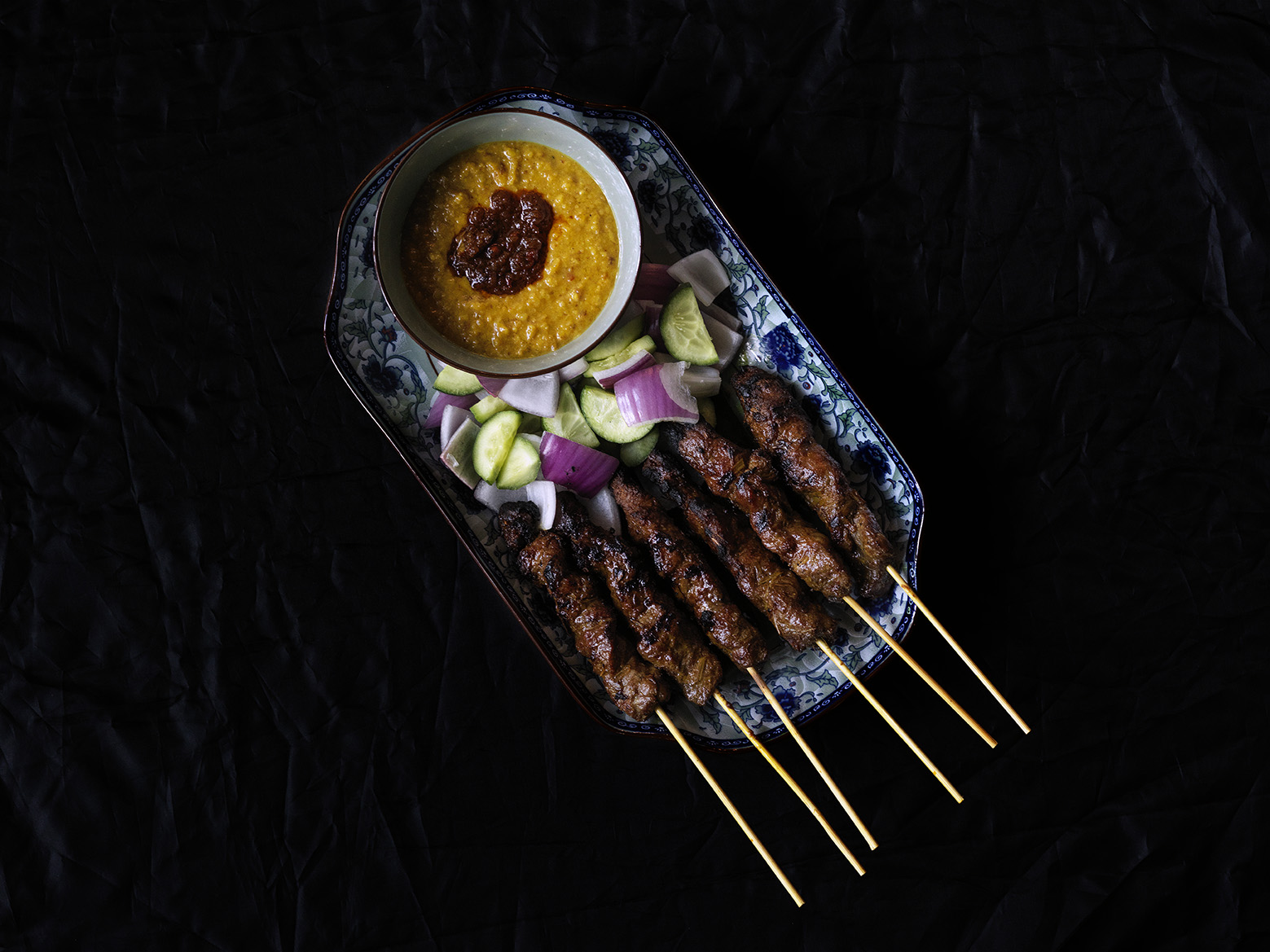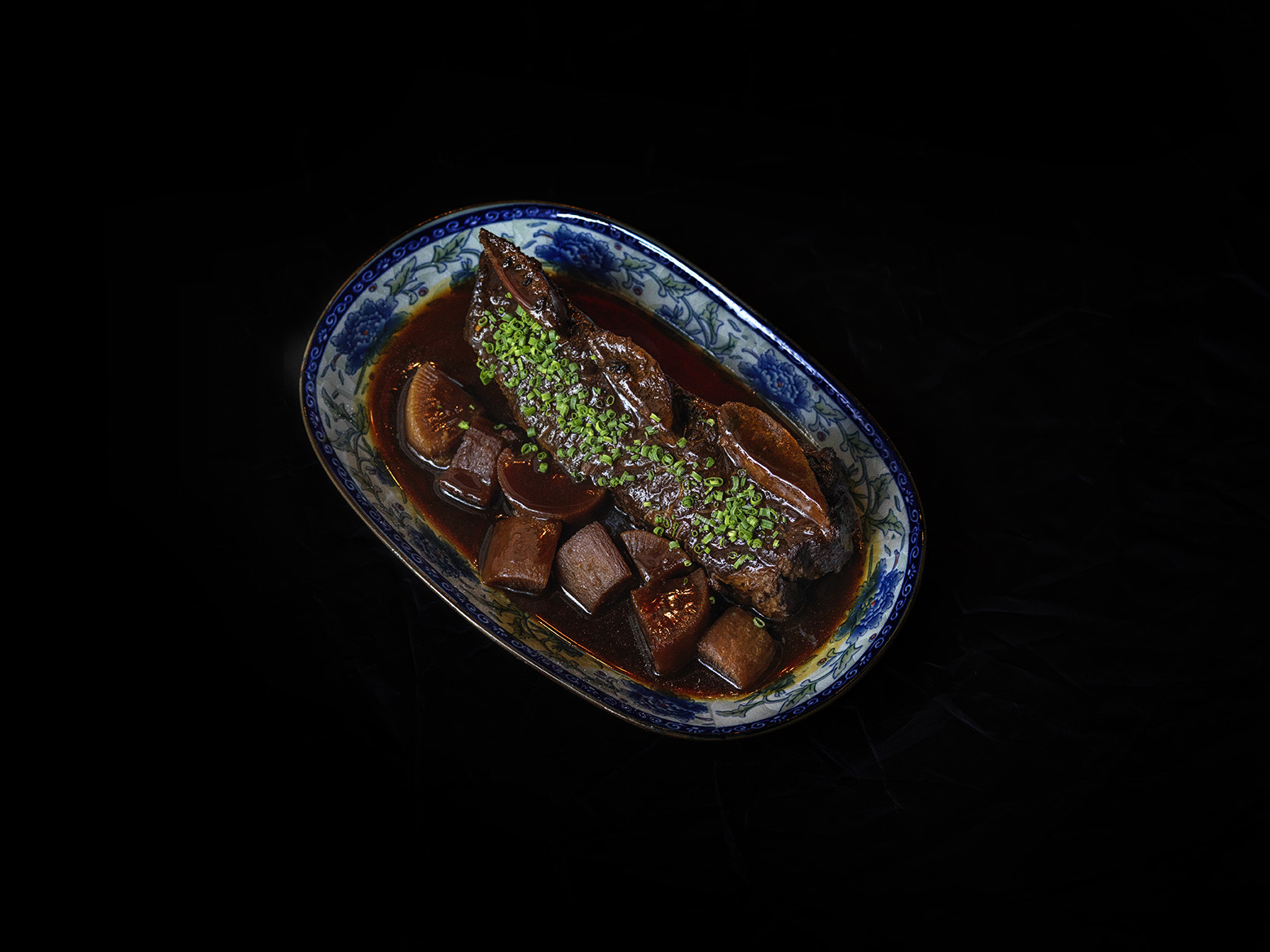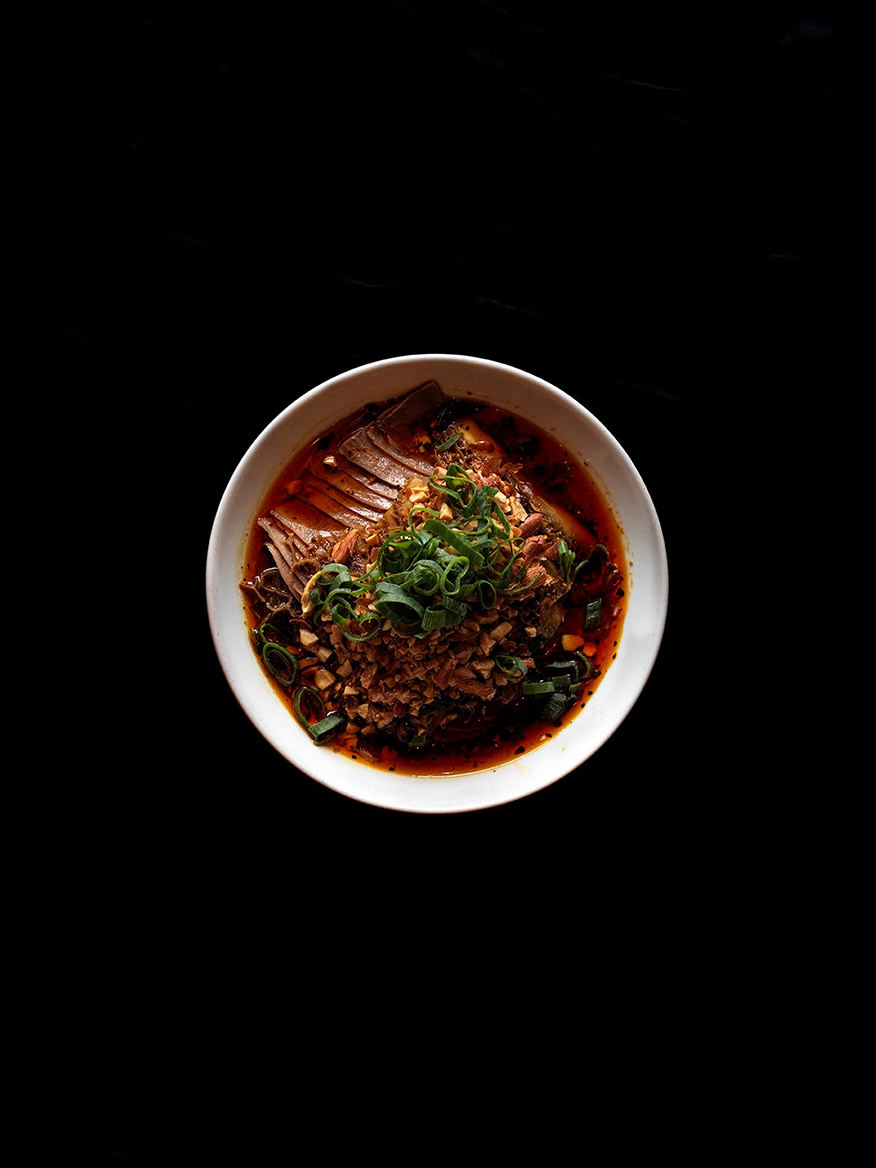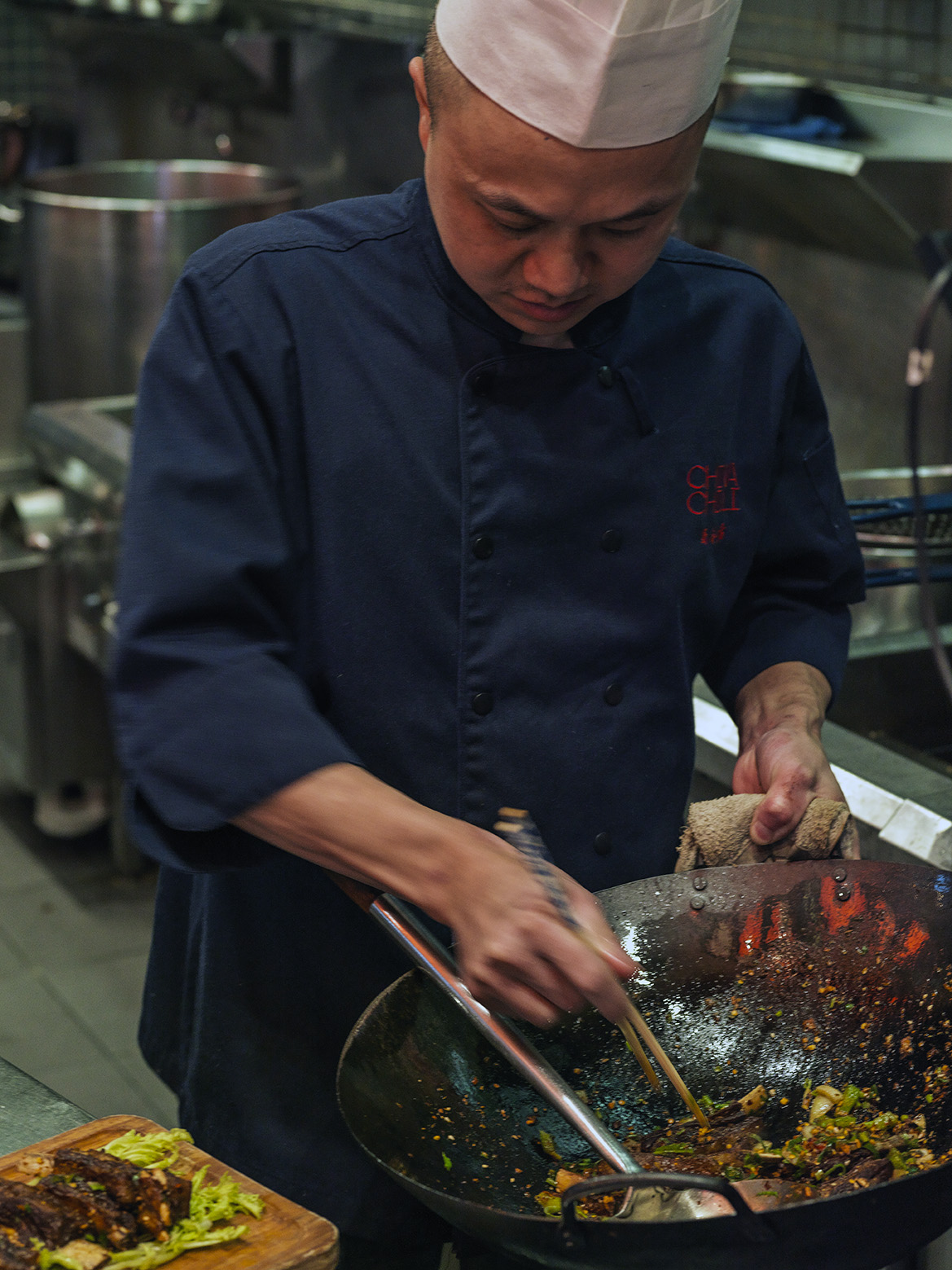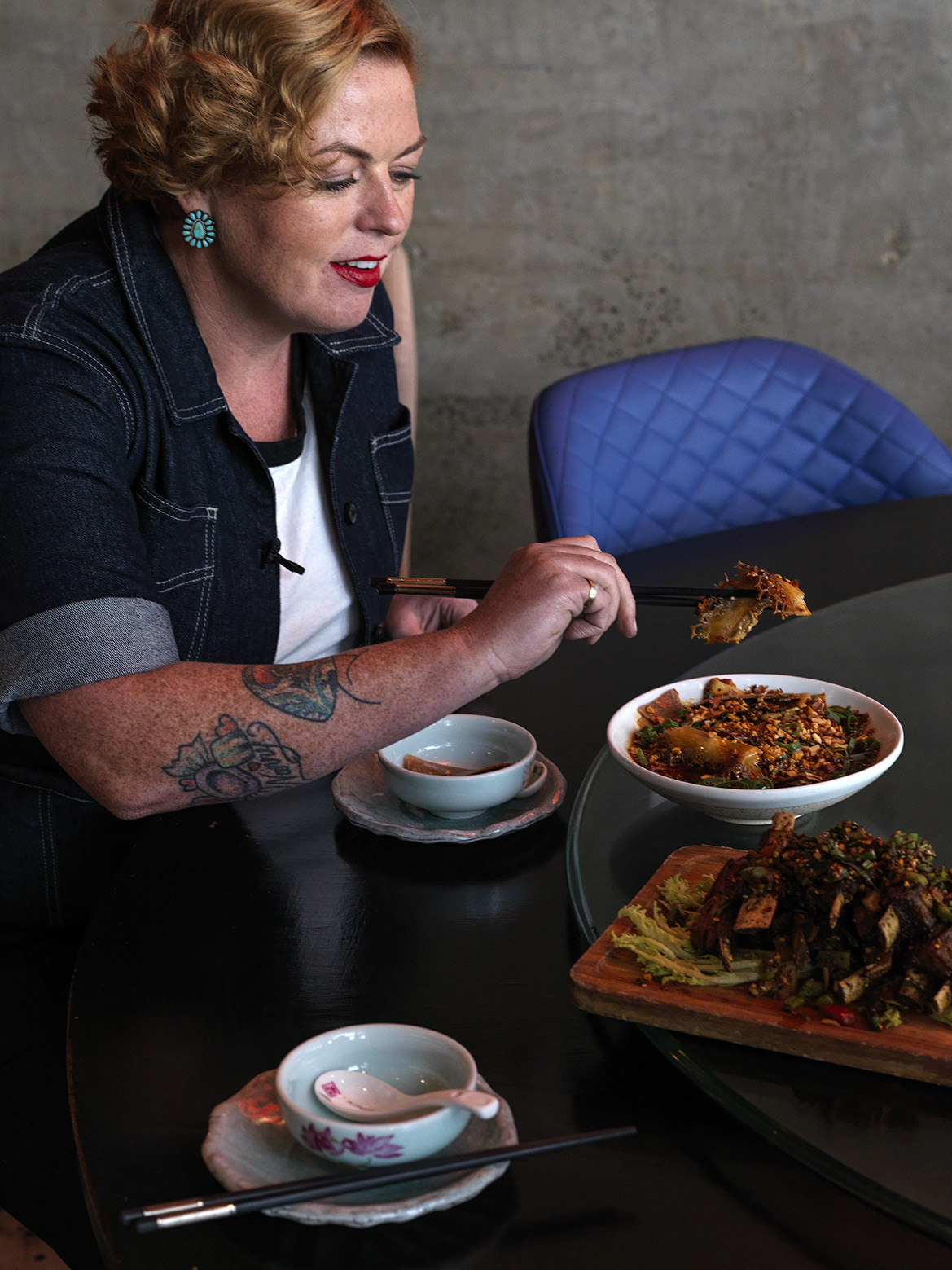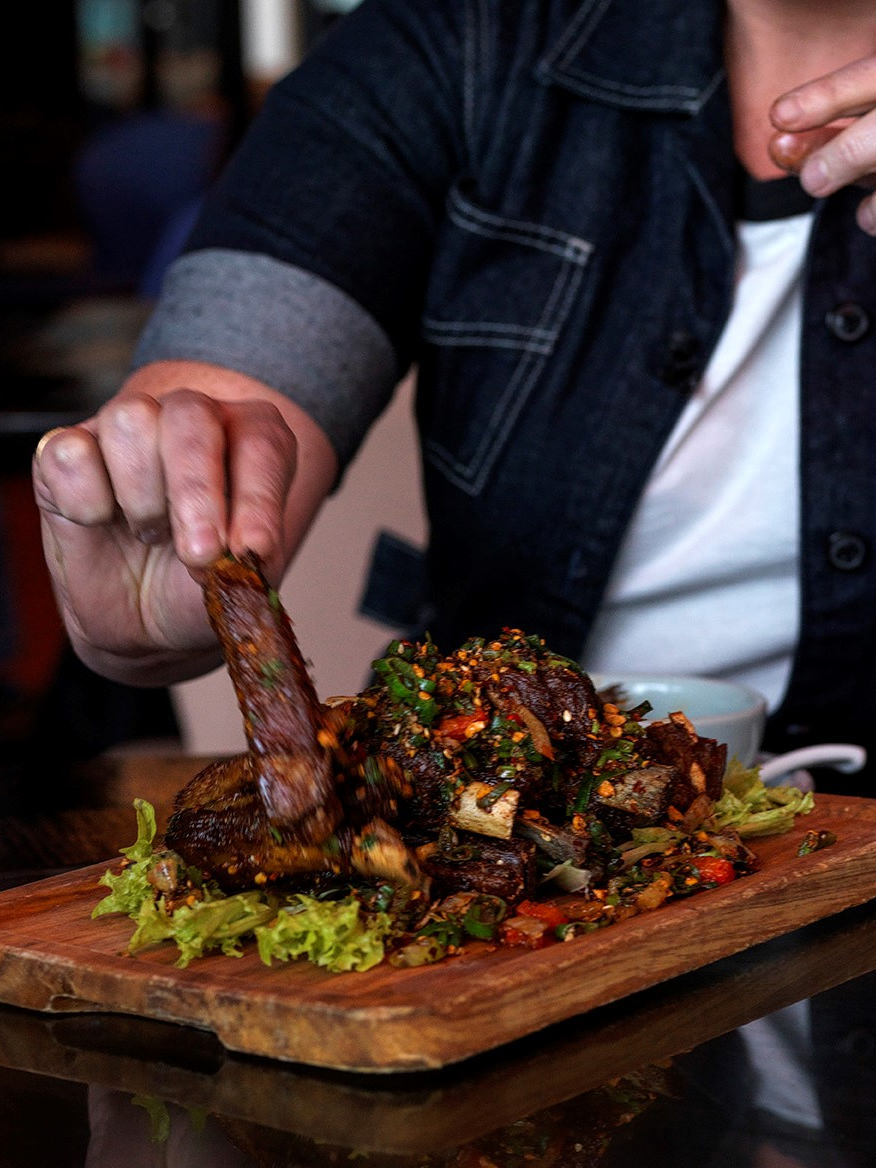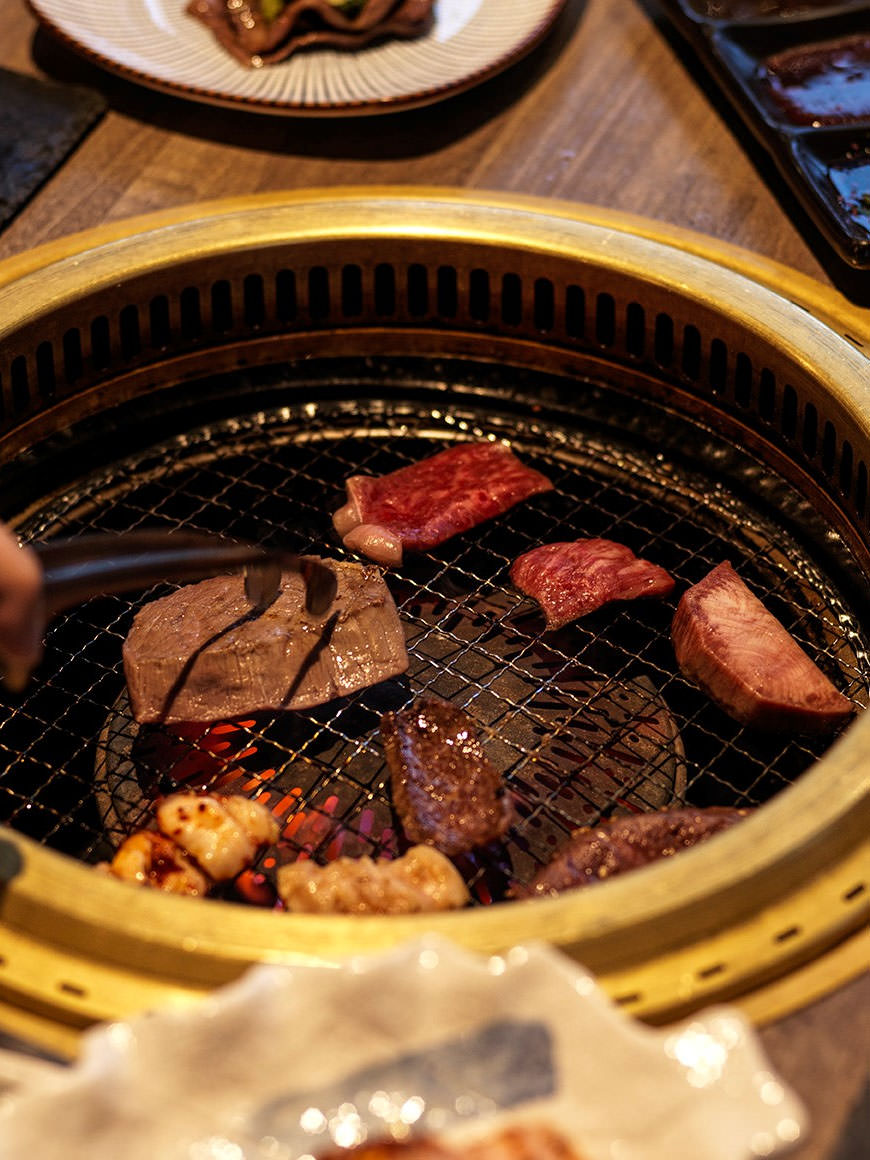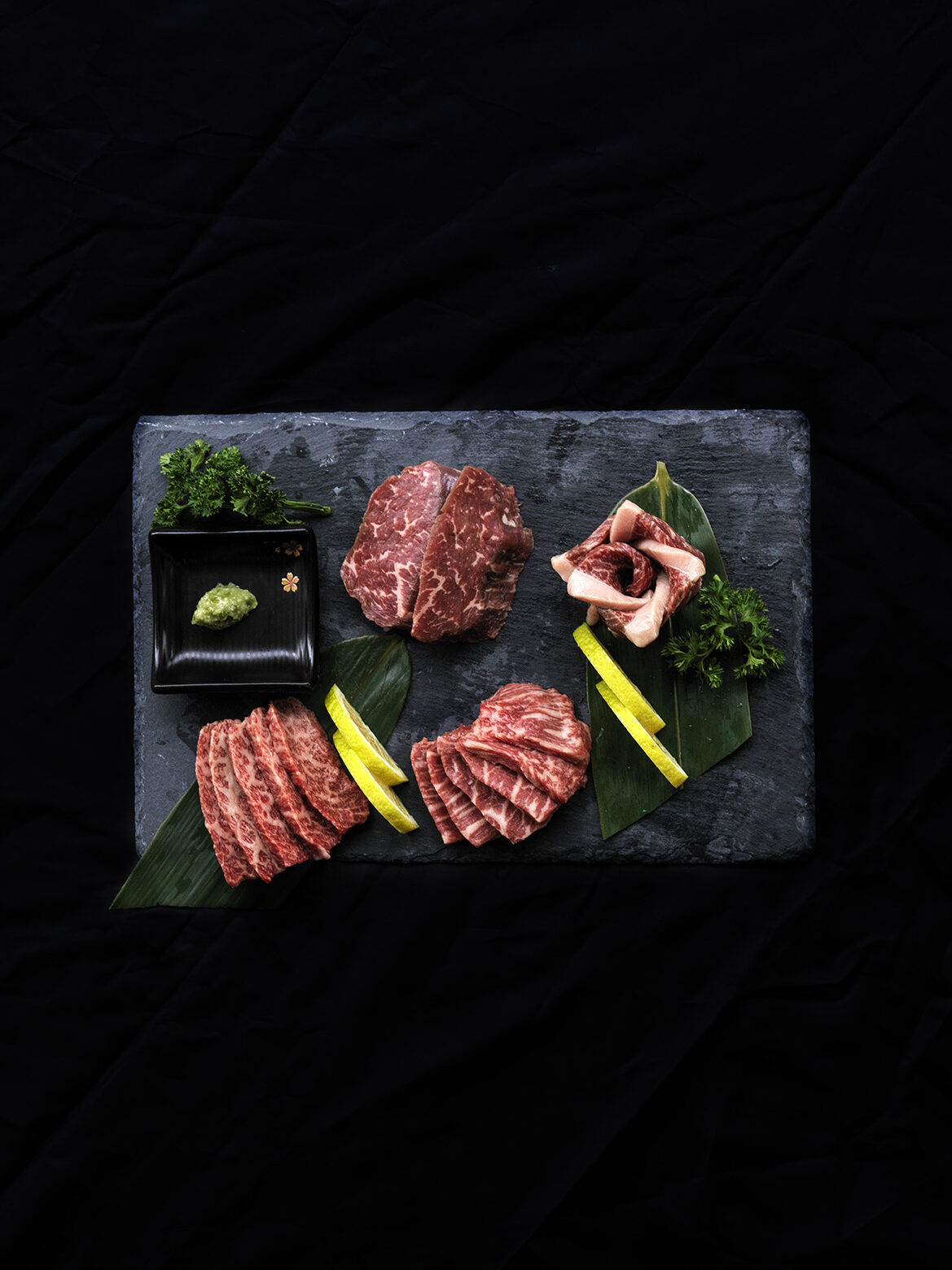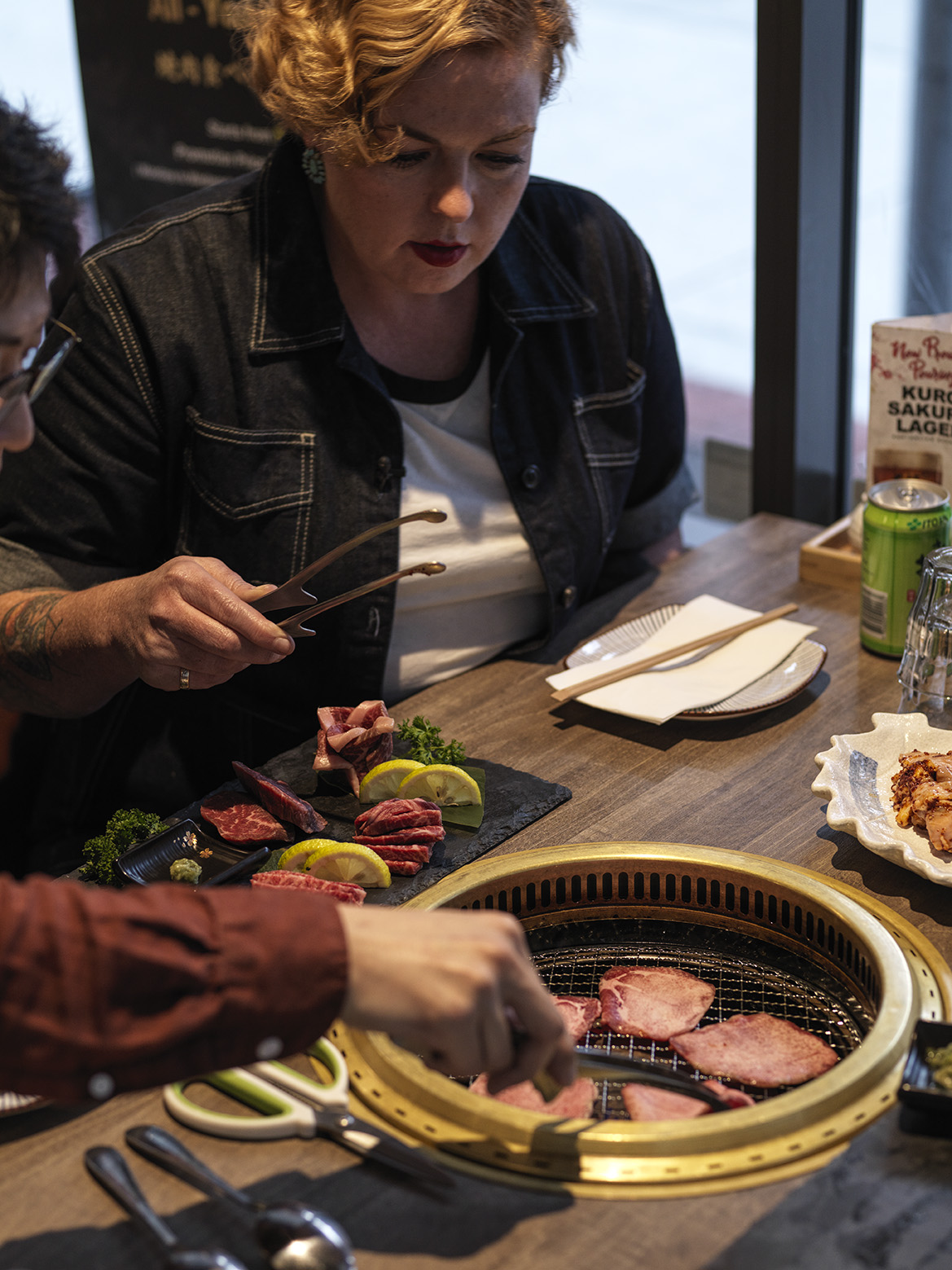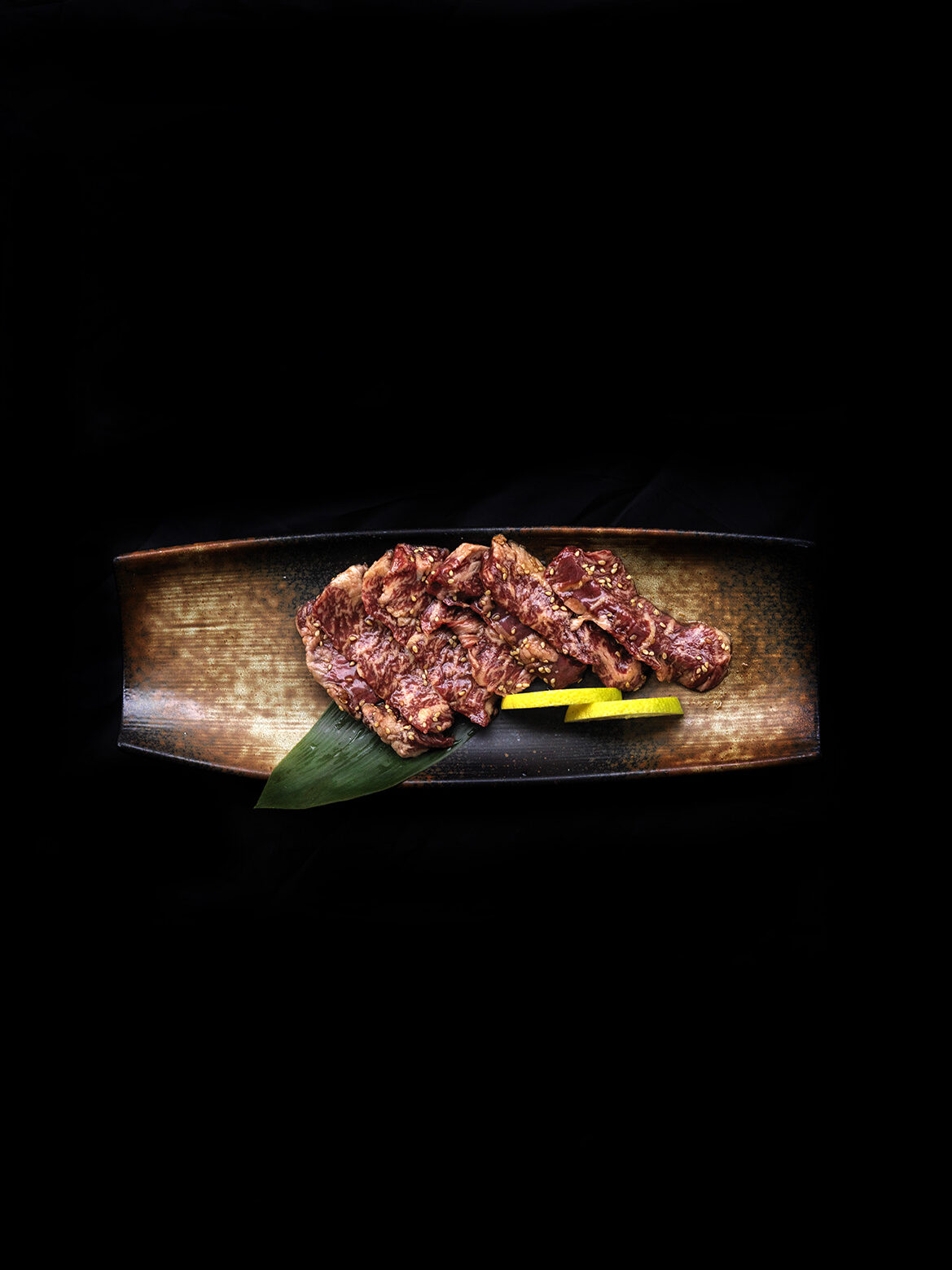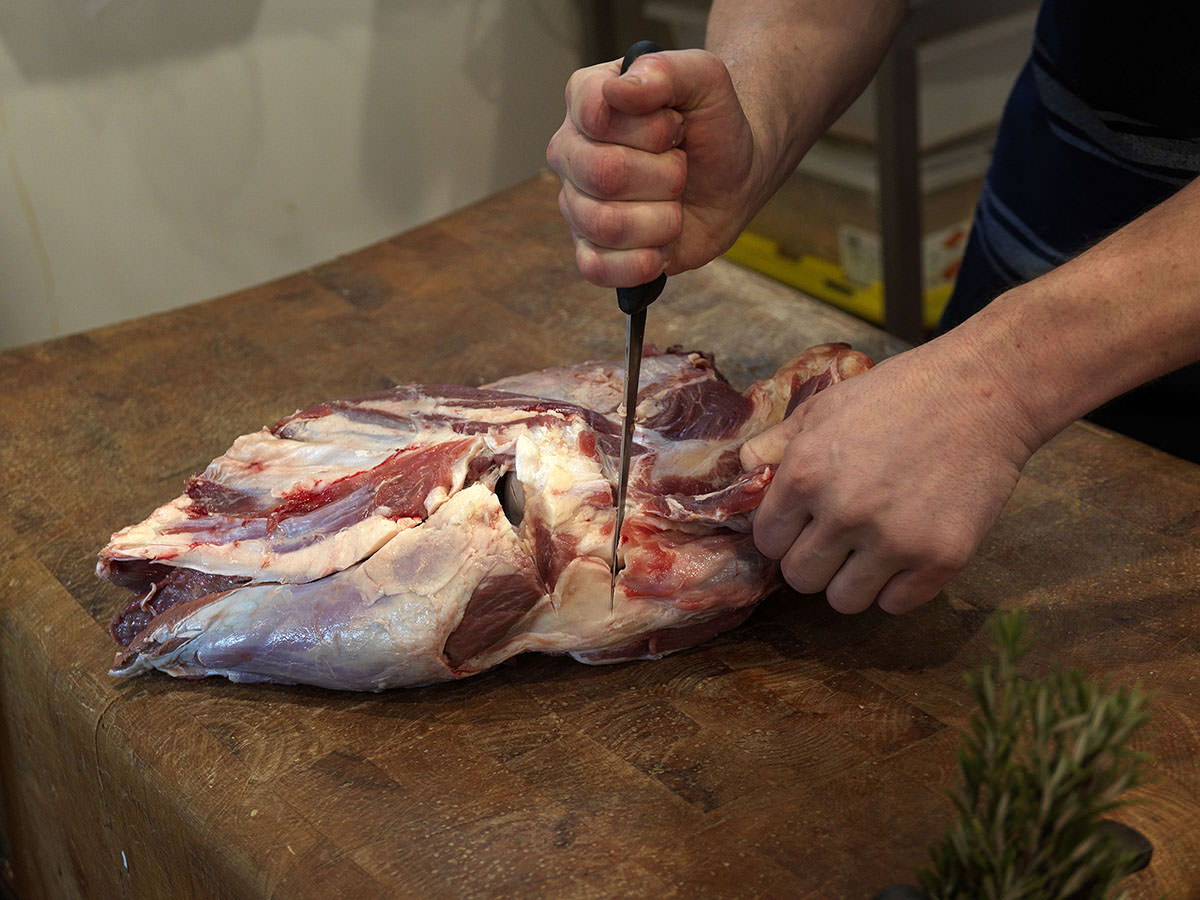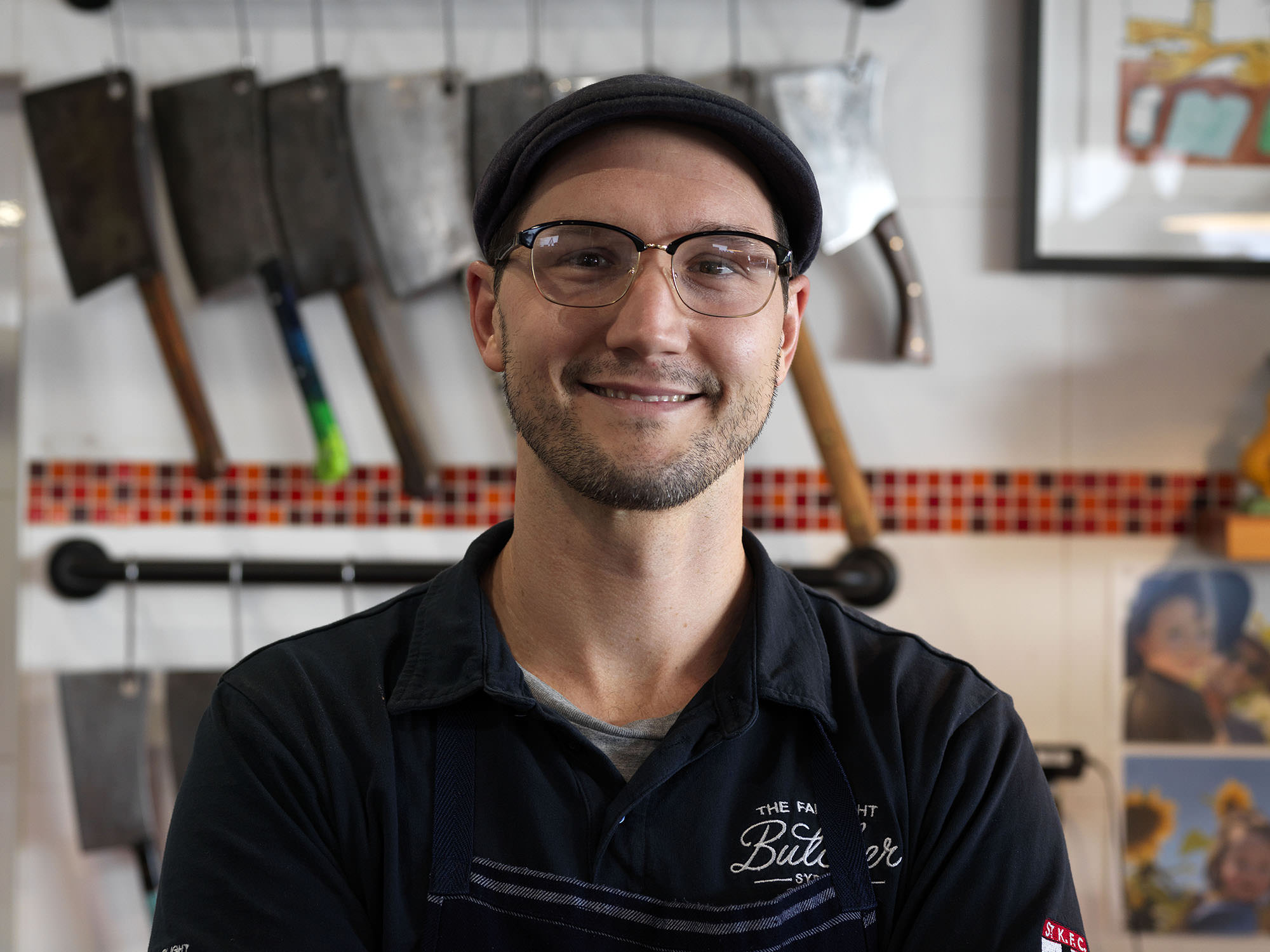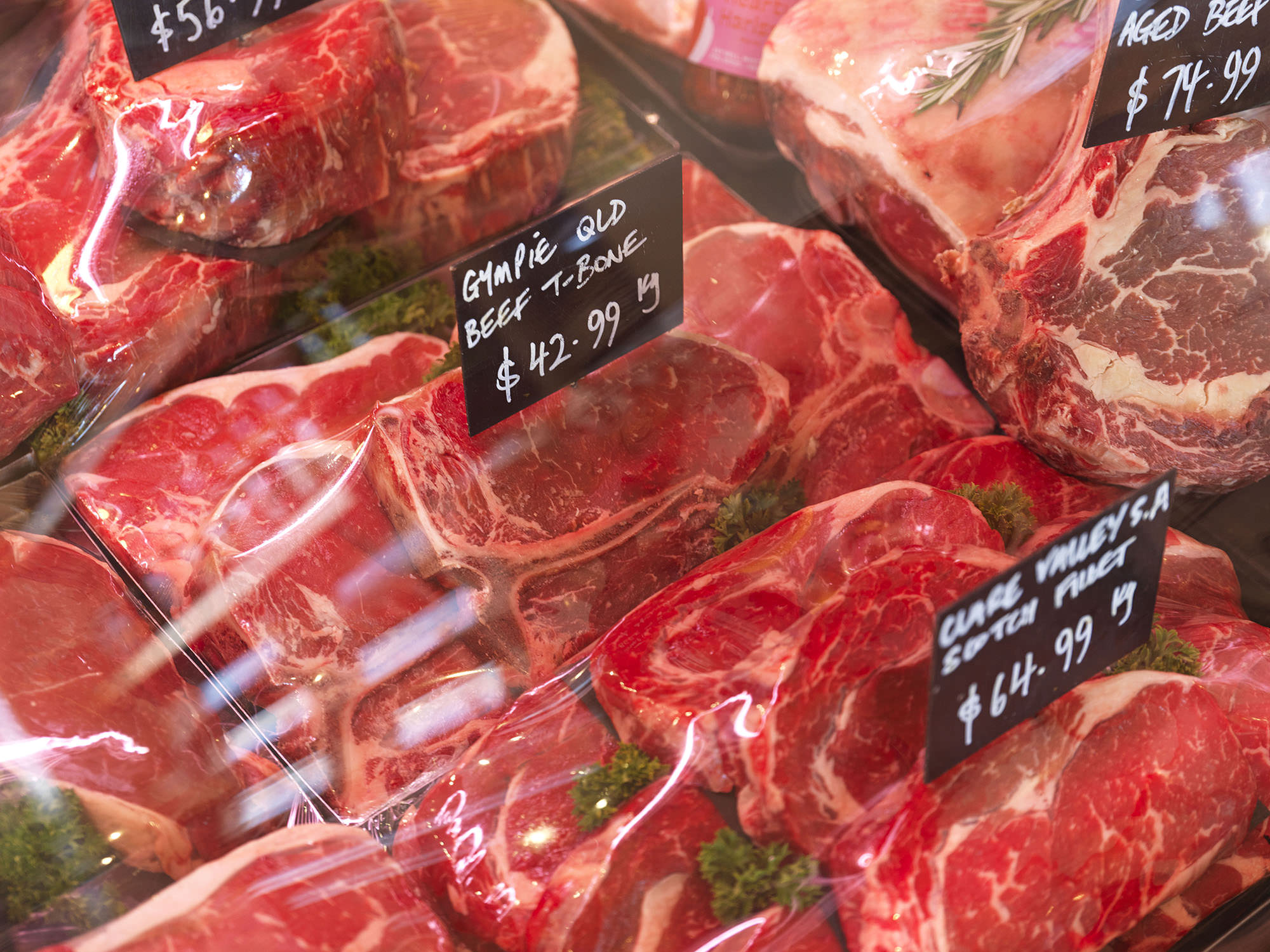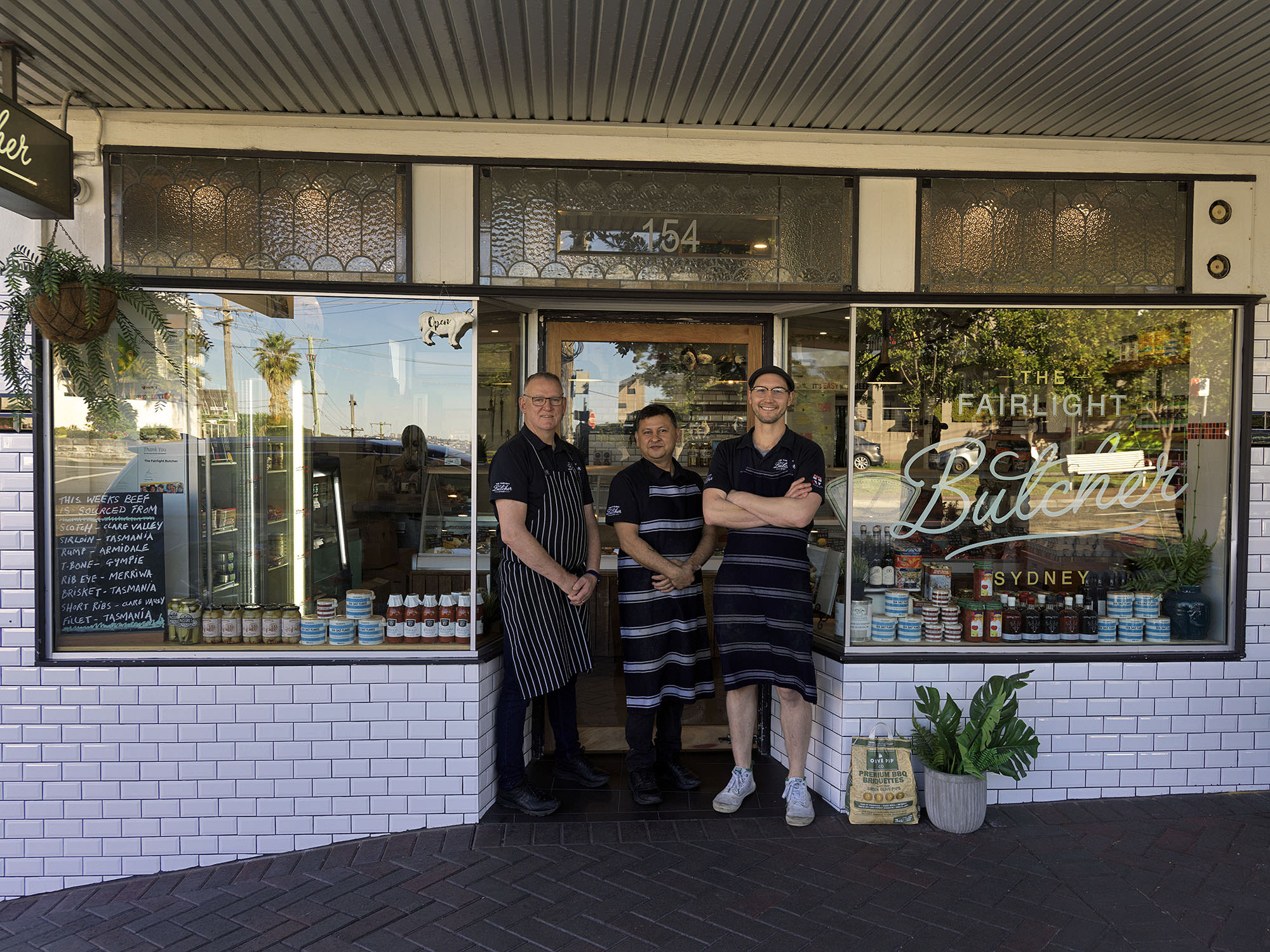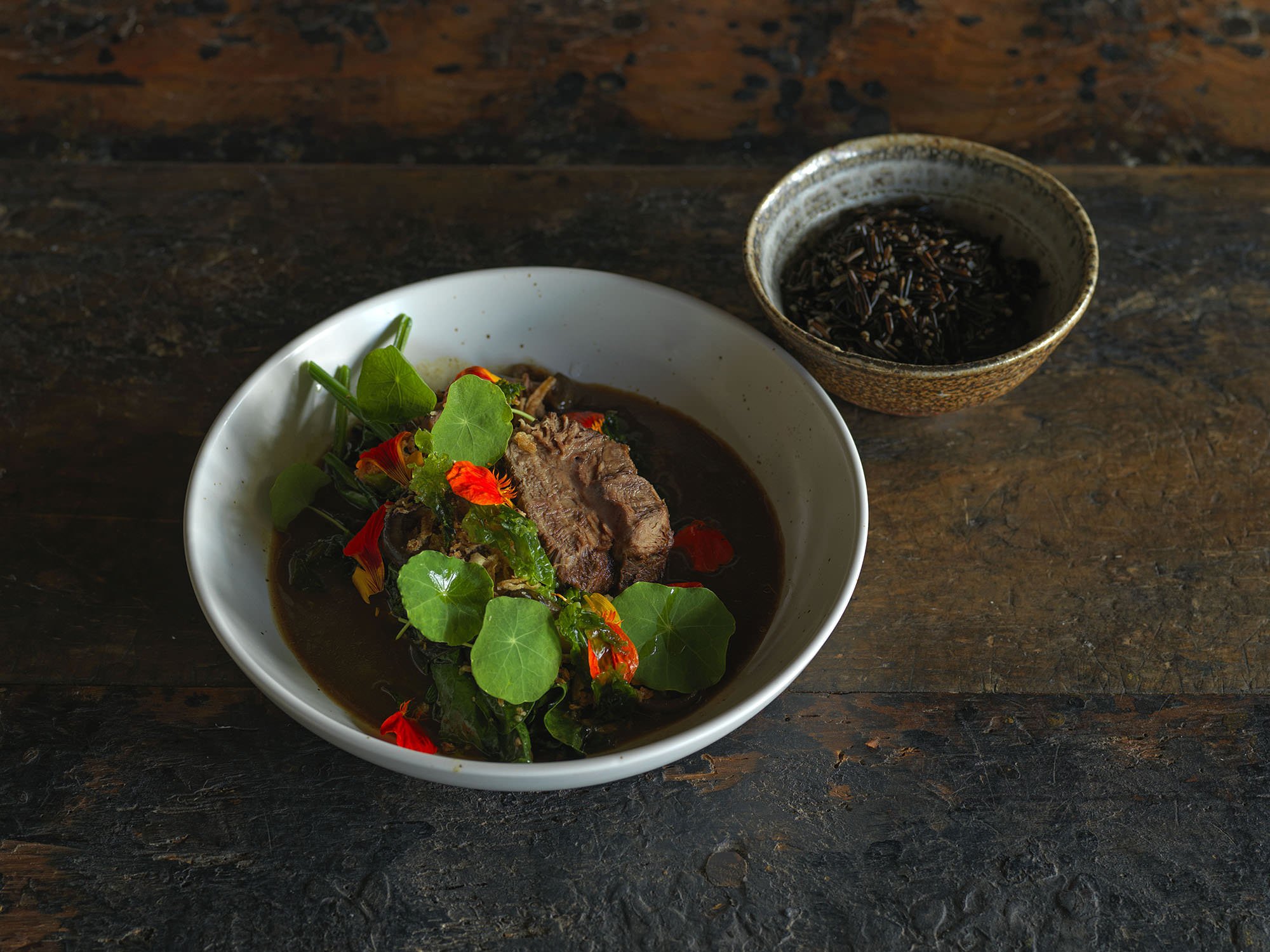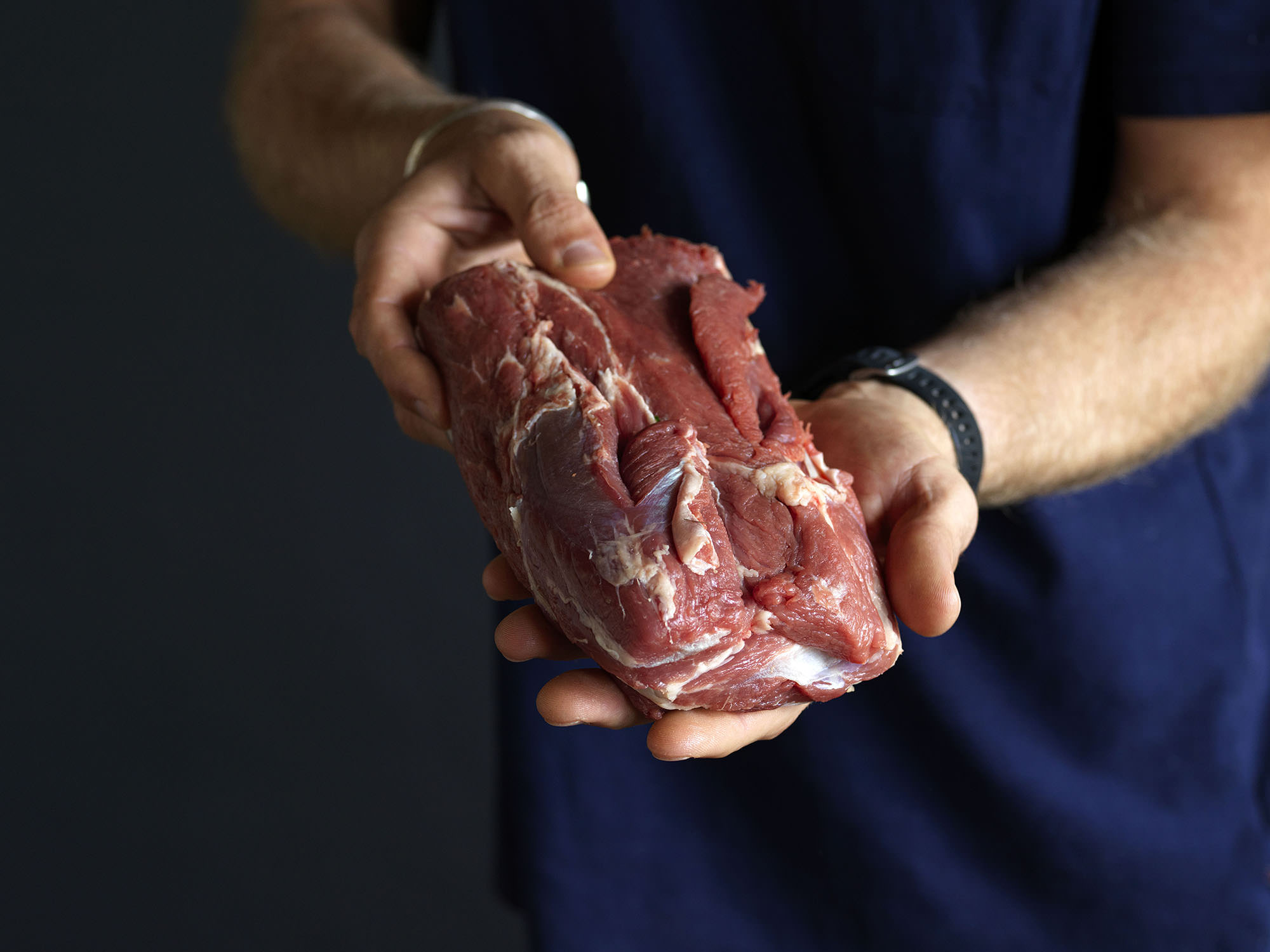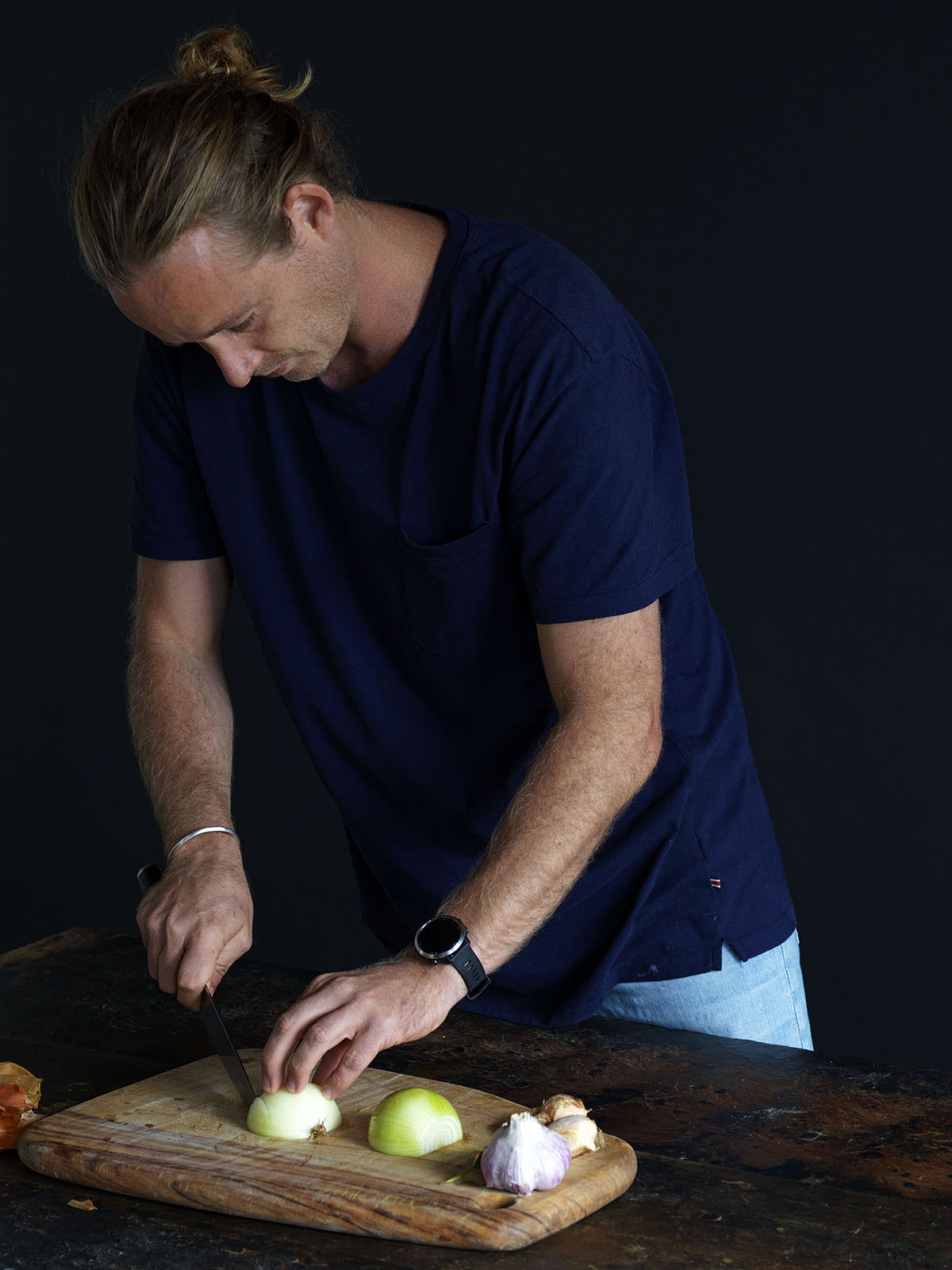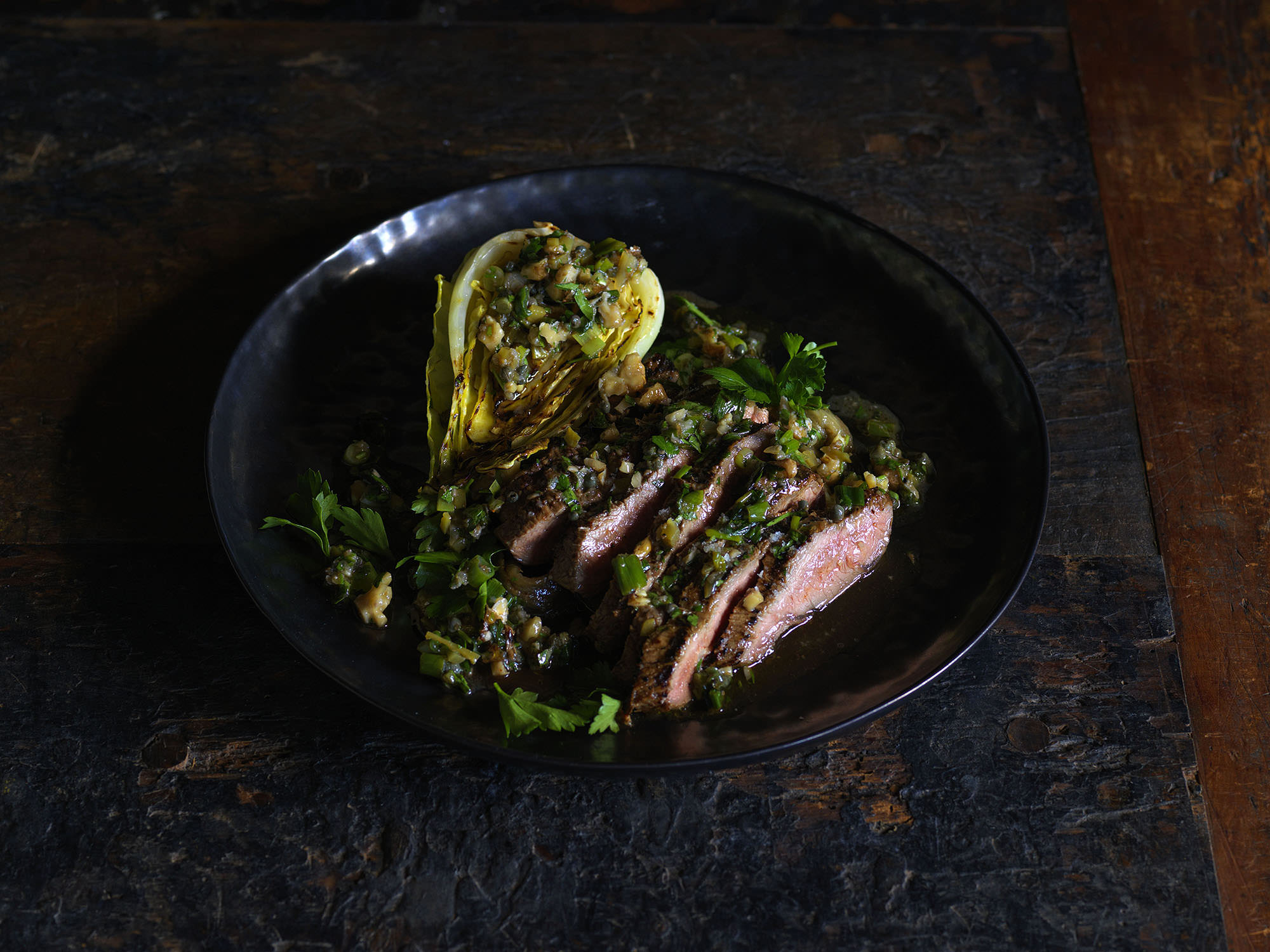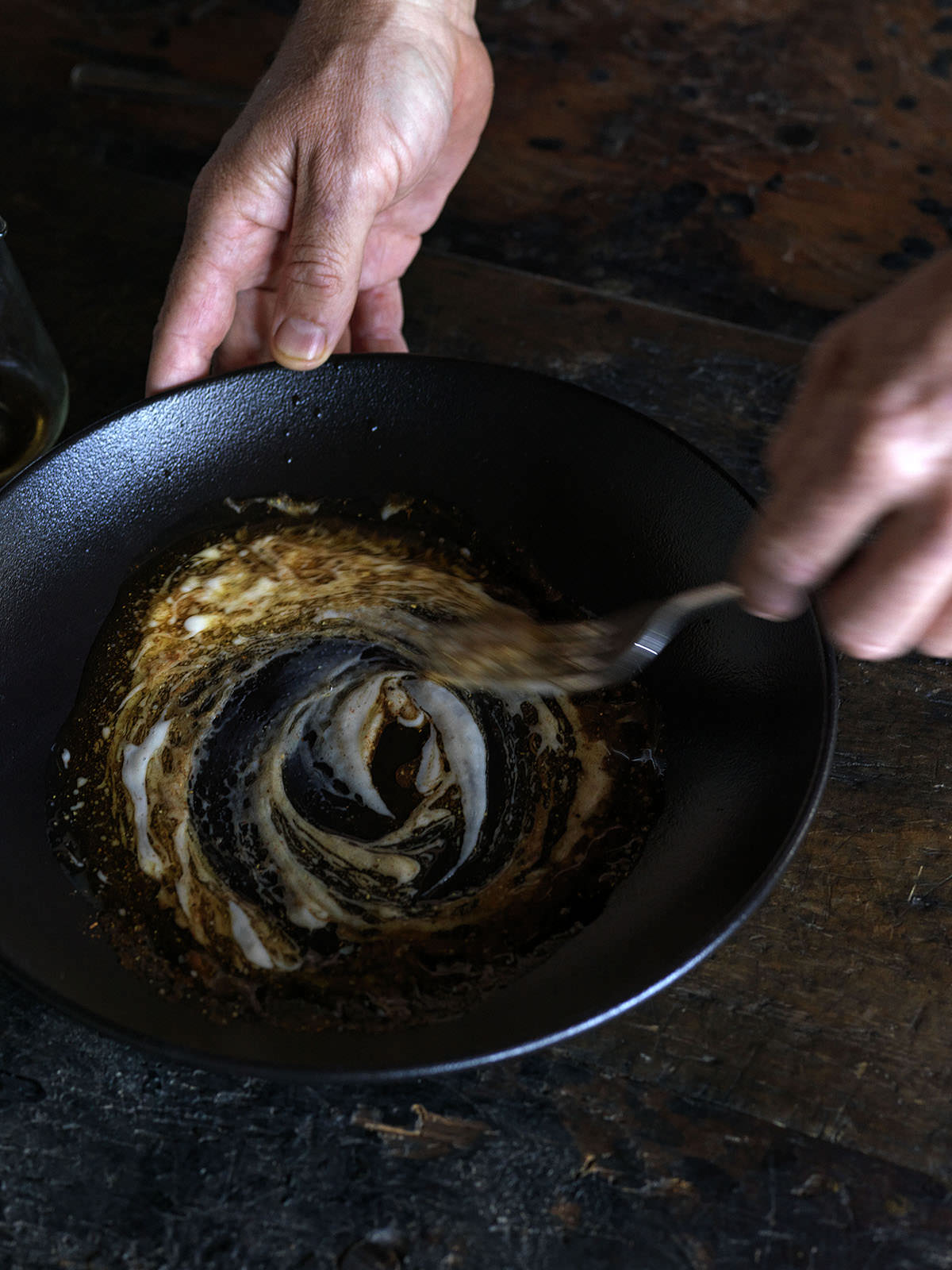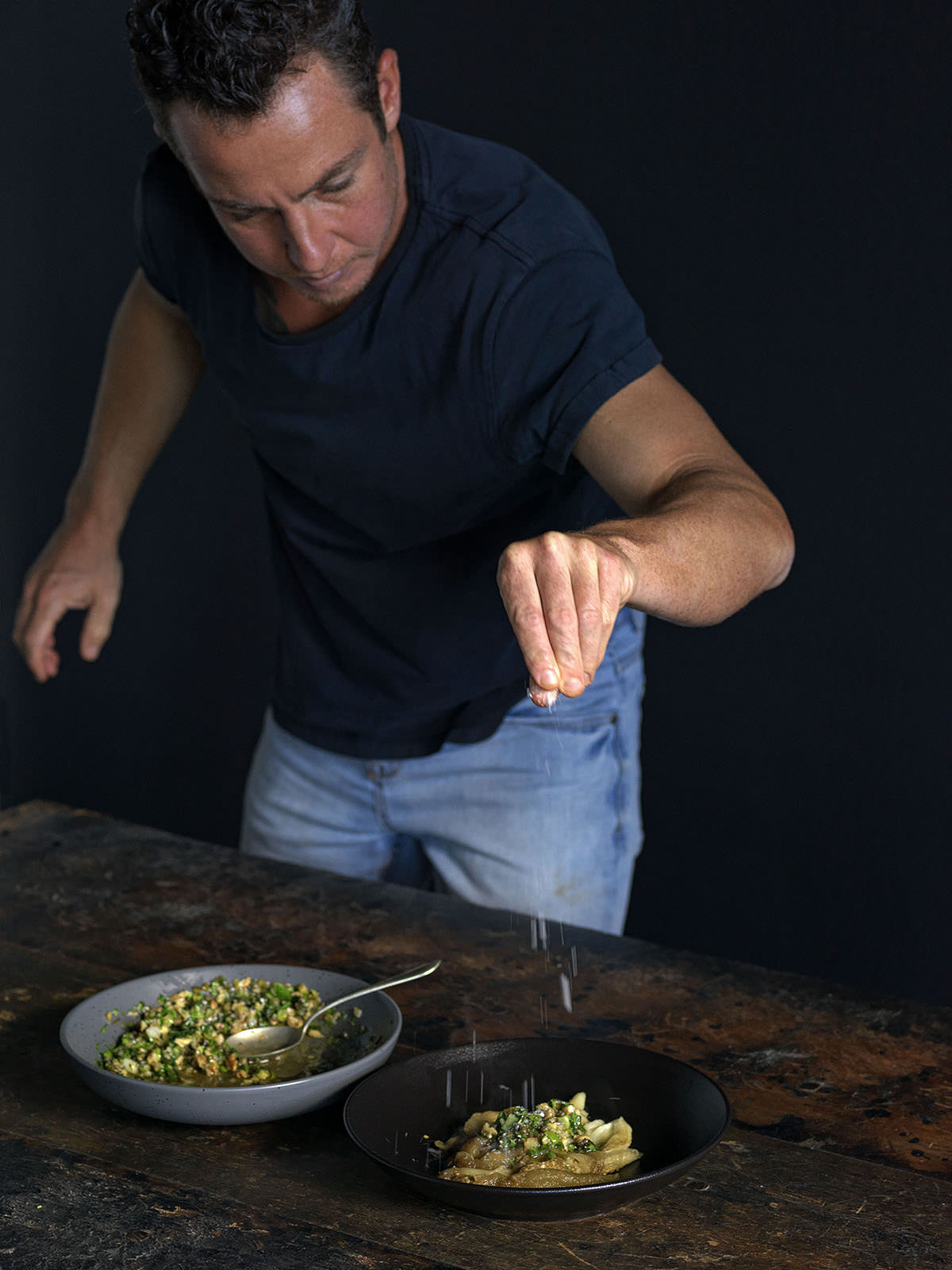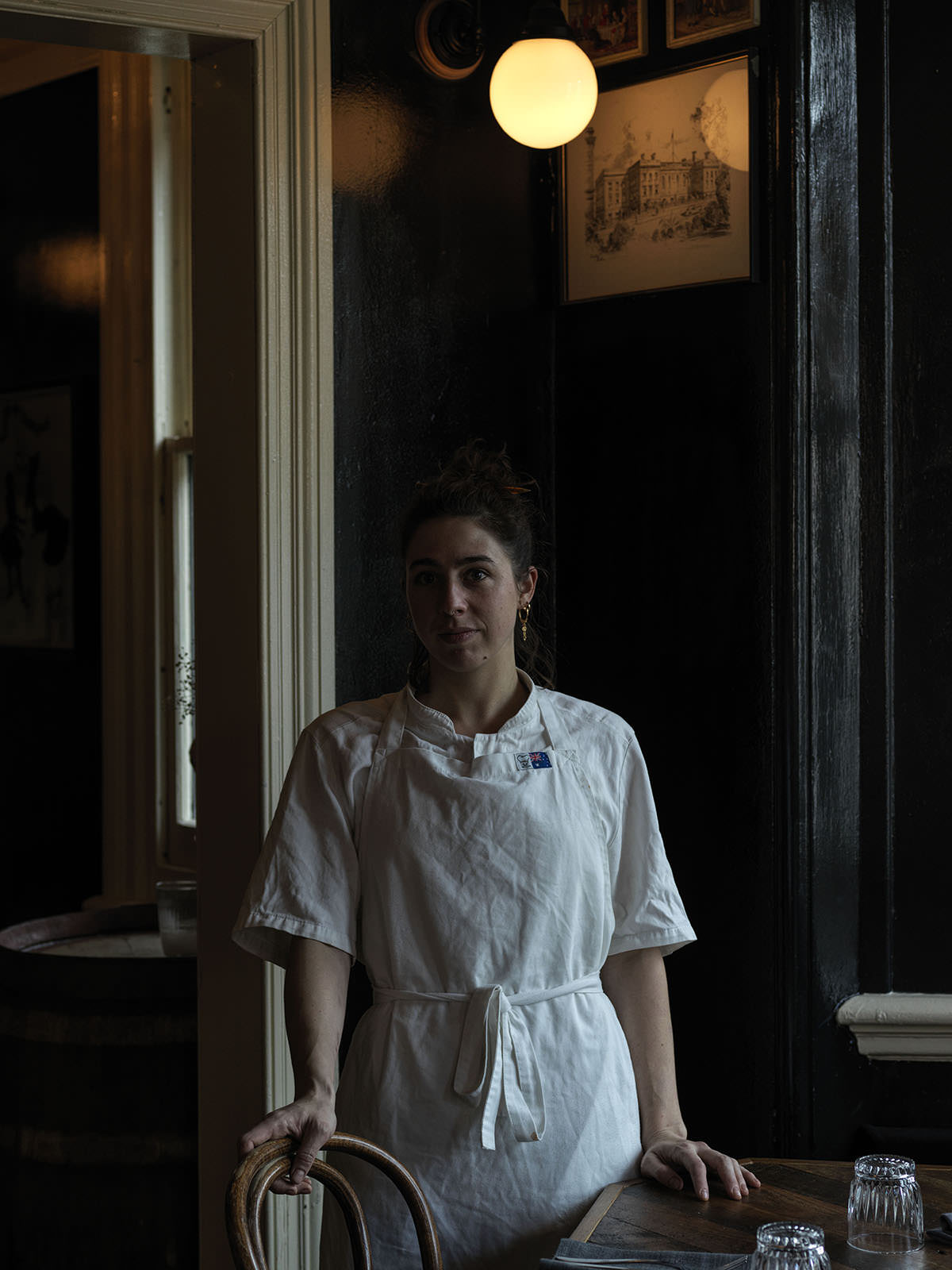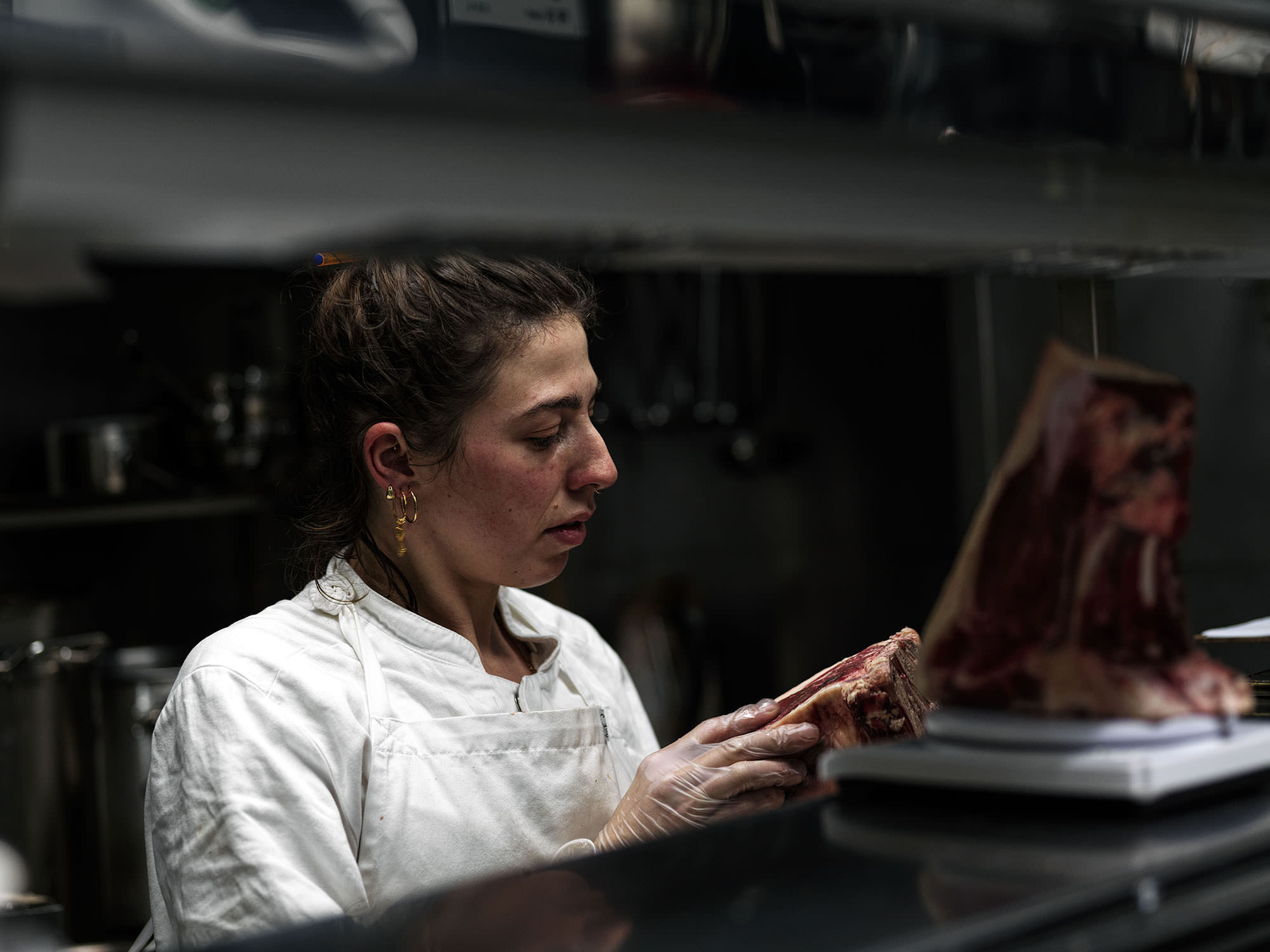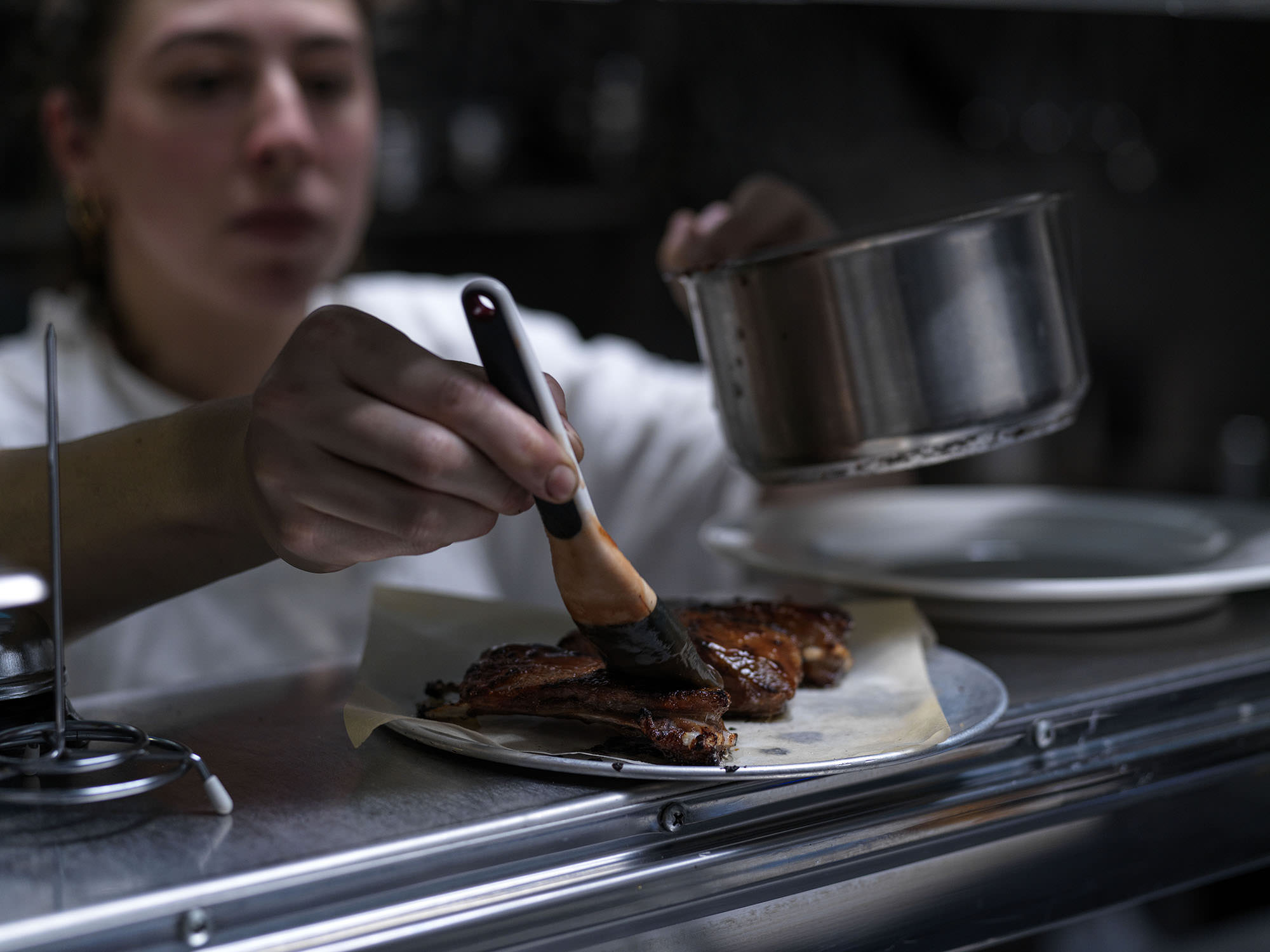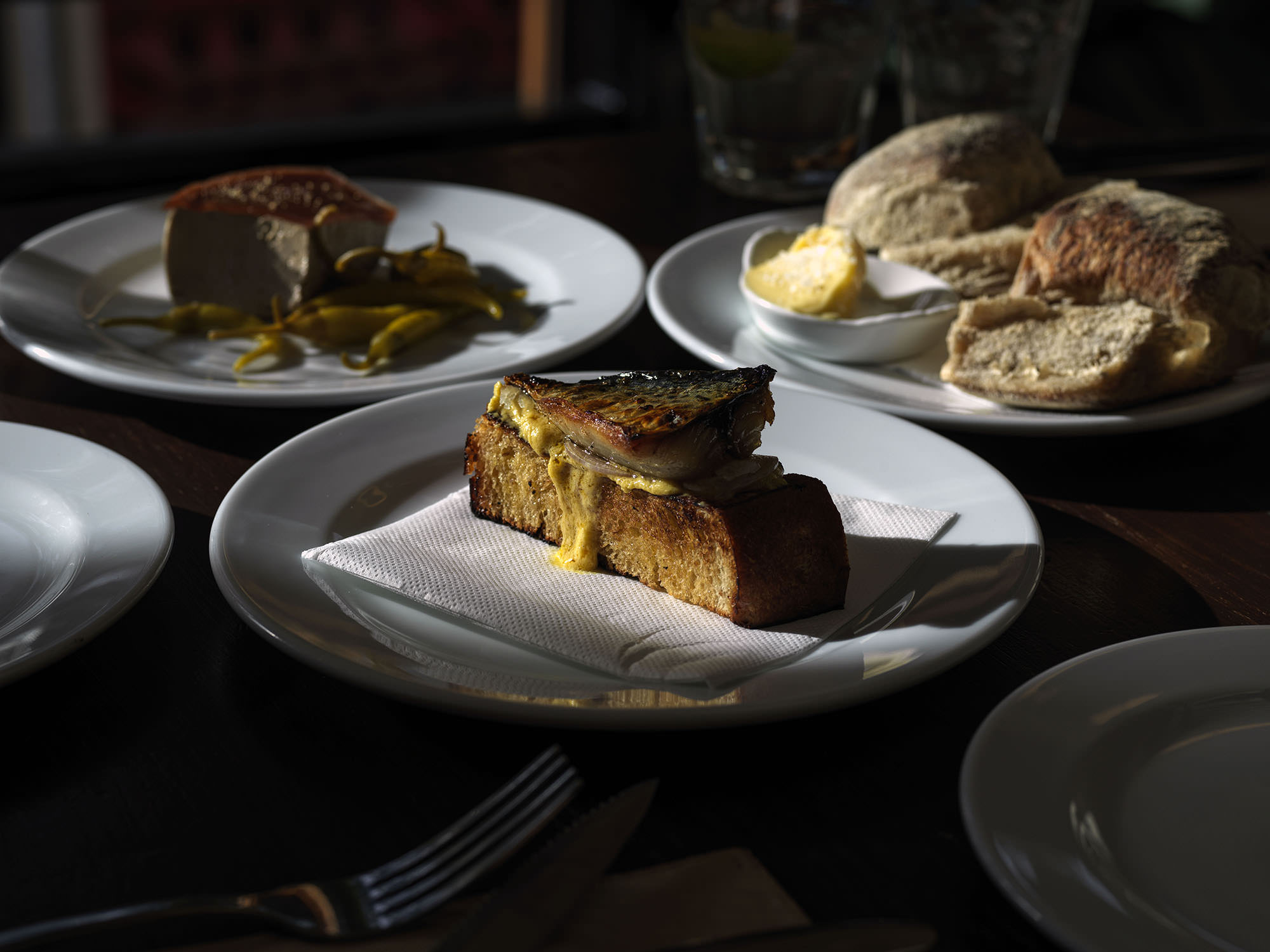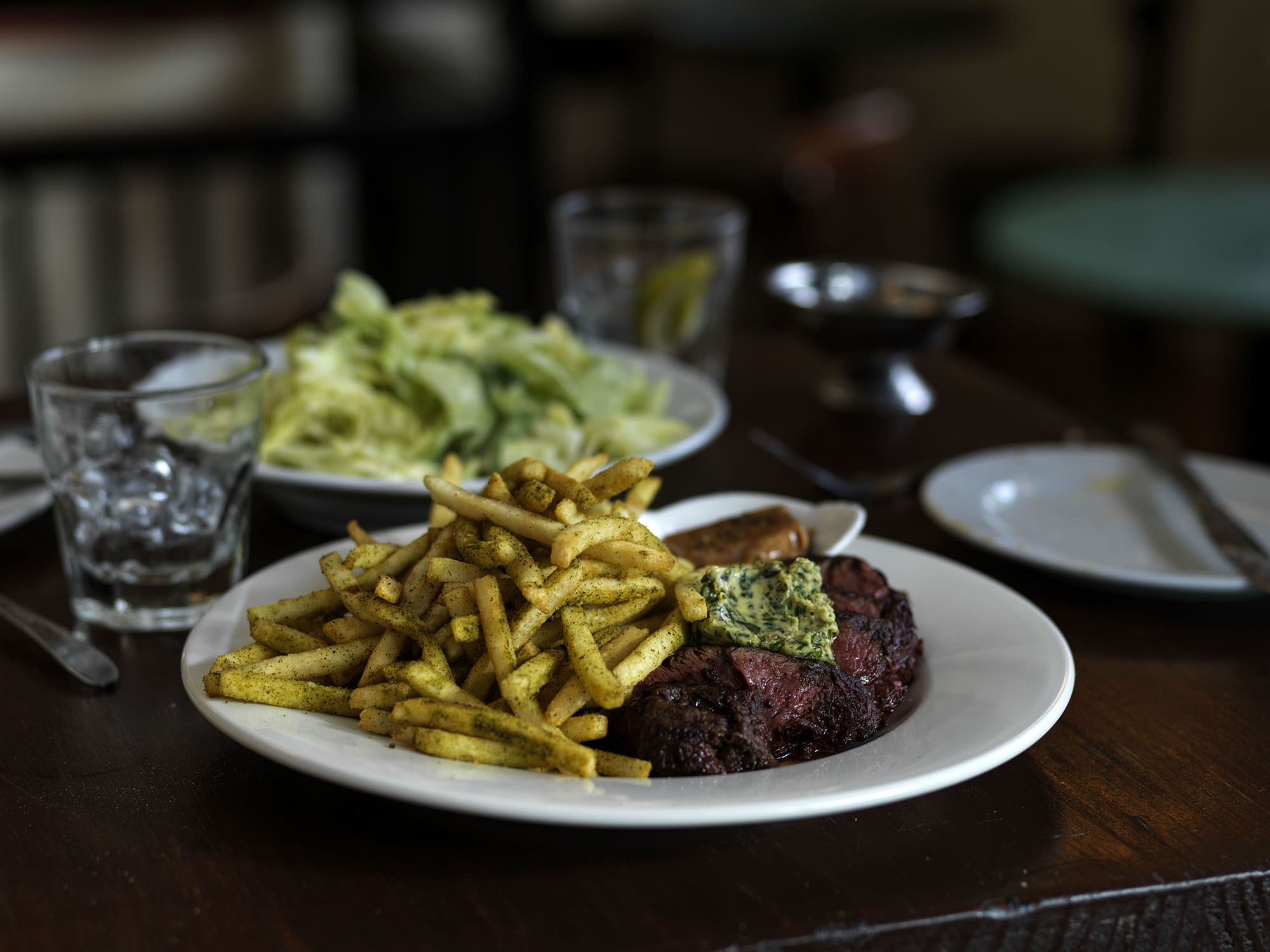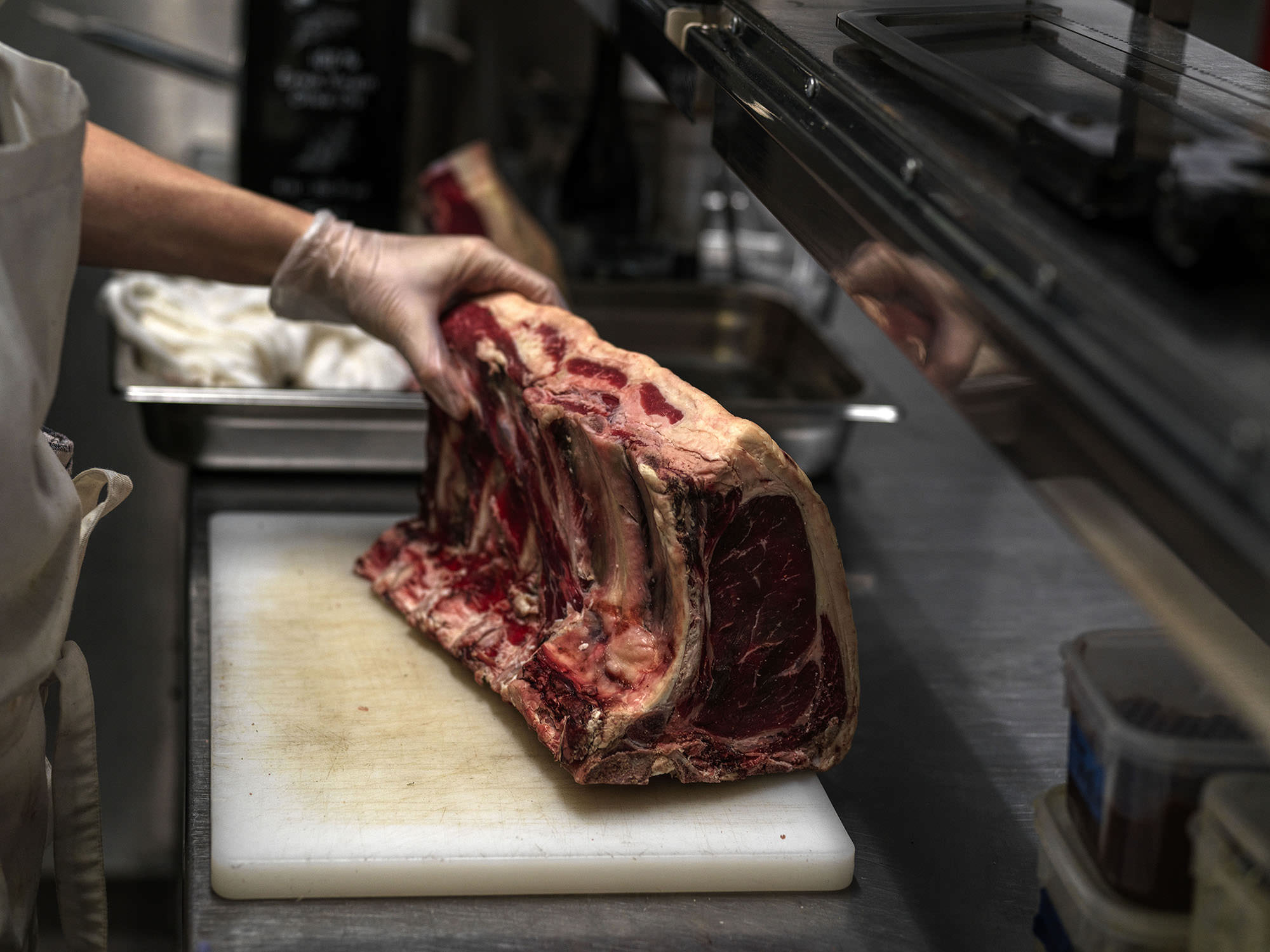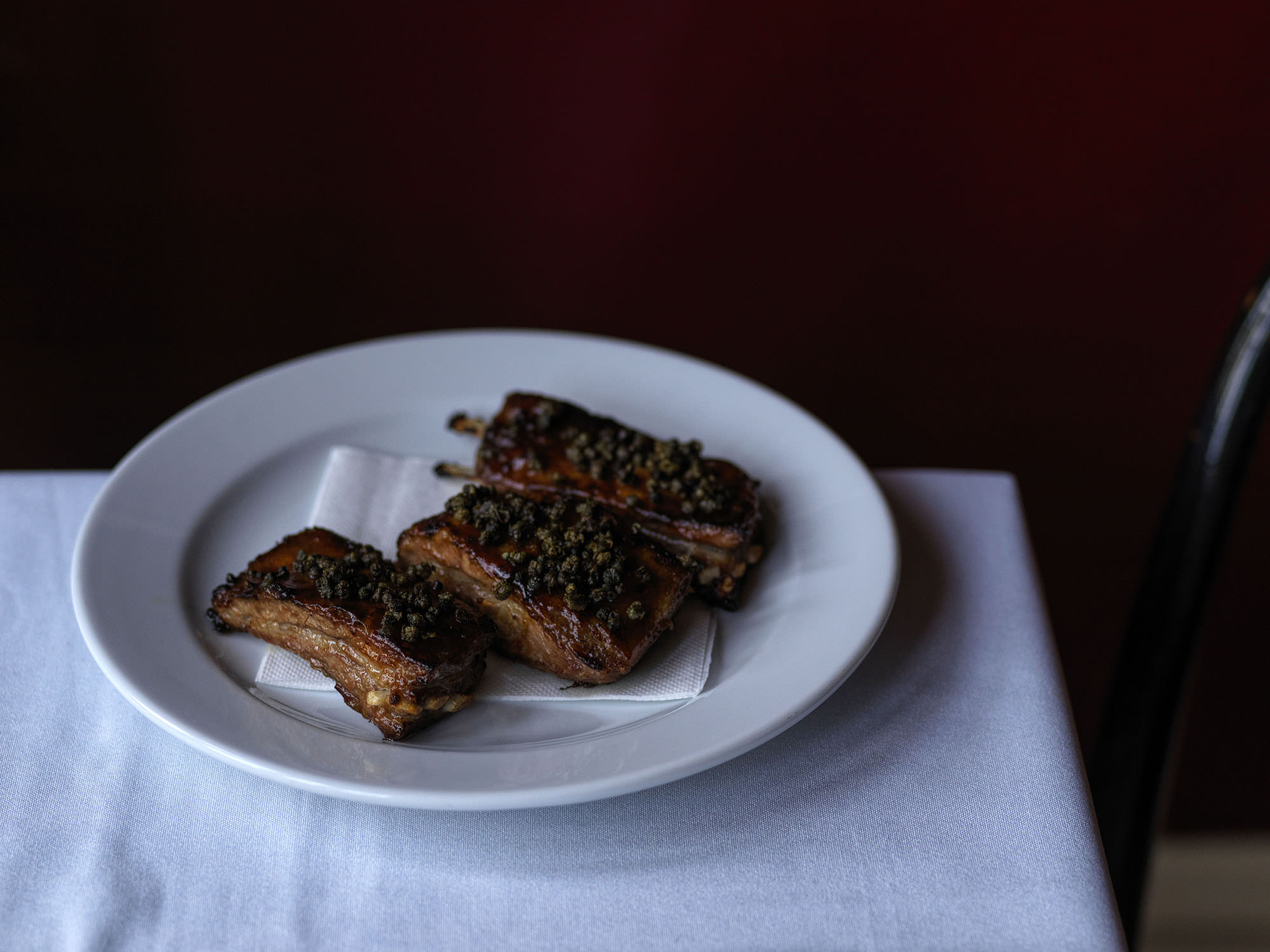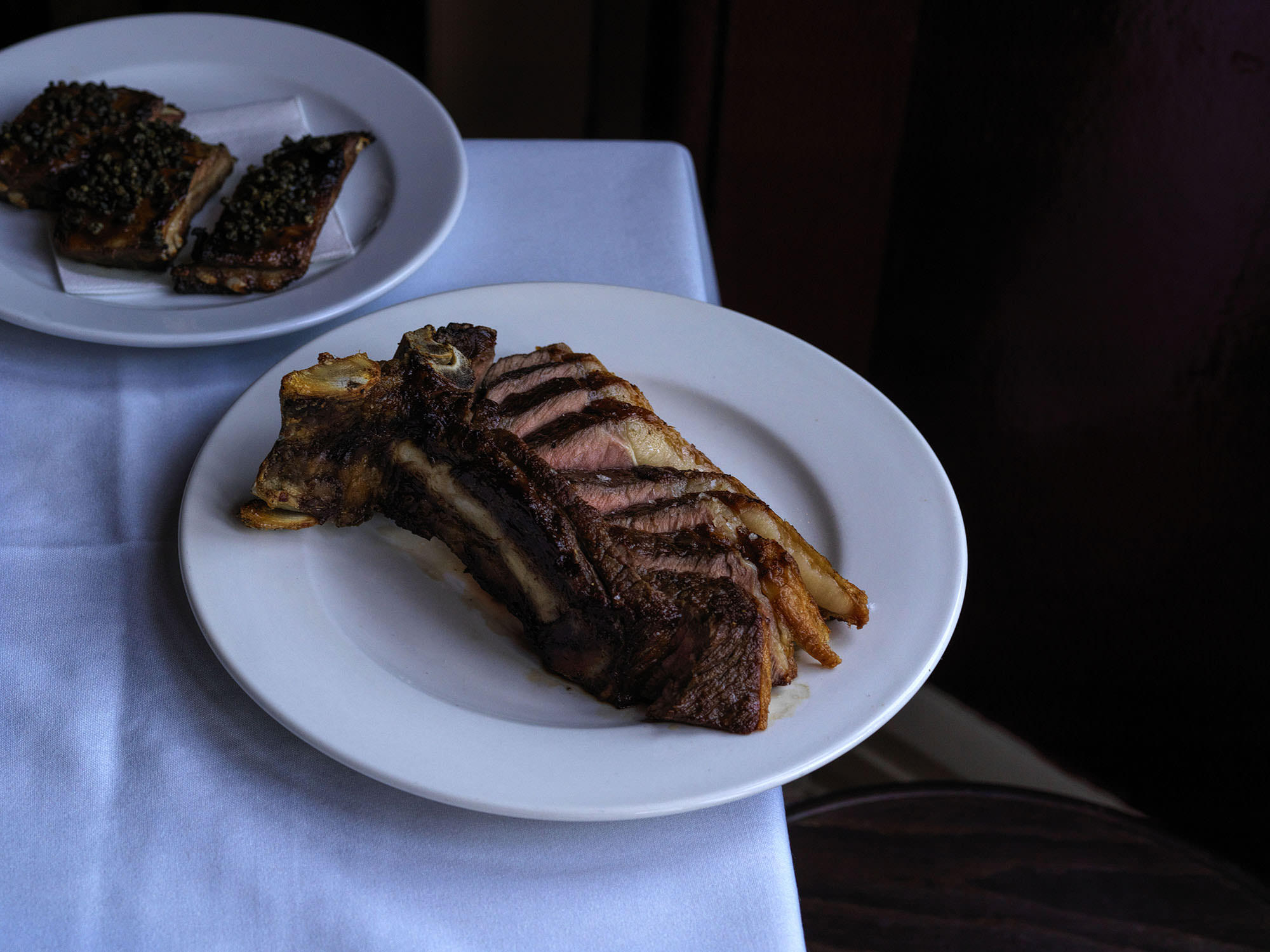Editor’s
Letter
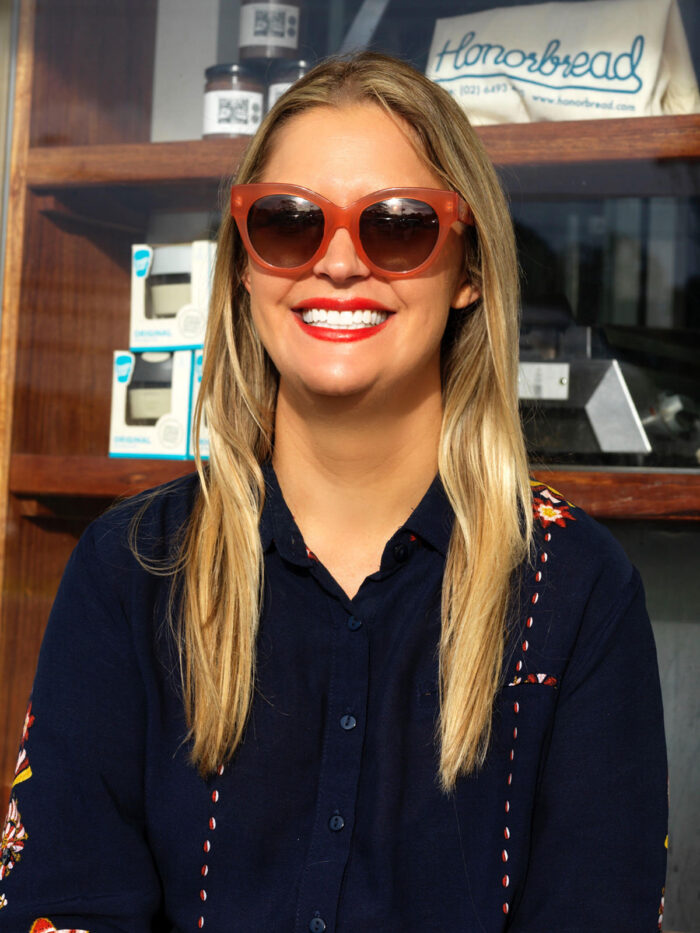
Australian Beef – the Official Team Partner of the Australian Olympic and Paralympic teams for Tokyo 2020. Hold on. Make that Tokyo 2021. Either way, Australian Beef will be feeding the greatness of our Aussie sporting heroes when they finally take on the world at the Tokyo Olympic Games.
And so in this issue, we explore the theme of greatness – from one of the all time greats of the Australian culinary scene to the emerging greatness of the 2020 Josephine Pignolet Young Chef of the Year. Innovative producers finding ways to hero their older cattle who have provided much greatness through their lives; and the everyday extraordinary greatness of Australian beef on the menu.
Pat Nourse profiles the great Karen Martini who has recently opened a high-profile new restaurant aptly named Hero. Pat writes “It’s not a sprint, they tell you, it’s a marathon. But in professional cooking it can be both. Starting work in restaurants when she was 15 years old, Martini was quick off the blocks, putting in the hours in one of the most demanding kitchens in Victoria, and leaping into her first head chef role at just 20. But these achievements were only the beginning of a career marked by sustained performance and a willingness to forge her own path.”
In our Young Guns section, I chat with Anna Ugarte, the humble 2020 recipient of the industry’s most coveted young chef award – an award that has recognised many of the greats in the cheffing community. Anna talks candidly about the challenges of her first head chef role and her journey working with some of the country’s, and the world’s, greatest chefs.
Mark Best delves into the emerging use of mature-aged beef. An age-old tradition in Europe and particularly the Basque region of Spain, Australian producers and chefs are beginning to see the potential of teaching an old cow new tricks.
Our Cut Two Ways showcases the greatness of oyster blade in the hands of Guy Turland and Tom Walton, two chefs passionately driven by the creation of wholesome, nutritious and delicious meals. The boys show us that a healthy balanced meal doesn’t have to be boring – especially when you’ve got Australian beef to play with.
Finally, Myffy Rigby, the fabulous food finding host of What’s Good in the Hood takes on Chatswood in a whirlwind day fueled by beef breakfast noodles, bulgogi beef banh mi, robot hot pot and much much more.
I hope this issue feeds your greatness with inspiration and ideas fueled by Australian beef from paddock to plate.
Mary-Jane Morse
Meat & Livestock Australia
[email protected]
@_raremedium
Copyright: this publication is published by Meat & Livestock Australia Limited ABN 39 081 678 364 (MLA).


